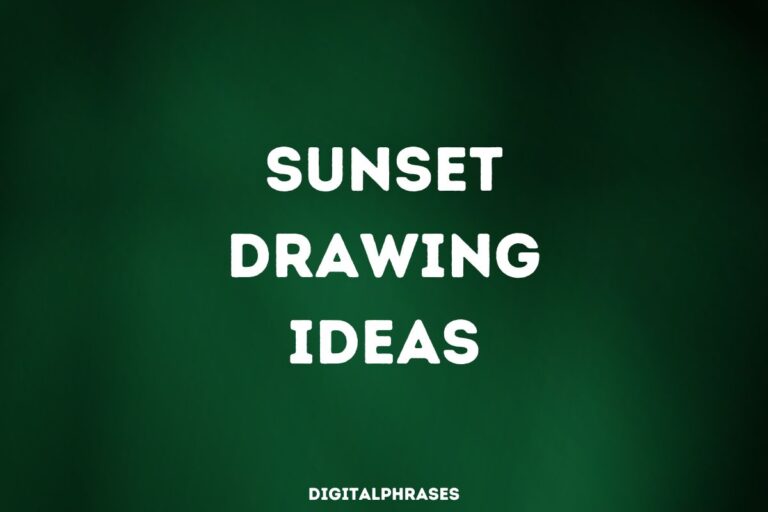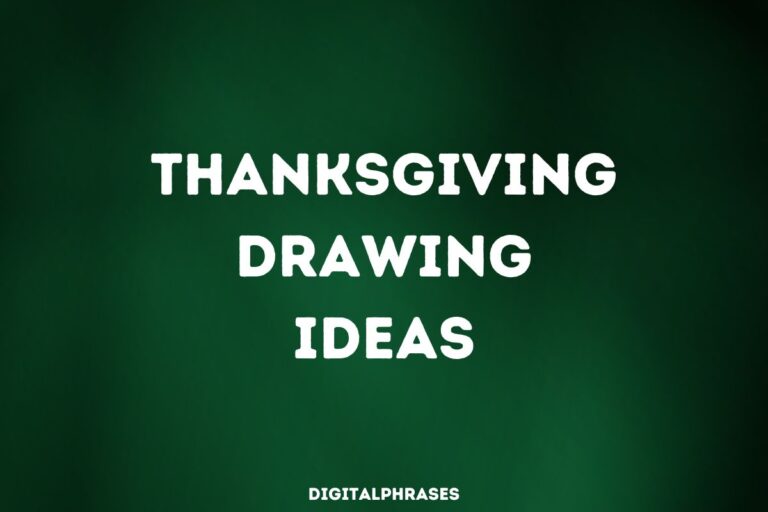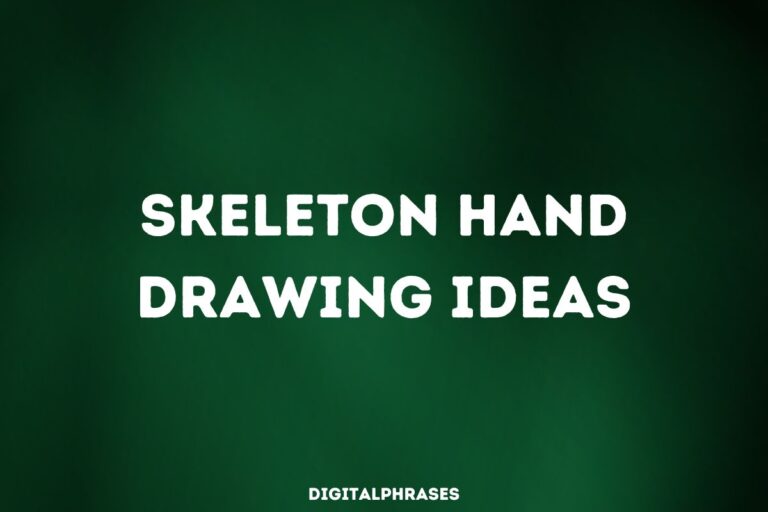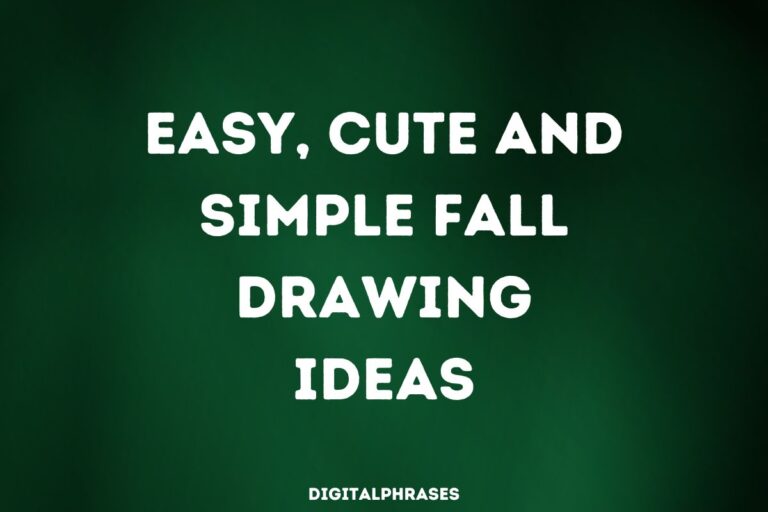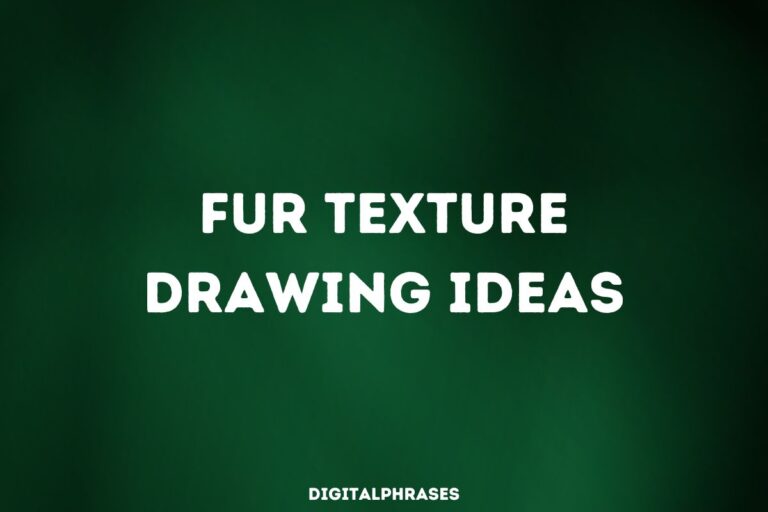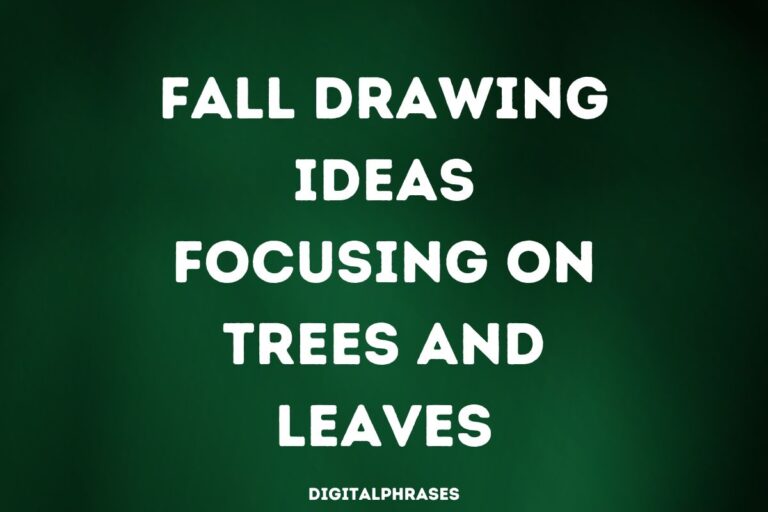100 Drawing Ideas Of Face Portraits
Tired of staring at a blank canvas while trying to draw a person’s face?
Feeling the artistic itch but running dry on inspiration?
Fear not, aspiring artist!
This post is your golden ticket to a world of endless facial features and expressive possibilities.
We’re diving deep into the human face, a masterpiece waiting to be captured.
From subtle smiles to dramatic gazes, we’ve got some amazing ideas to ignite your creativity and elevate your portrait game.
So grab your pencils, pastels, or digital tools – it’s time to make some faces!
Men’s Faces
1
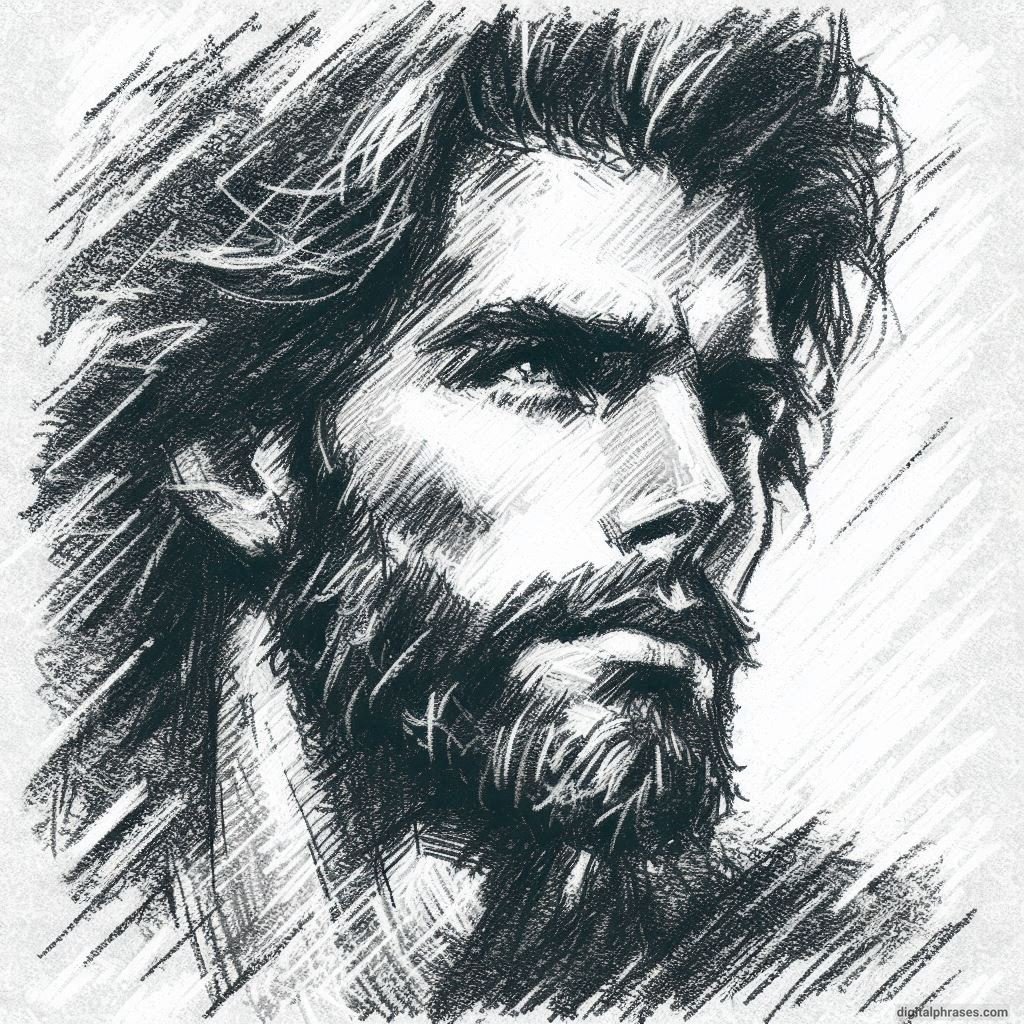
2
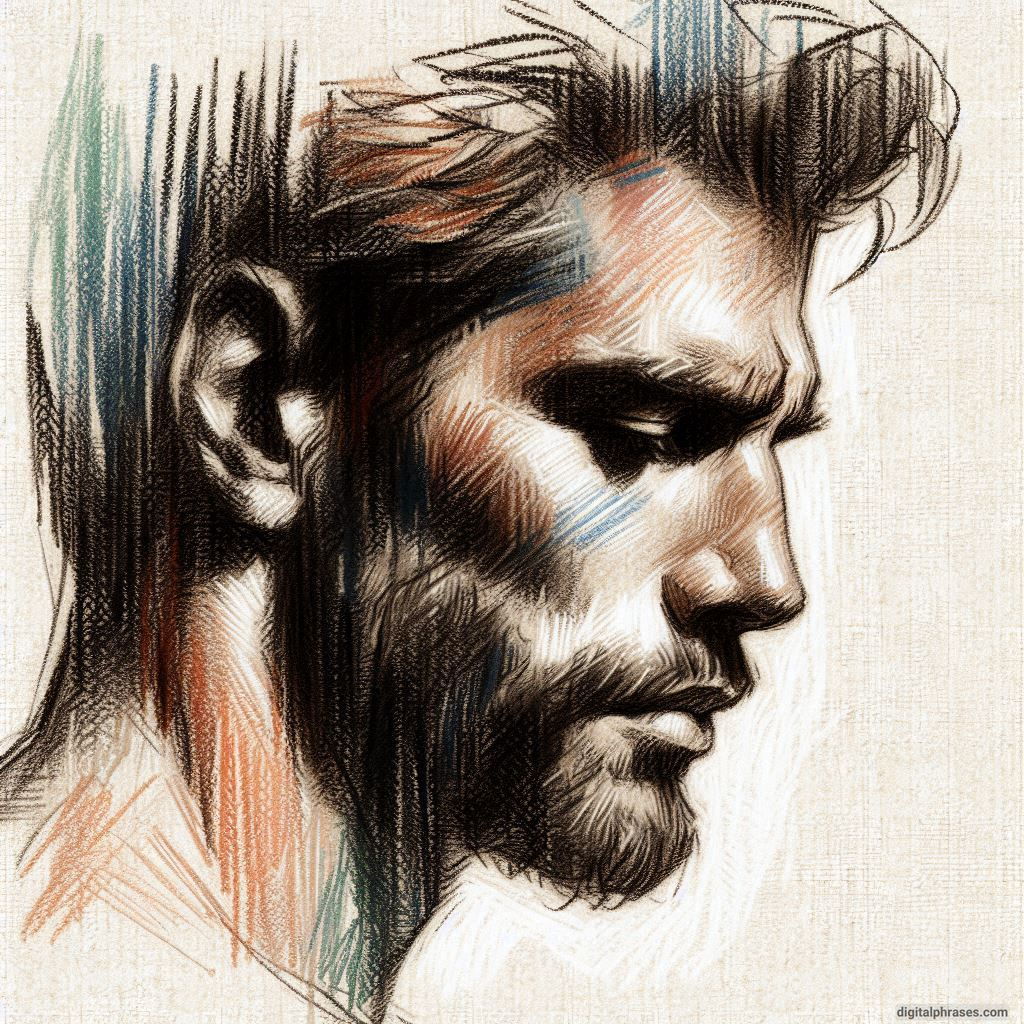
3
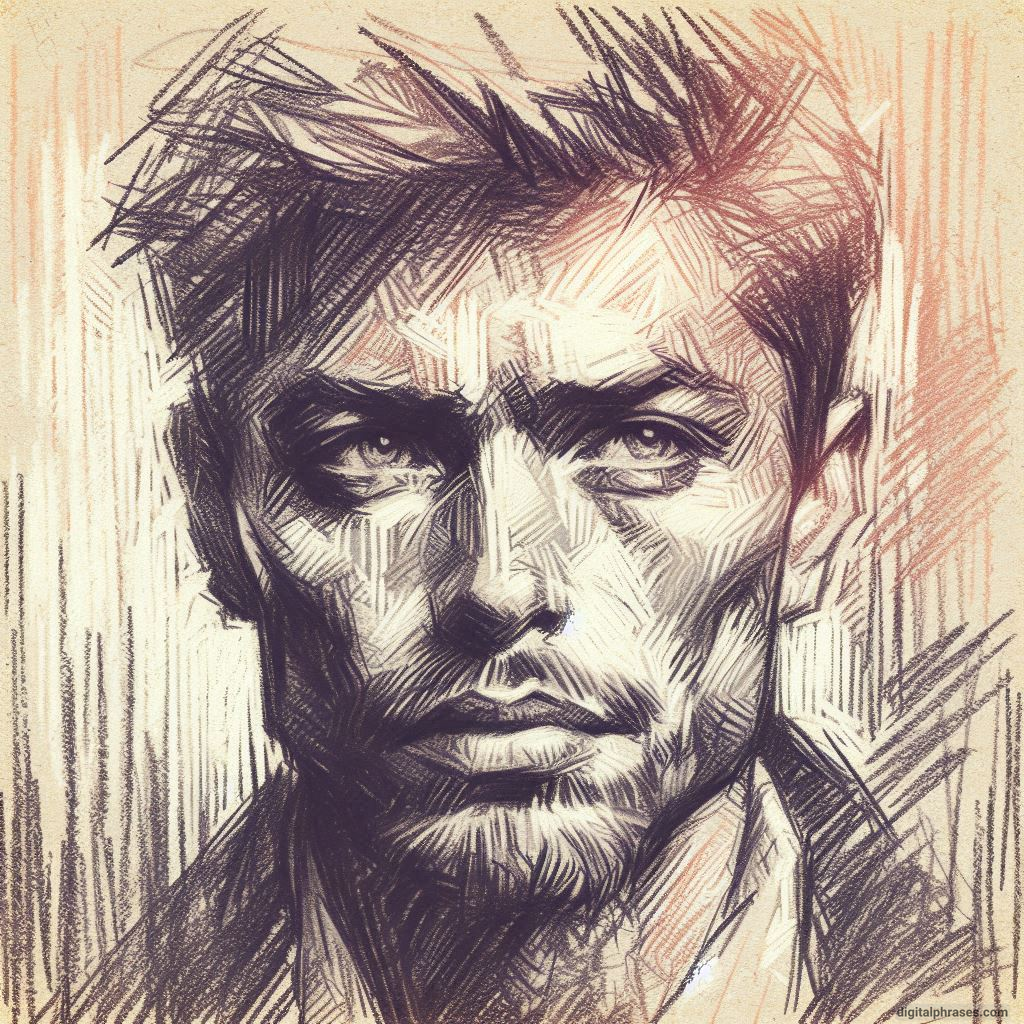
4

5
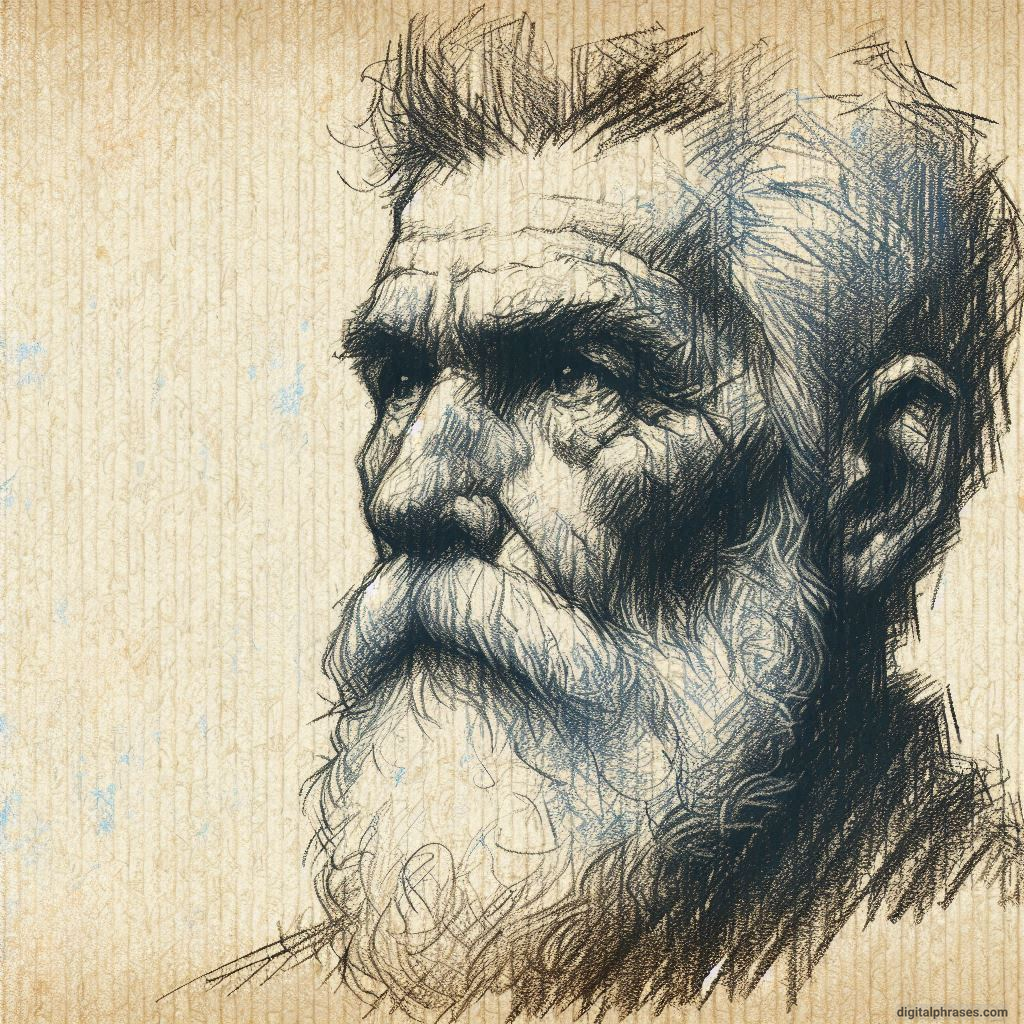
6
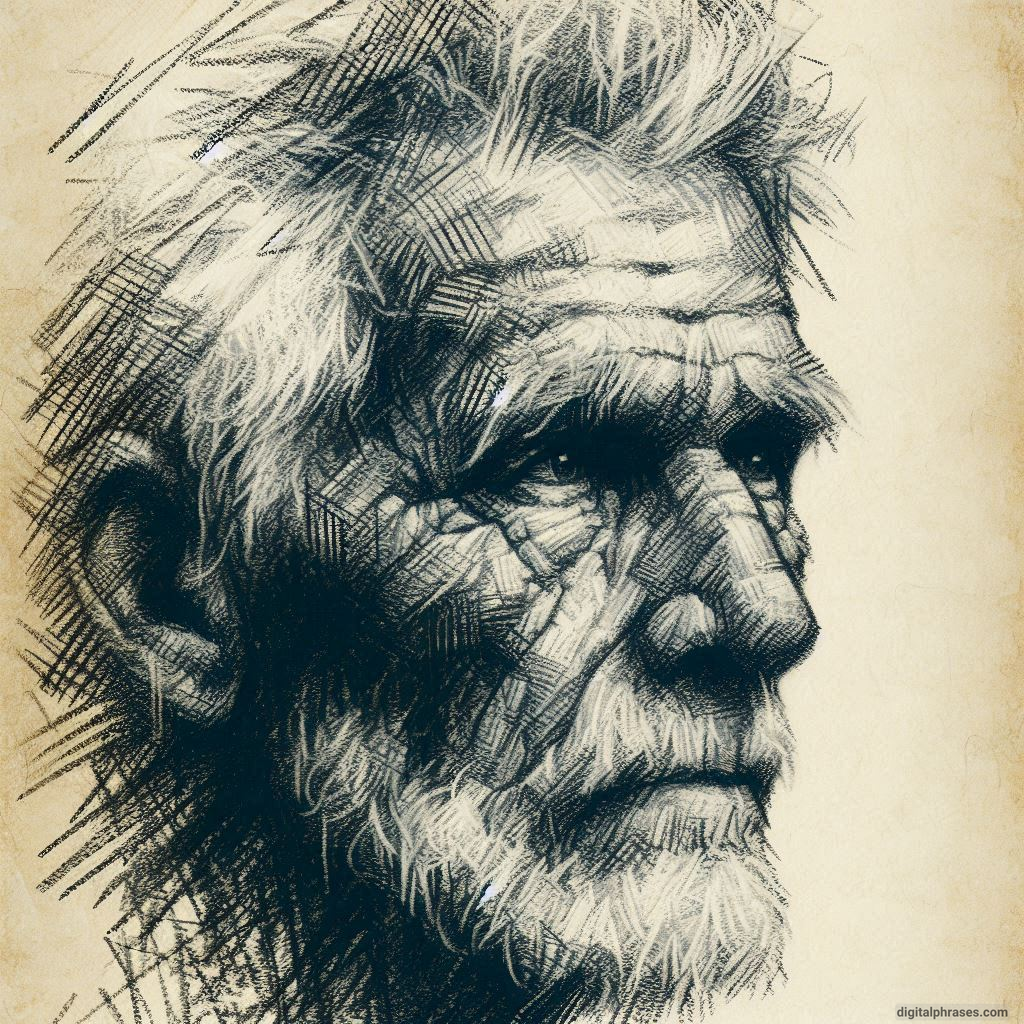
7

8

9
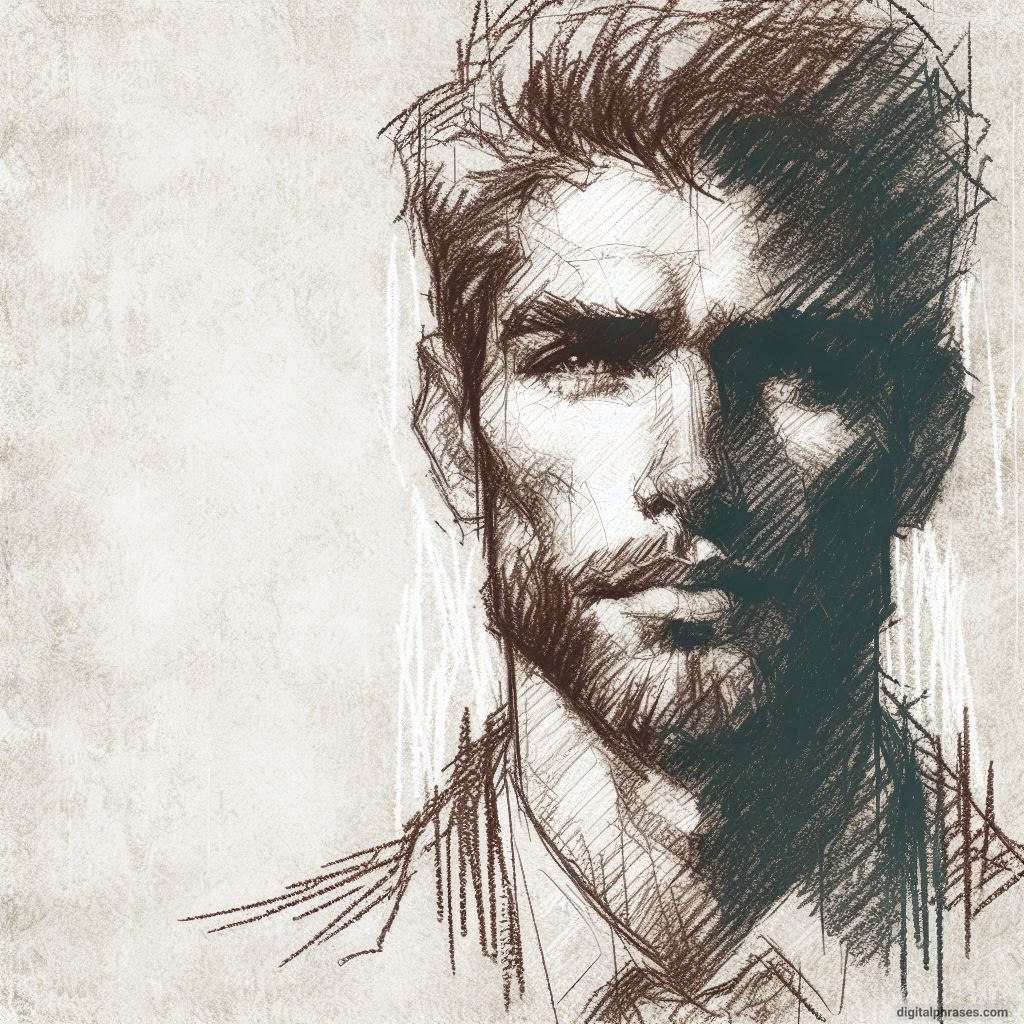
10
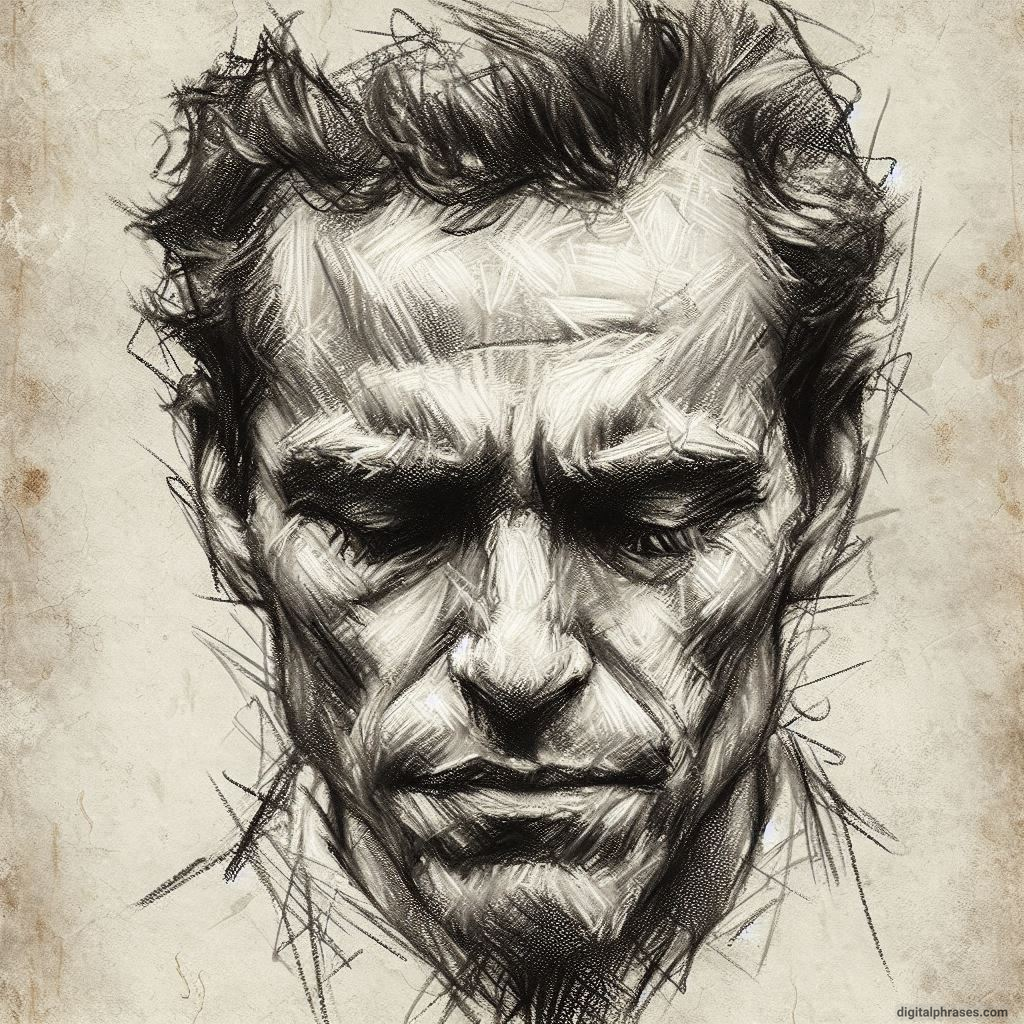
11
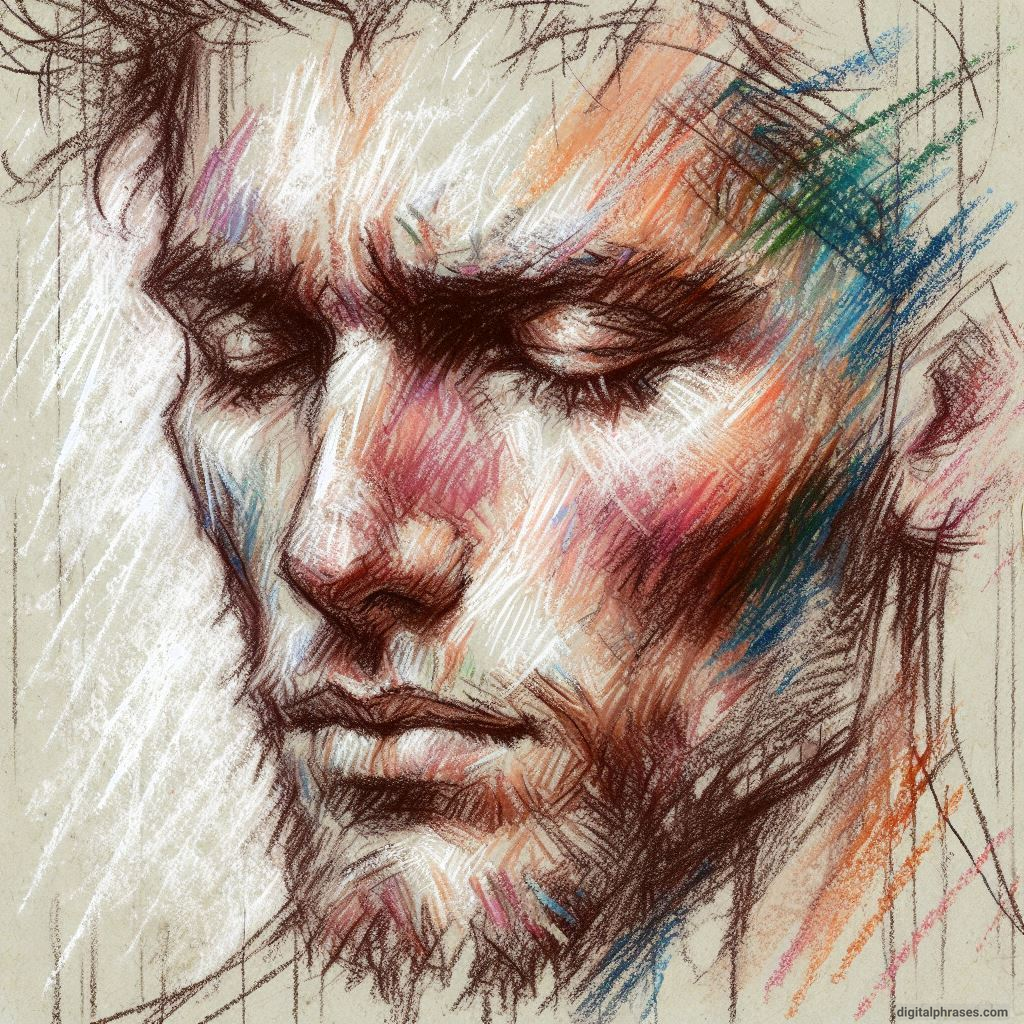
12
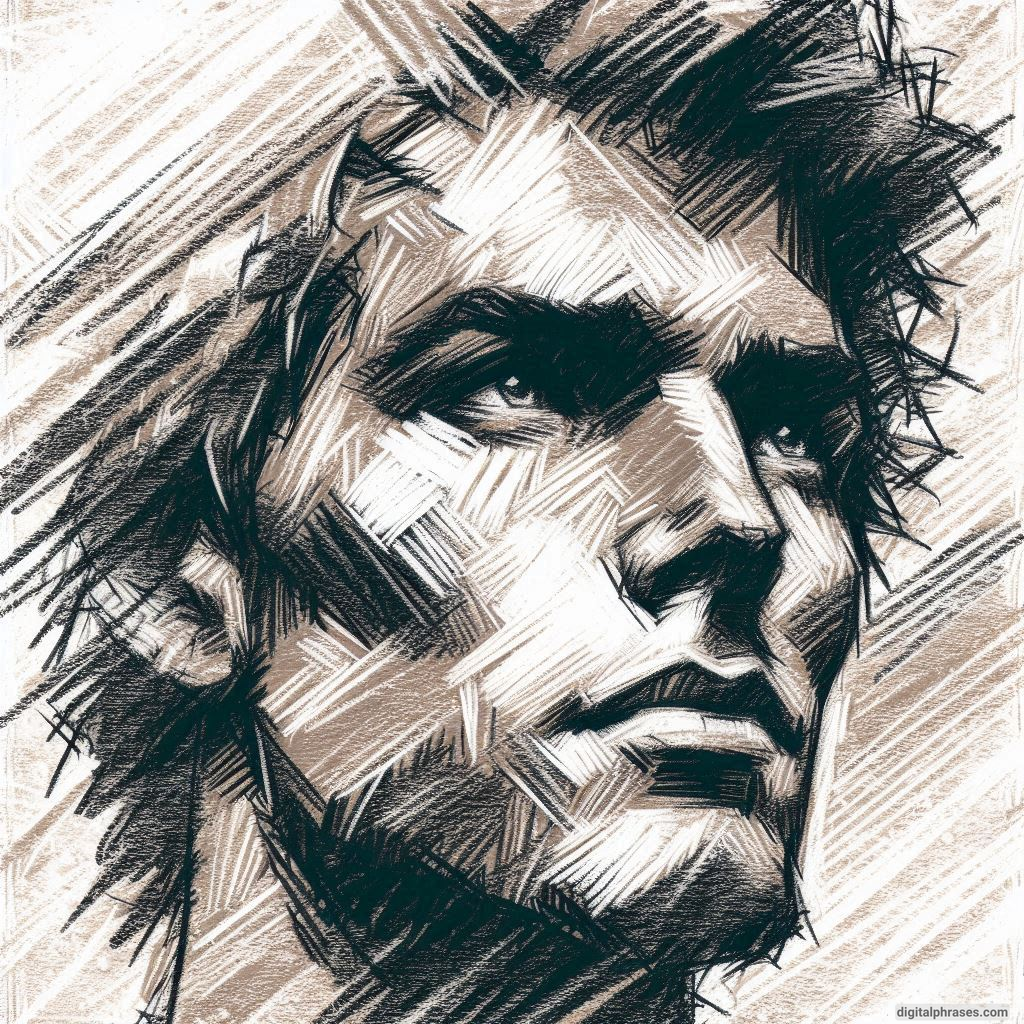
13
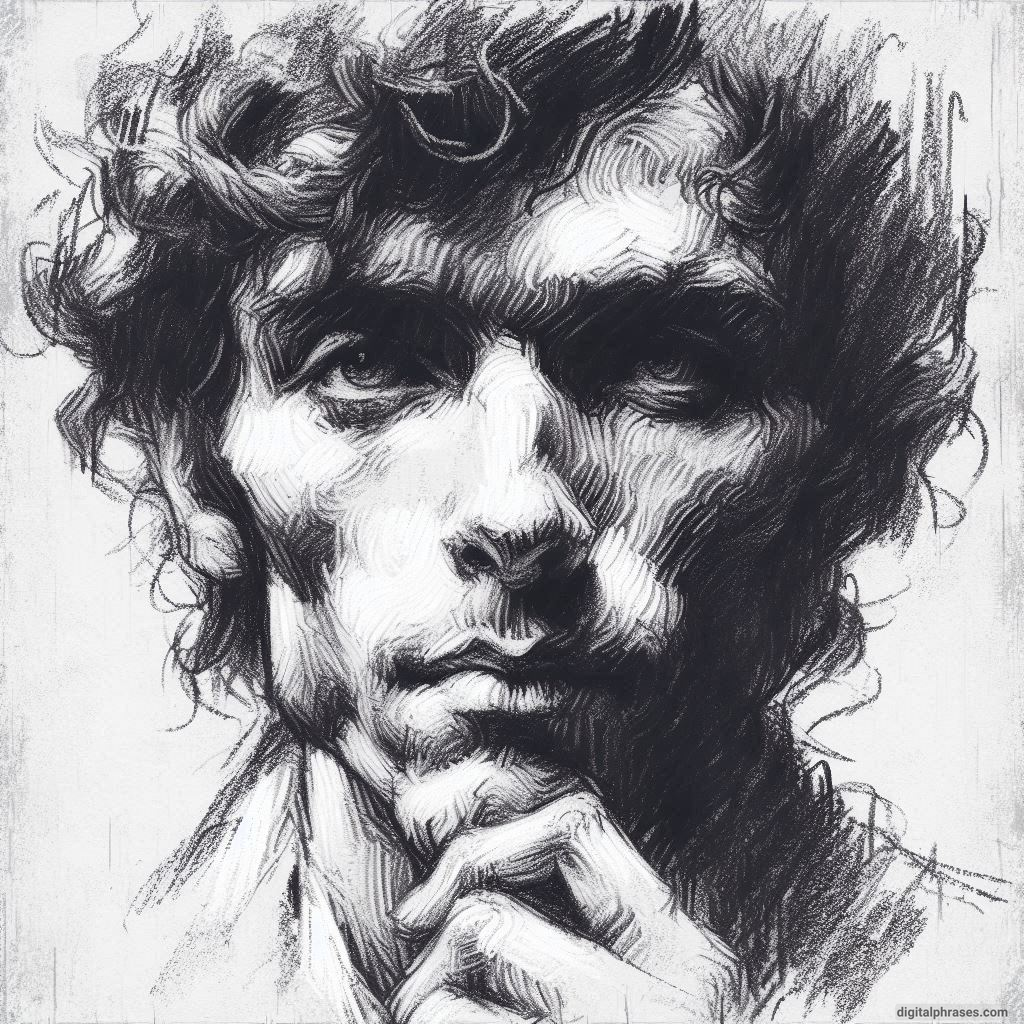
14
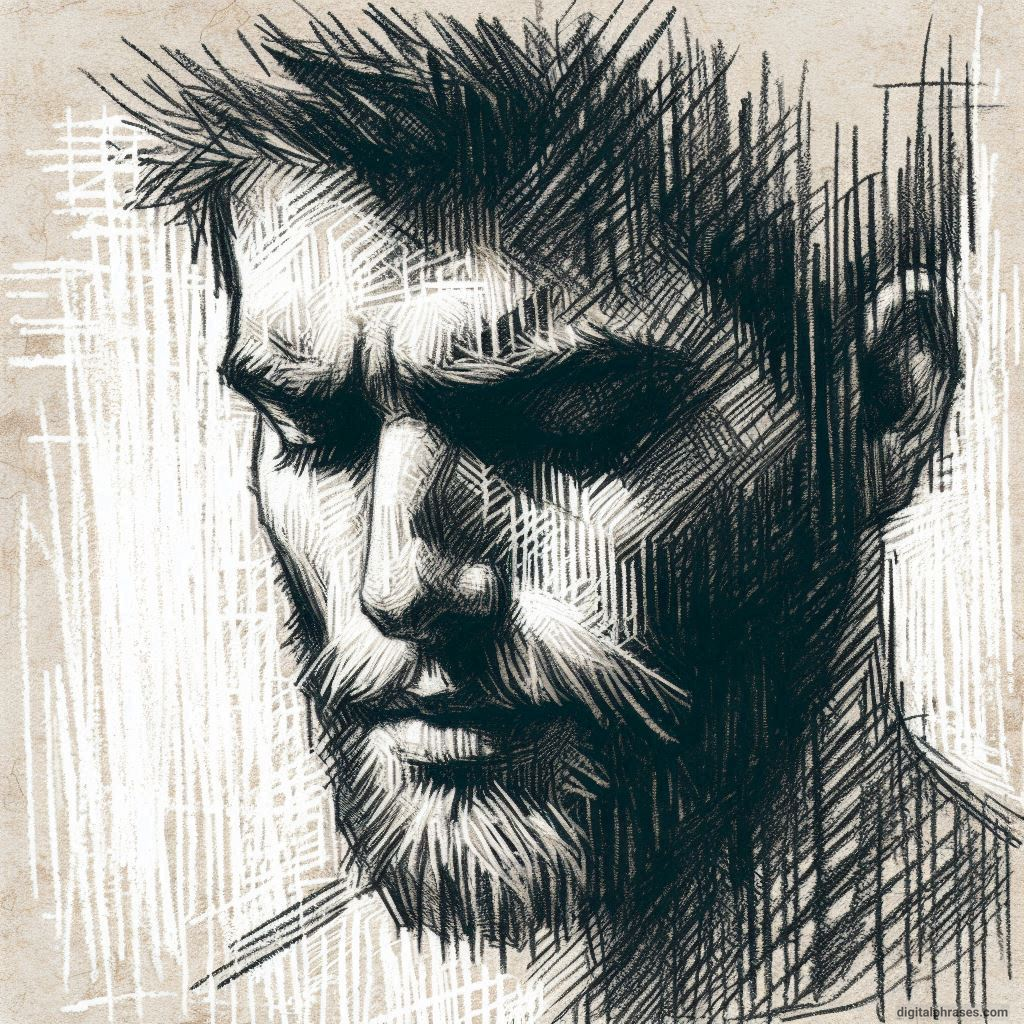
15
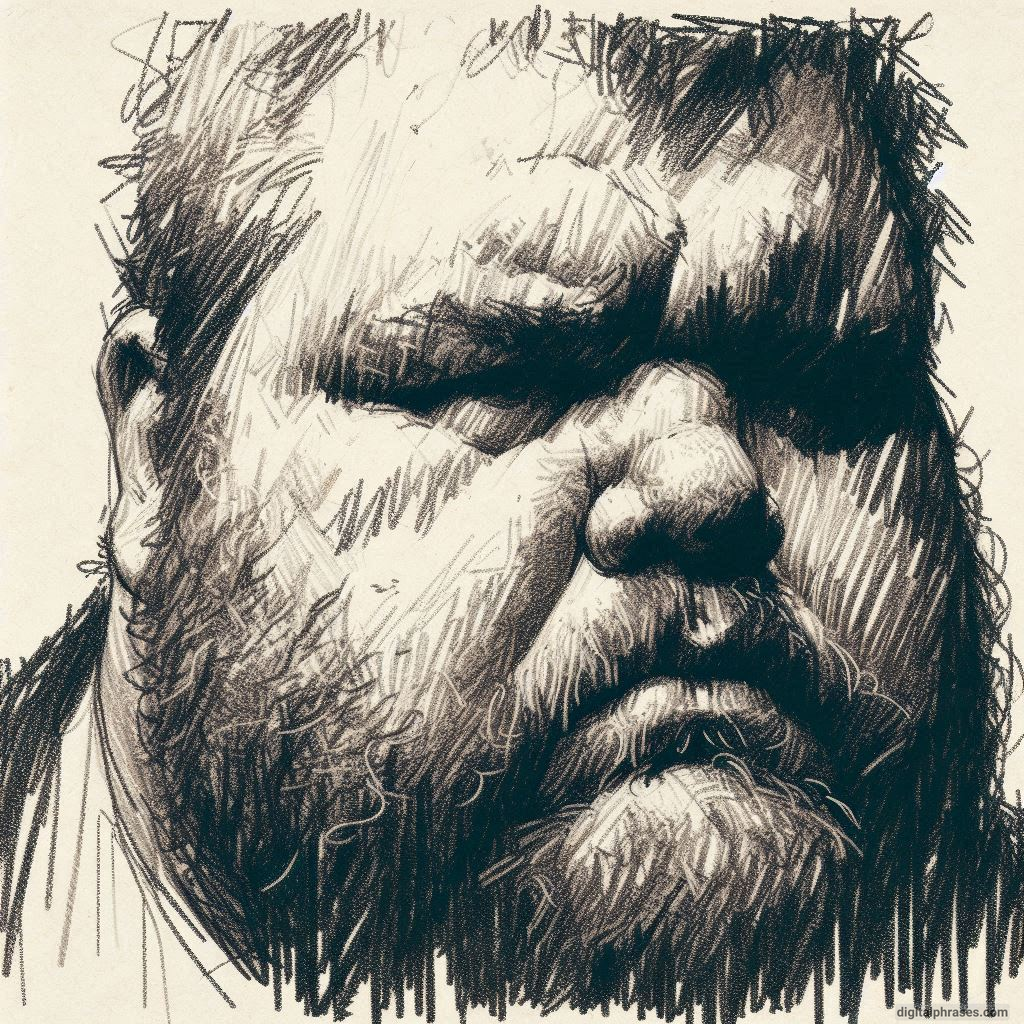
16

17

18
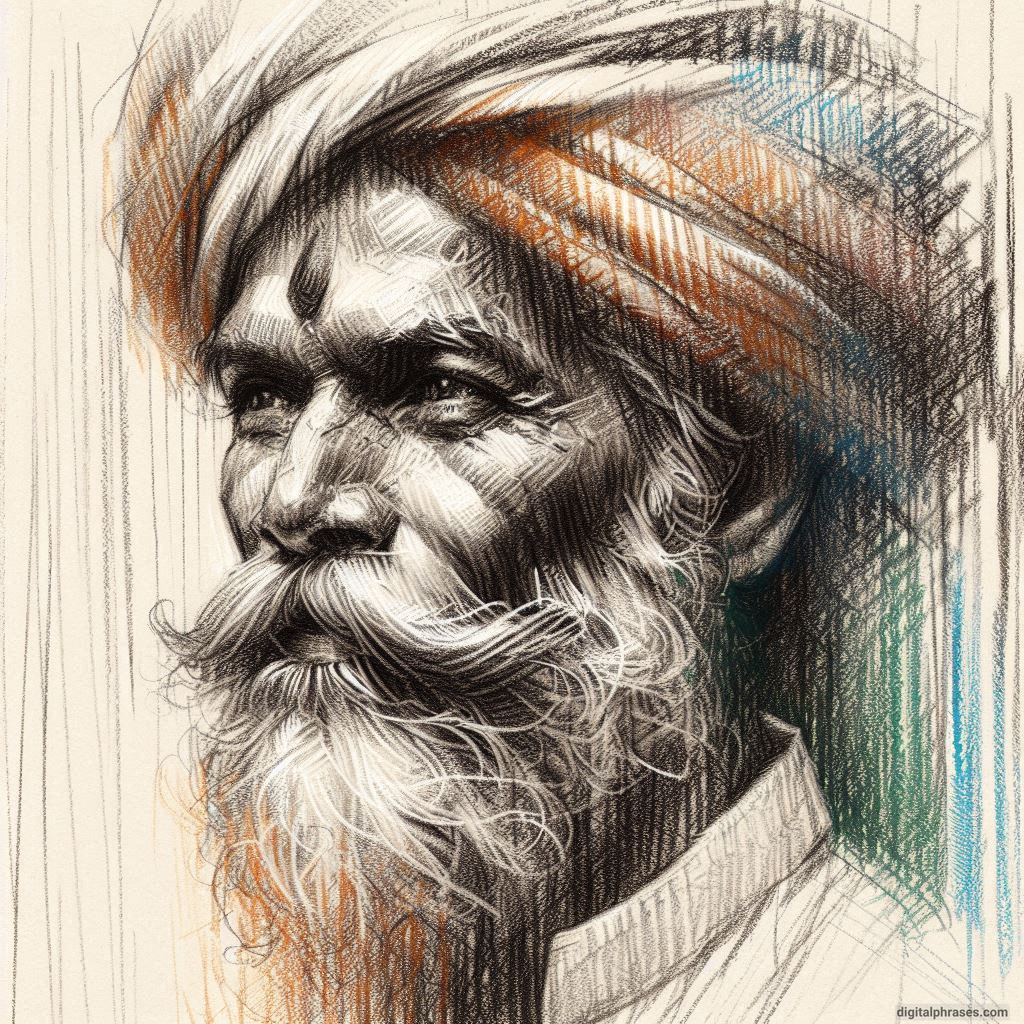
19
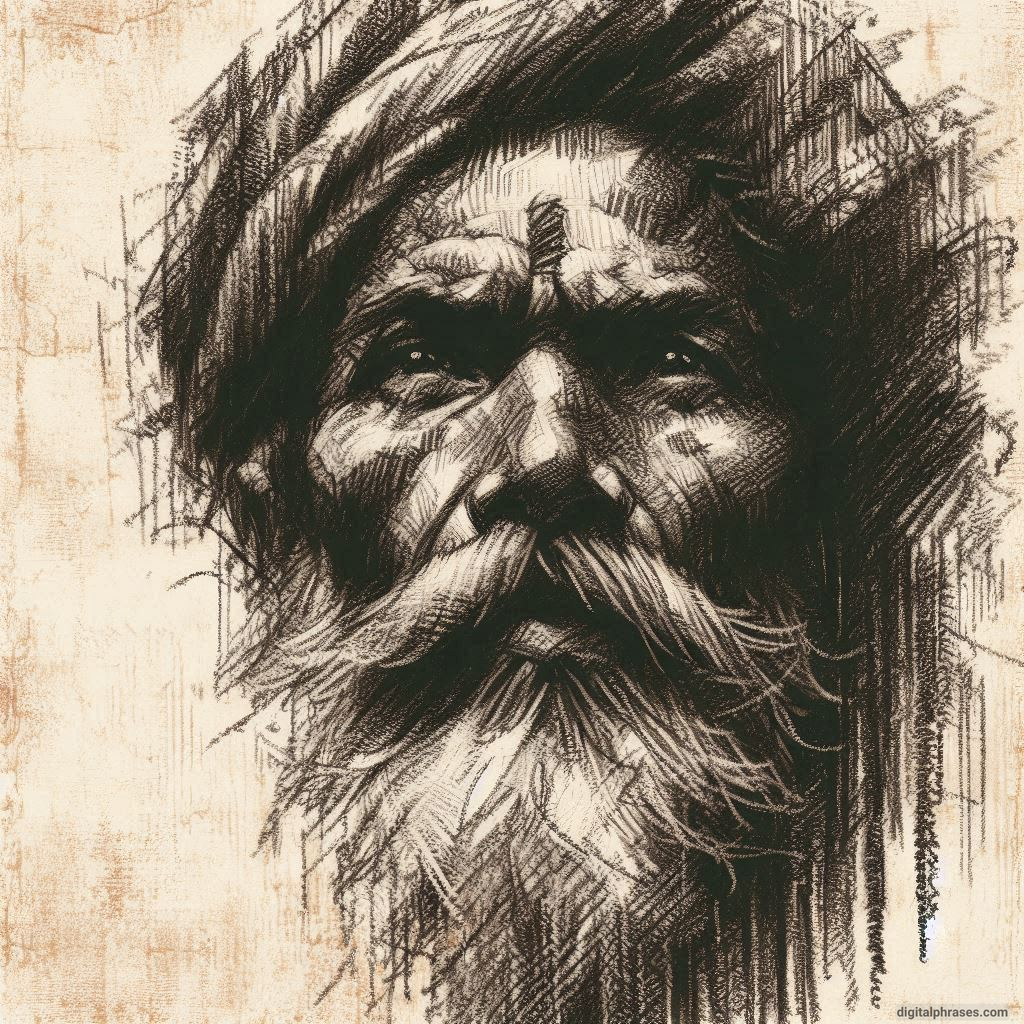
20
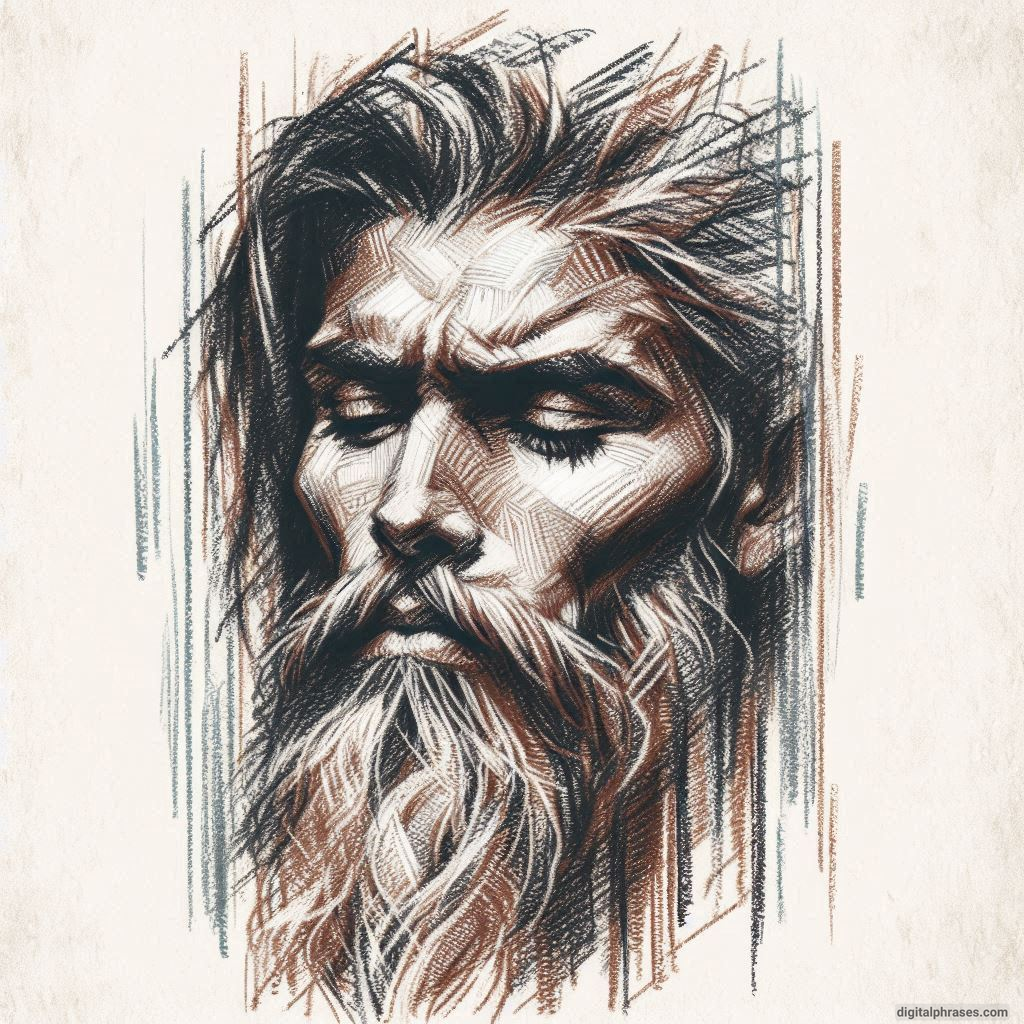
21

22
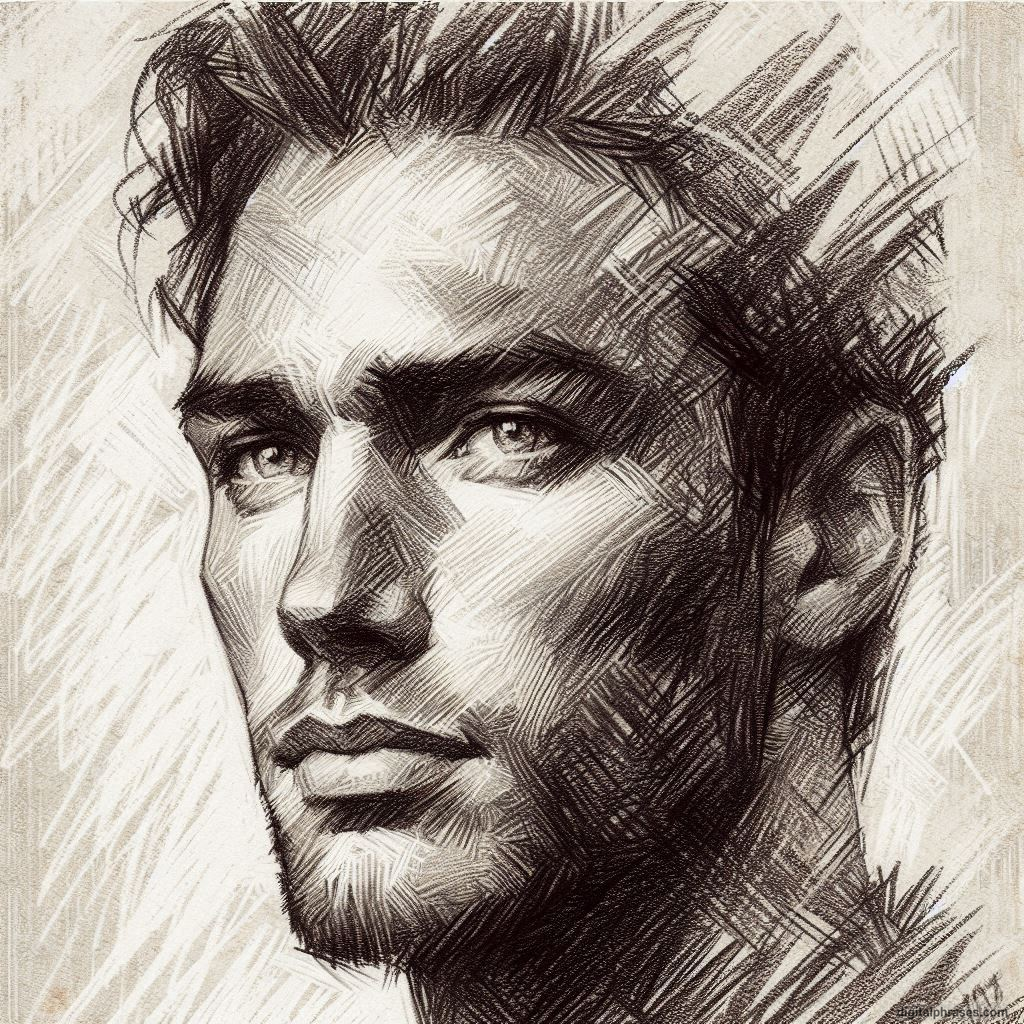
23
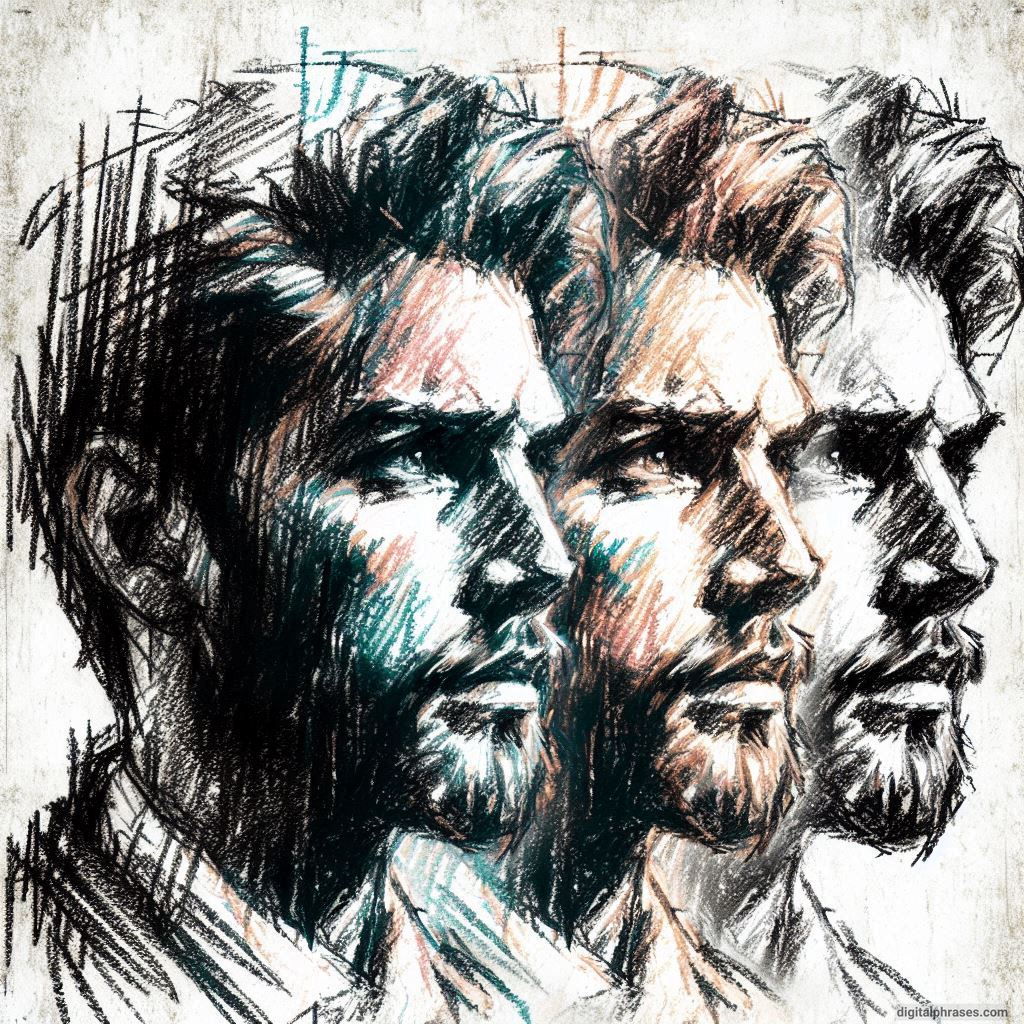
24
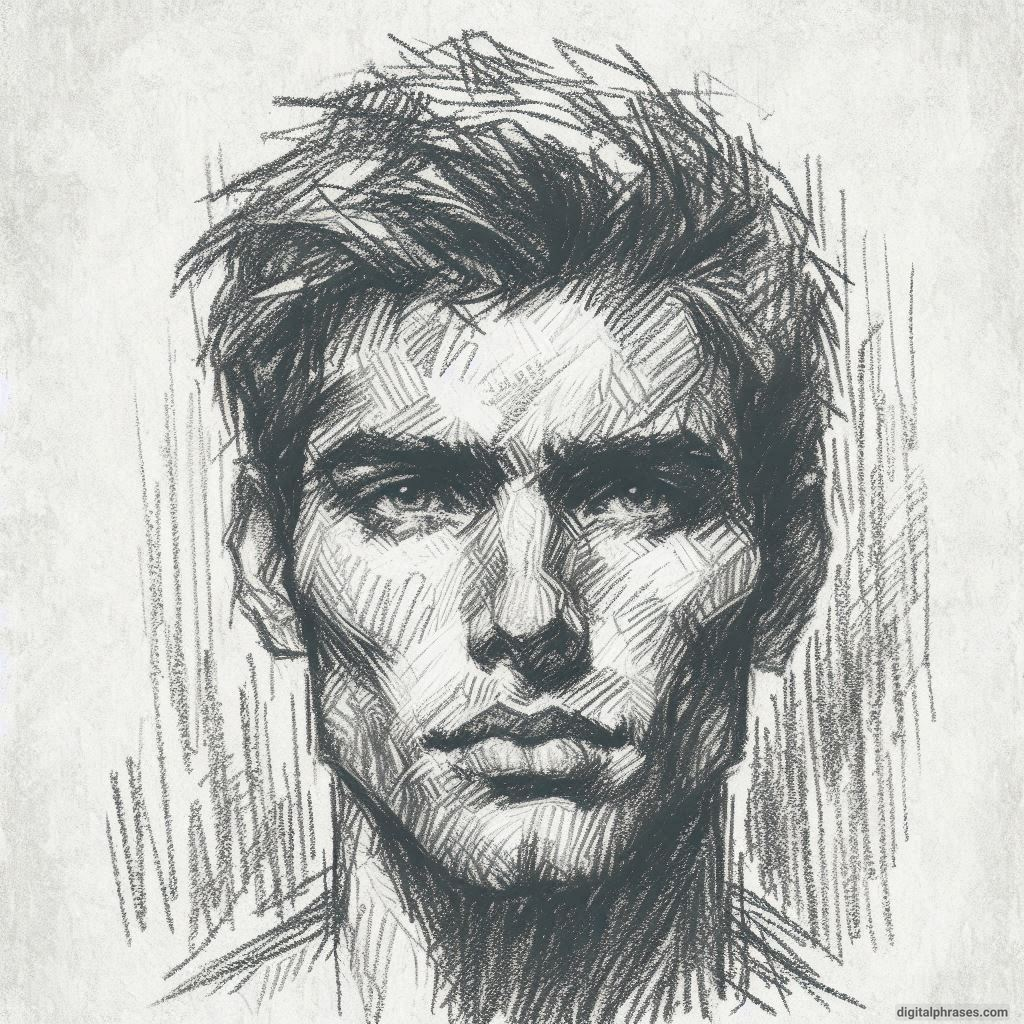
25
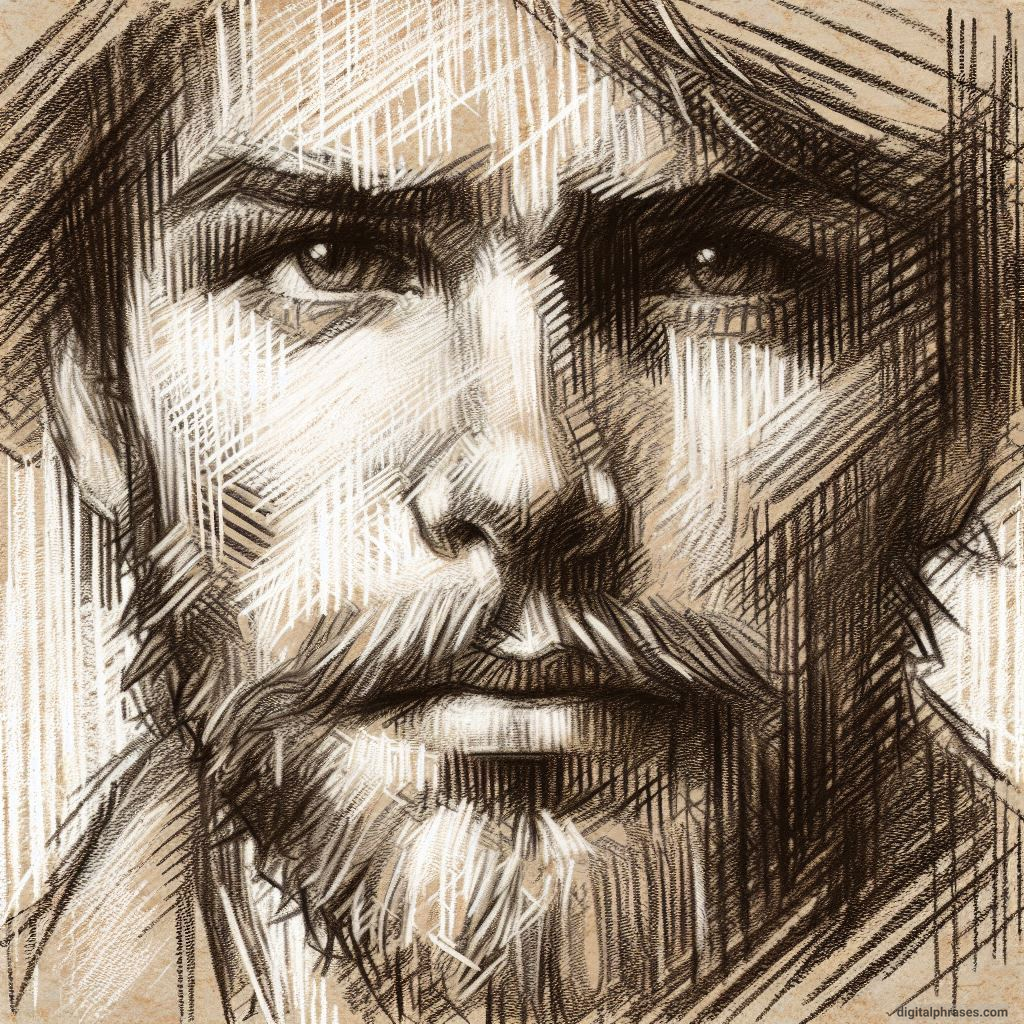
26
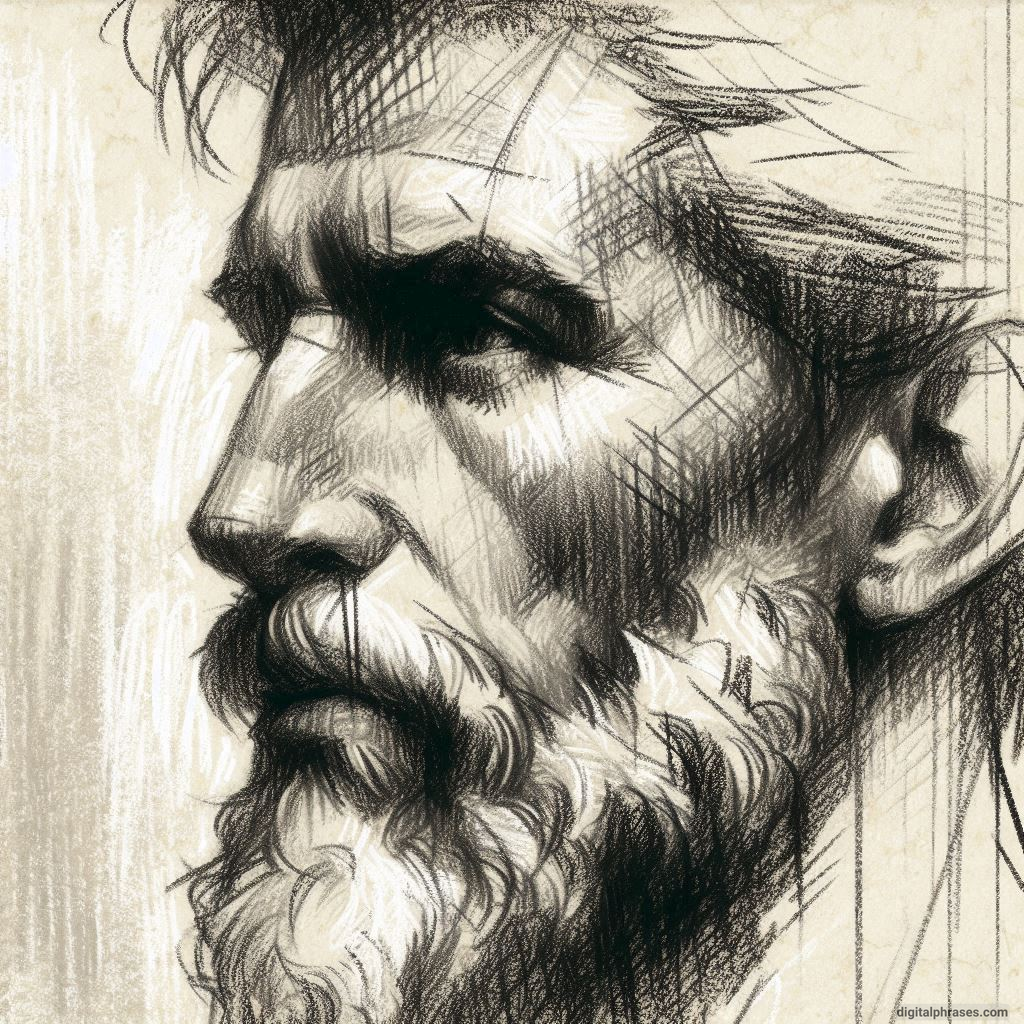
27
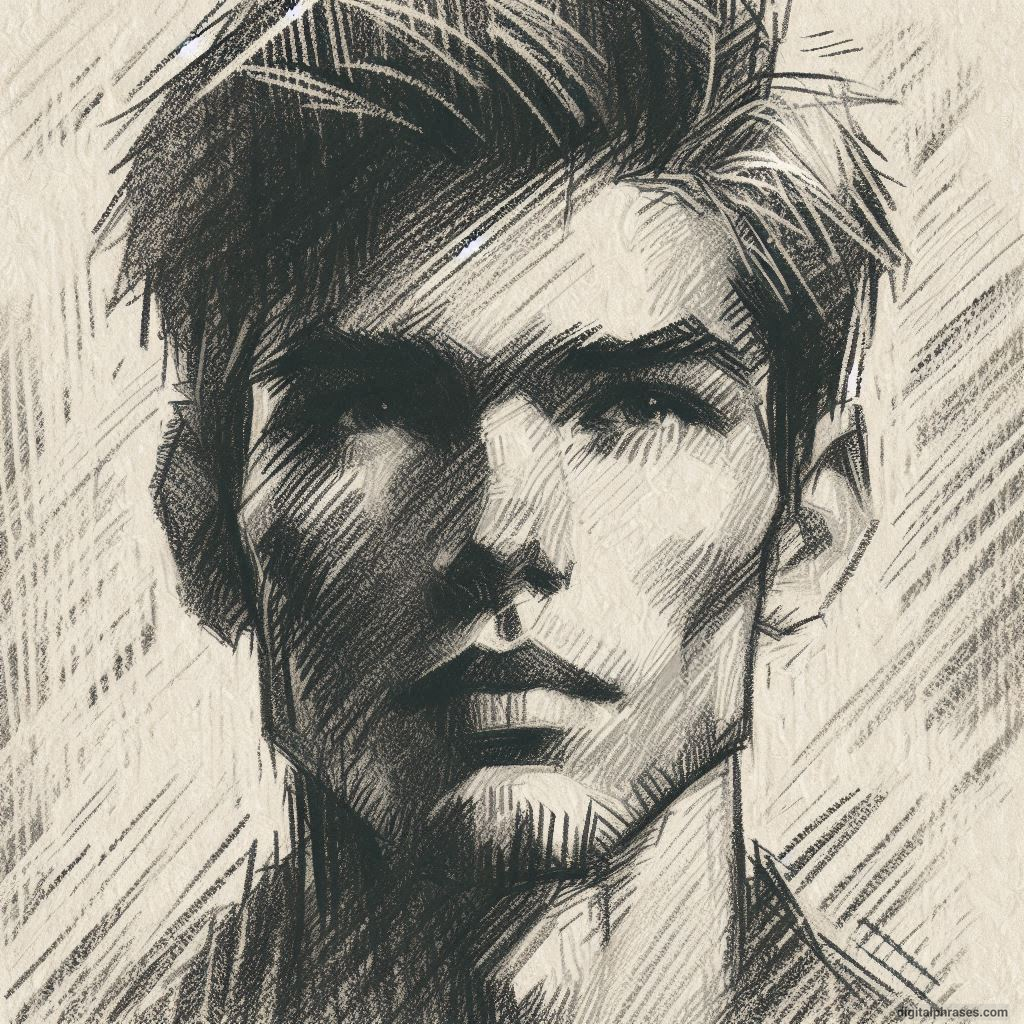
28

29
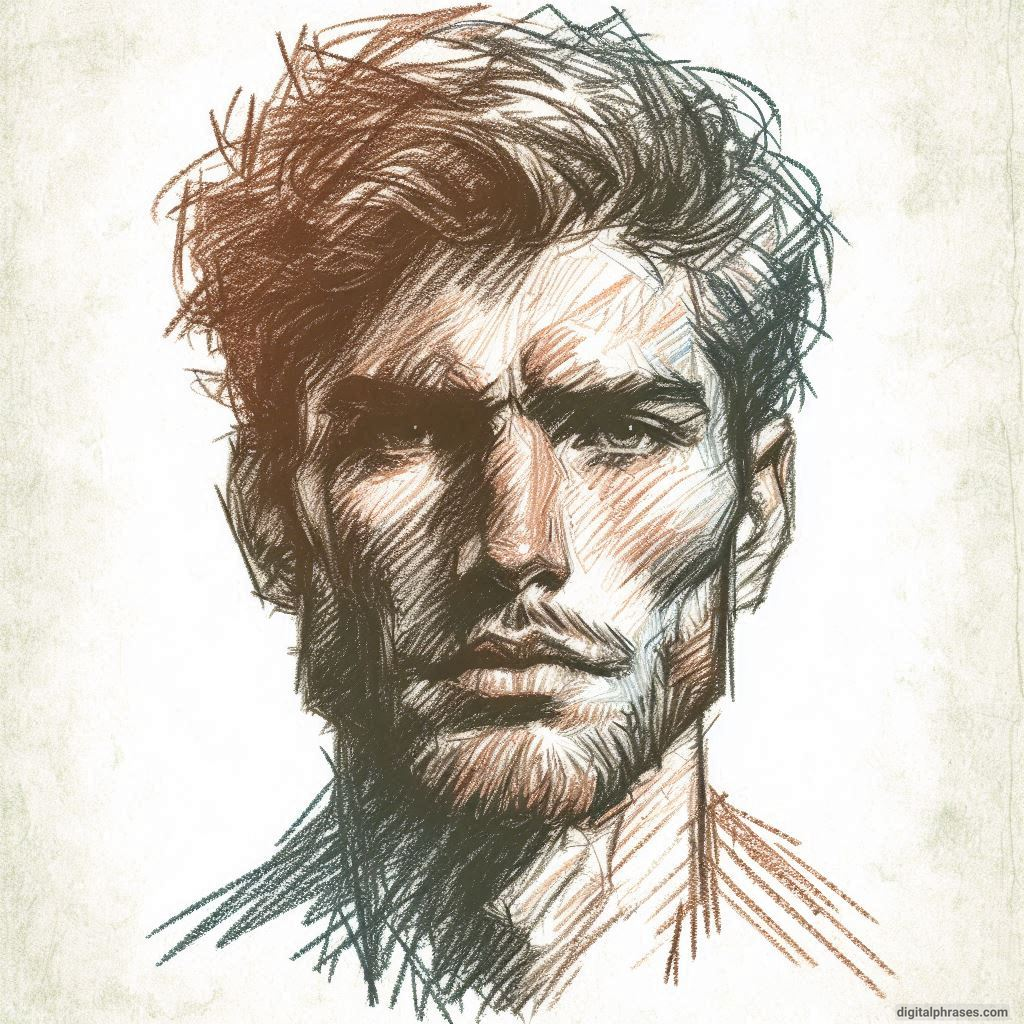
30
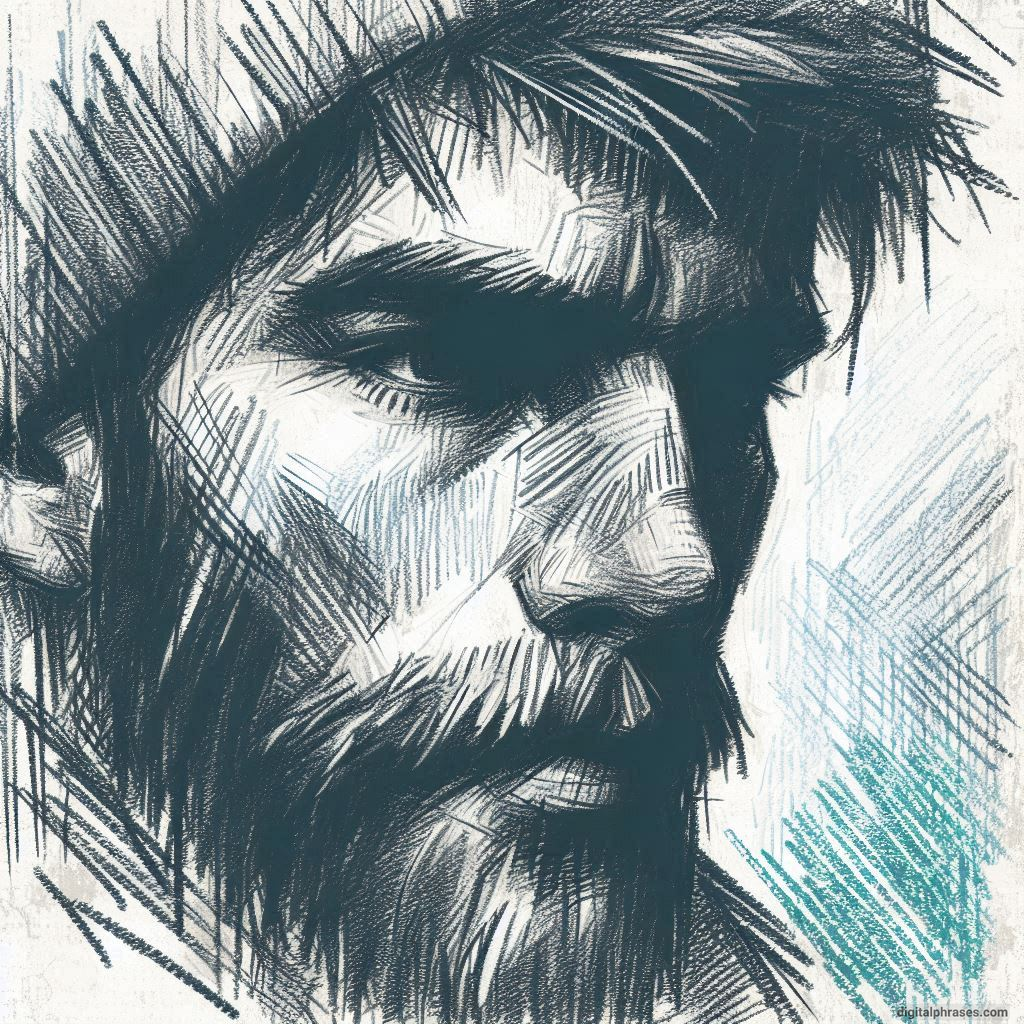
31
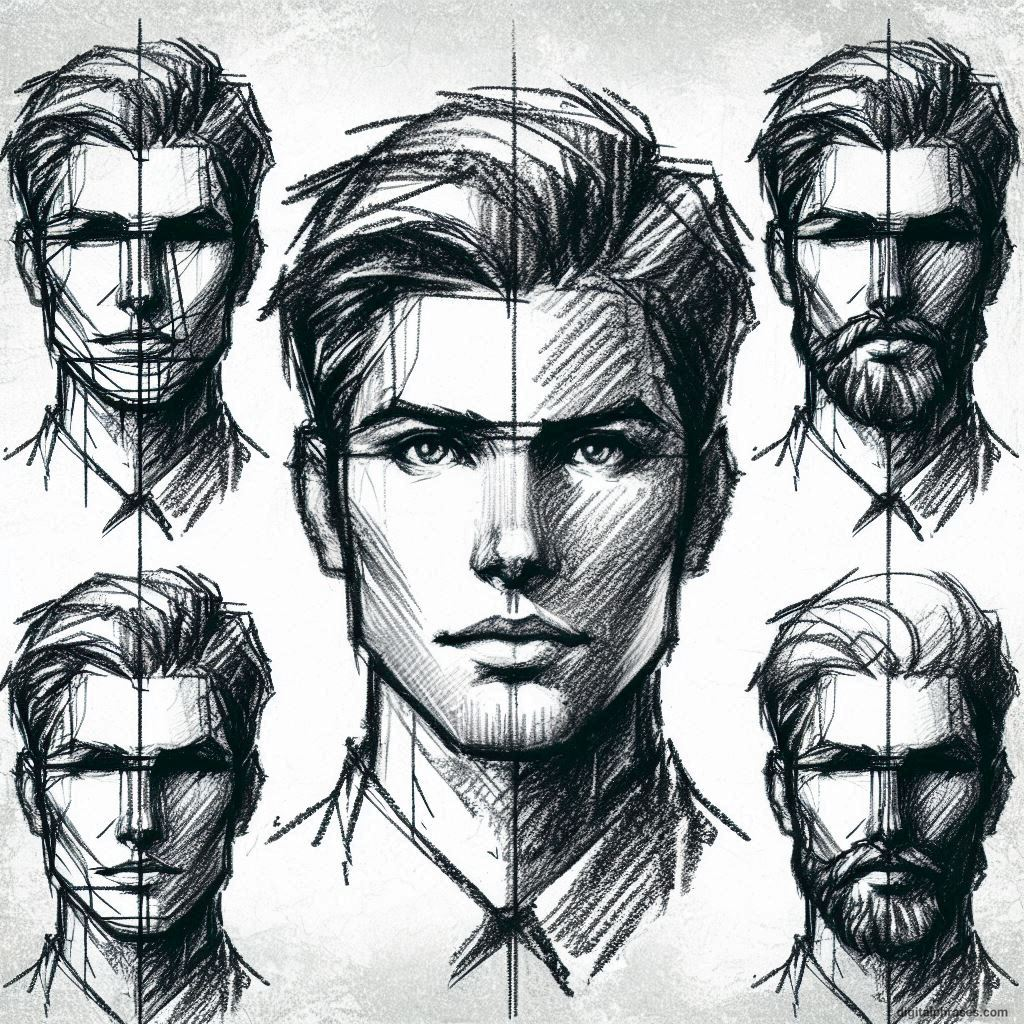
32
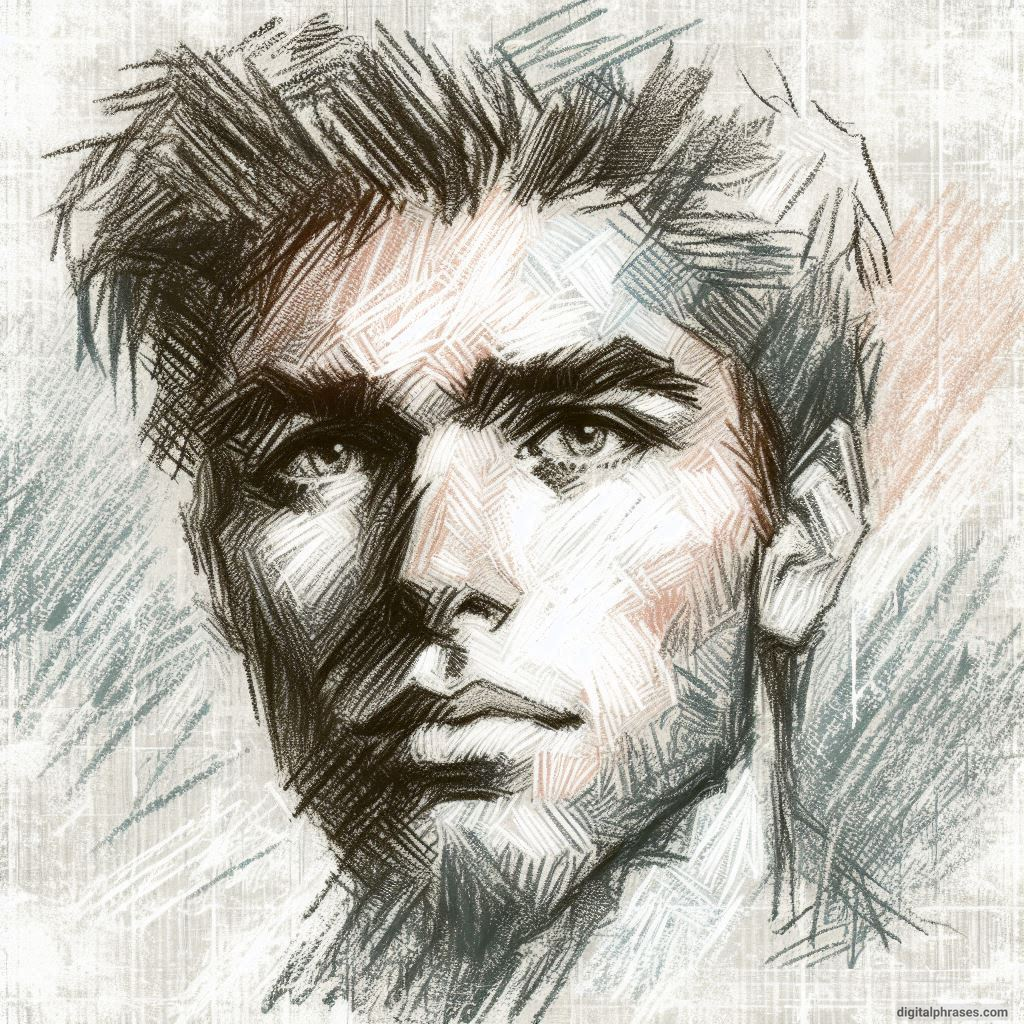
33
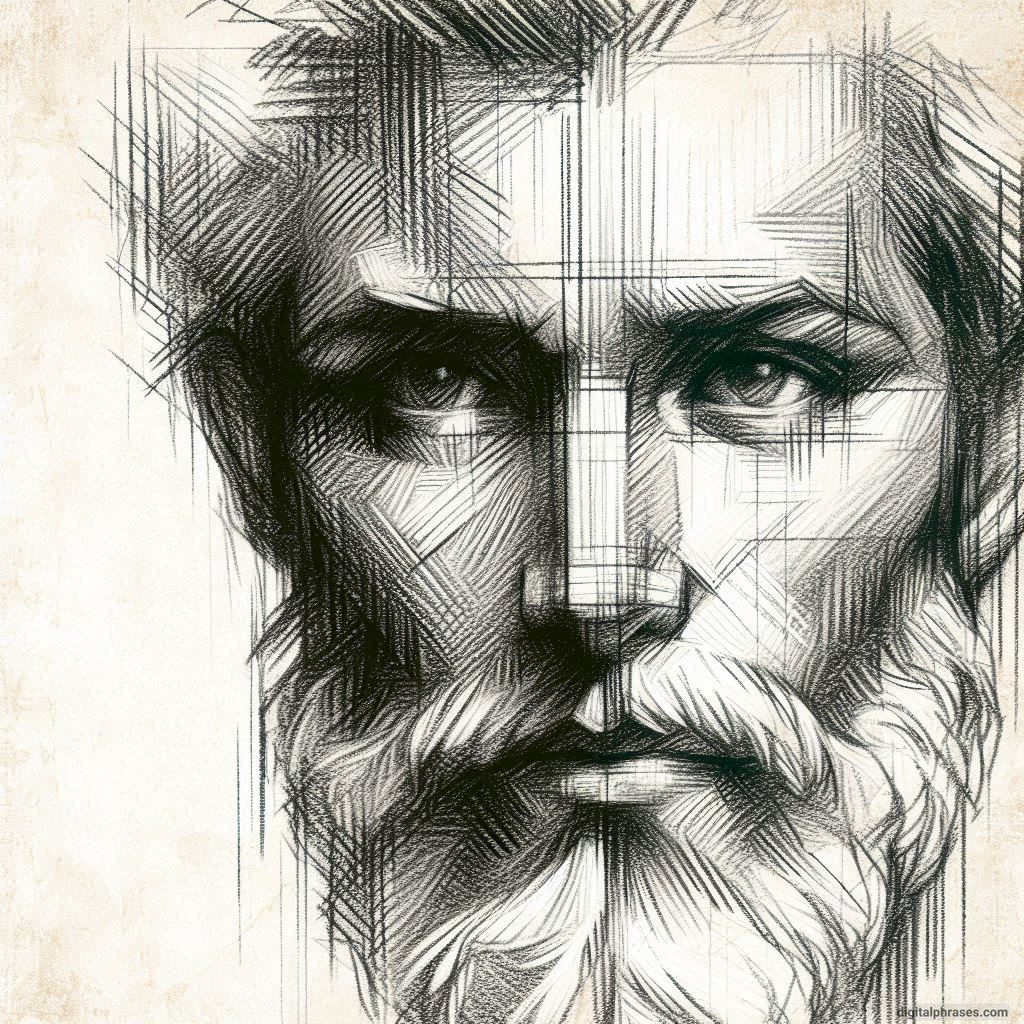
34
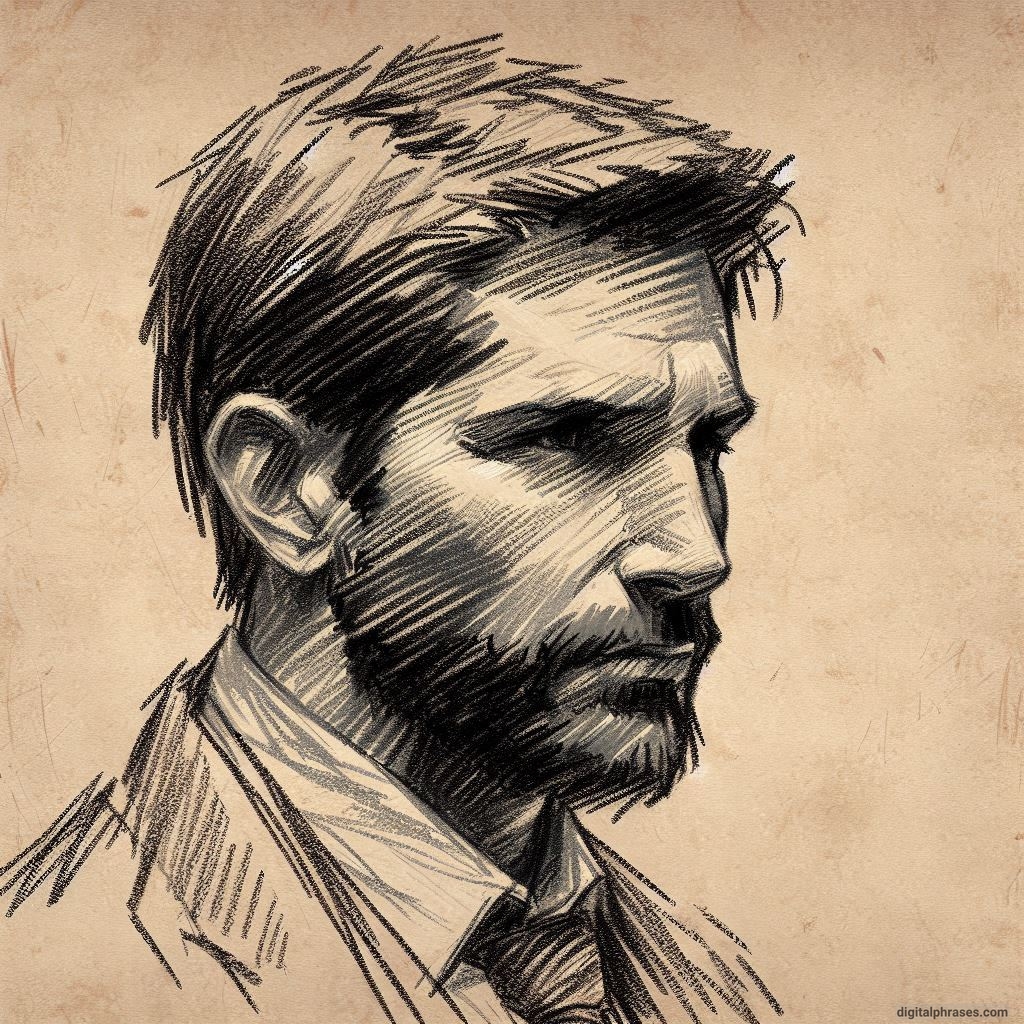
35
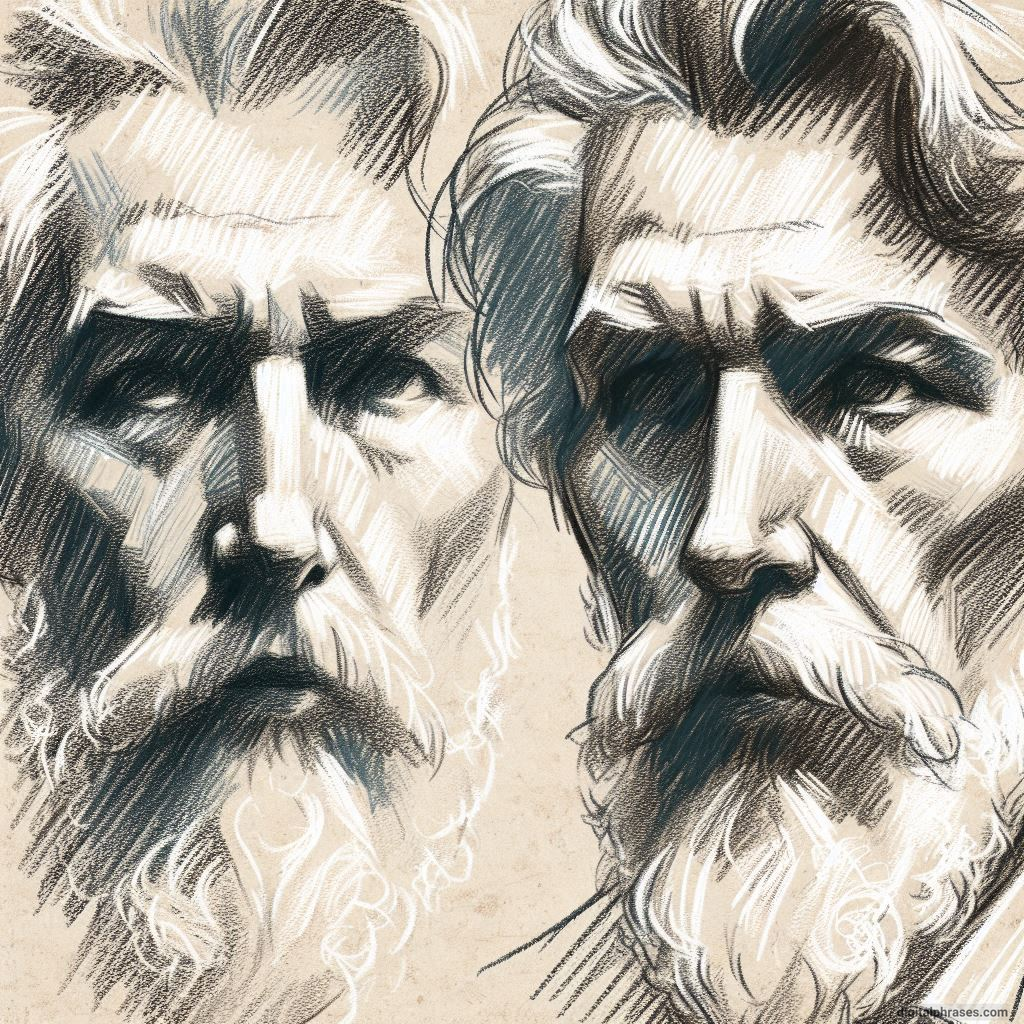
36
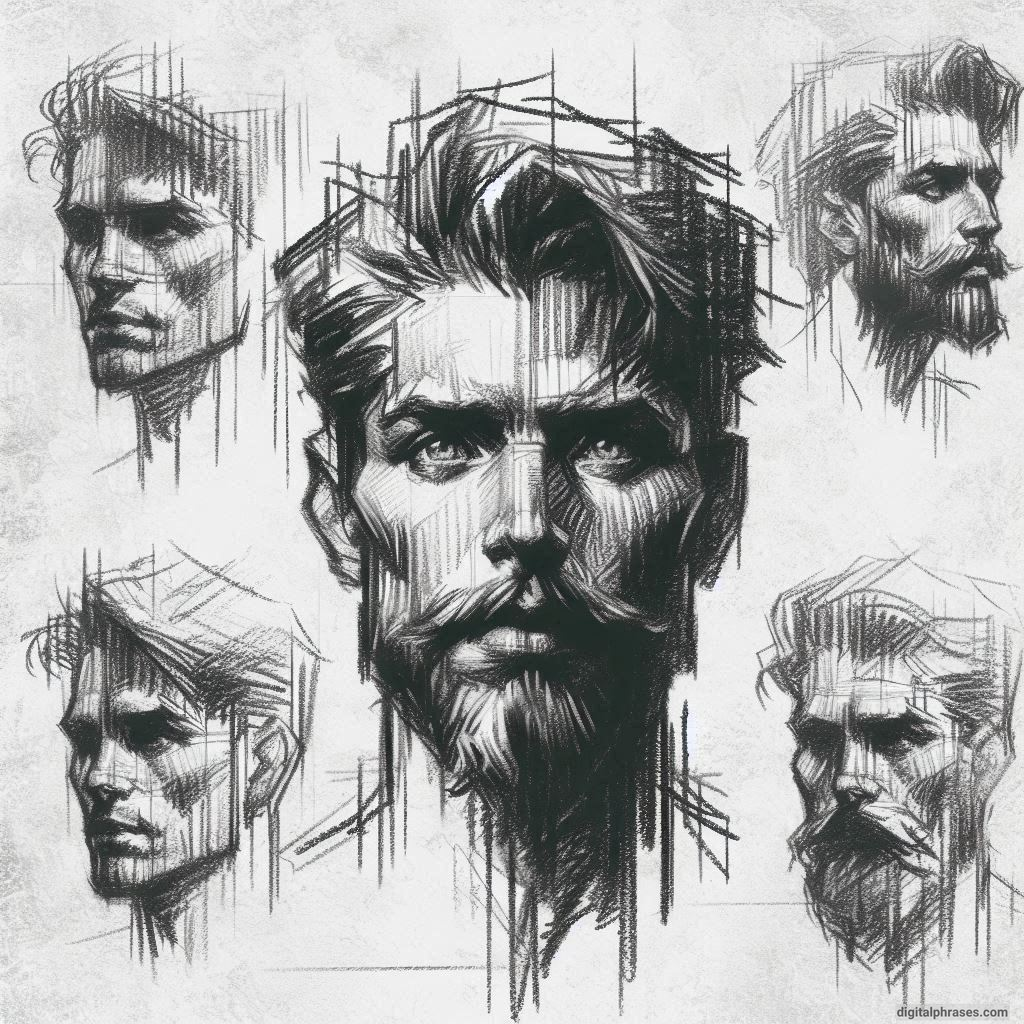
37
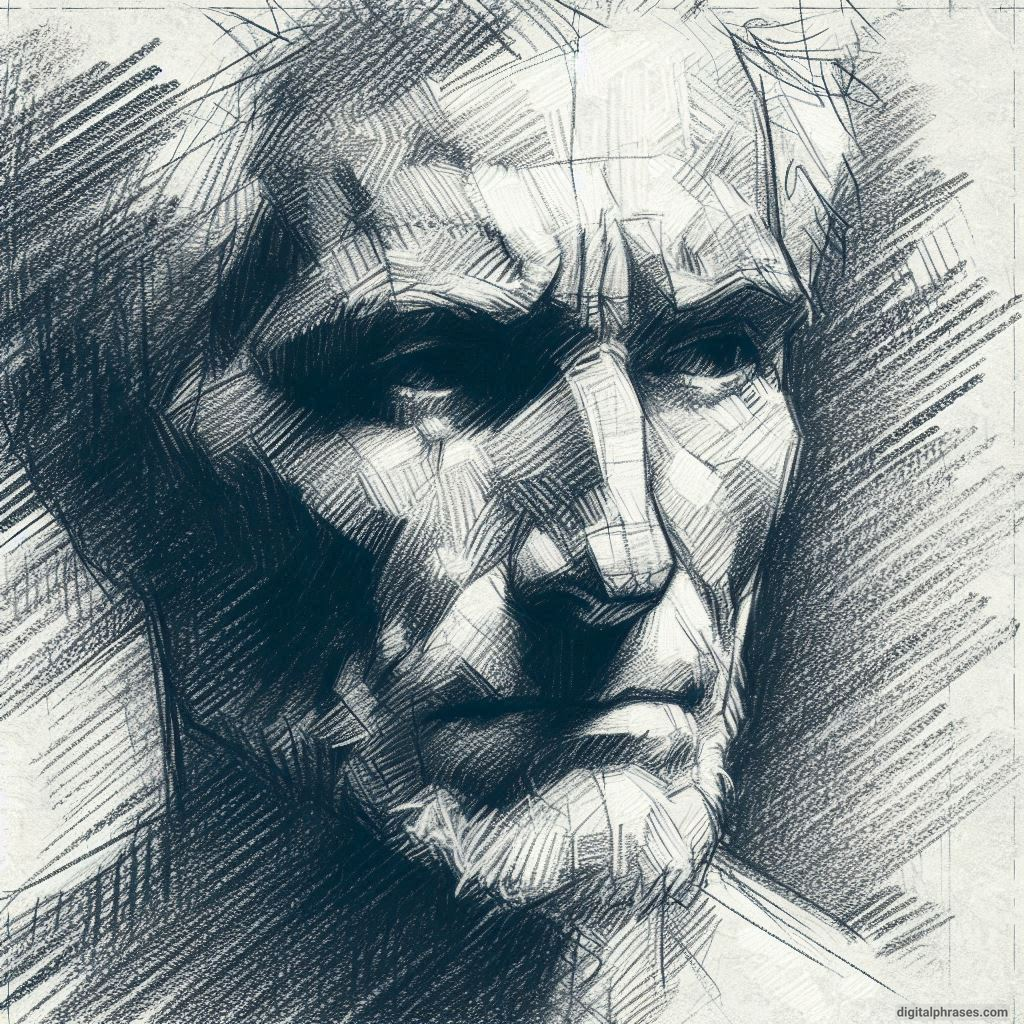
38
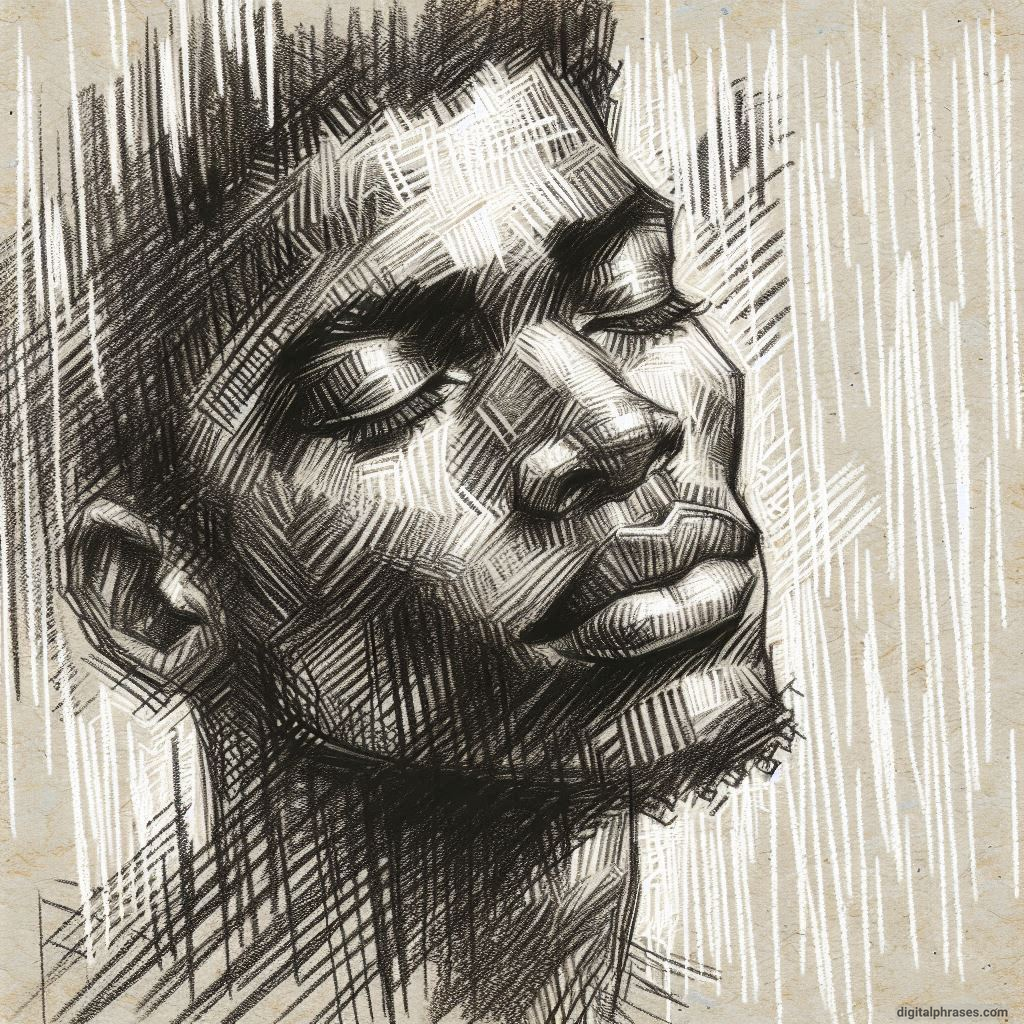
39

40
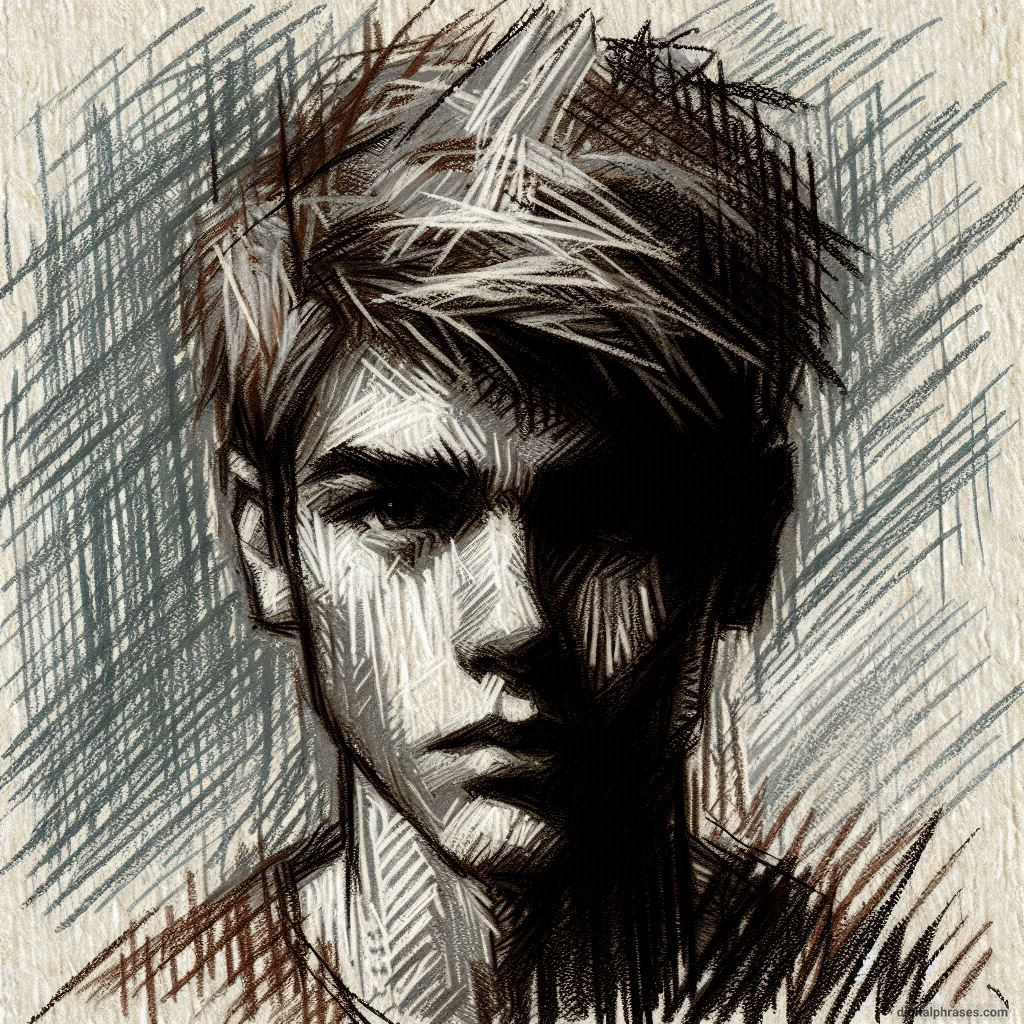
41
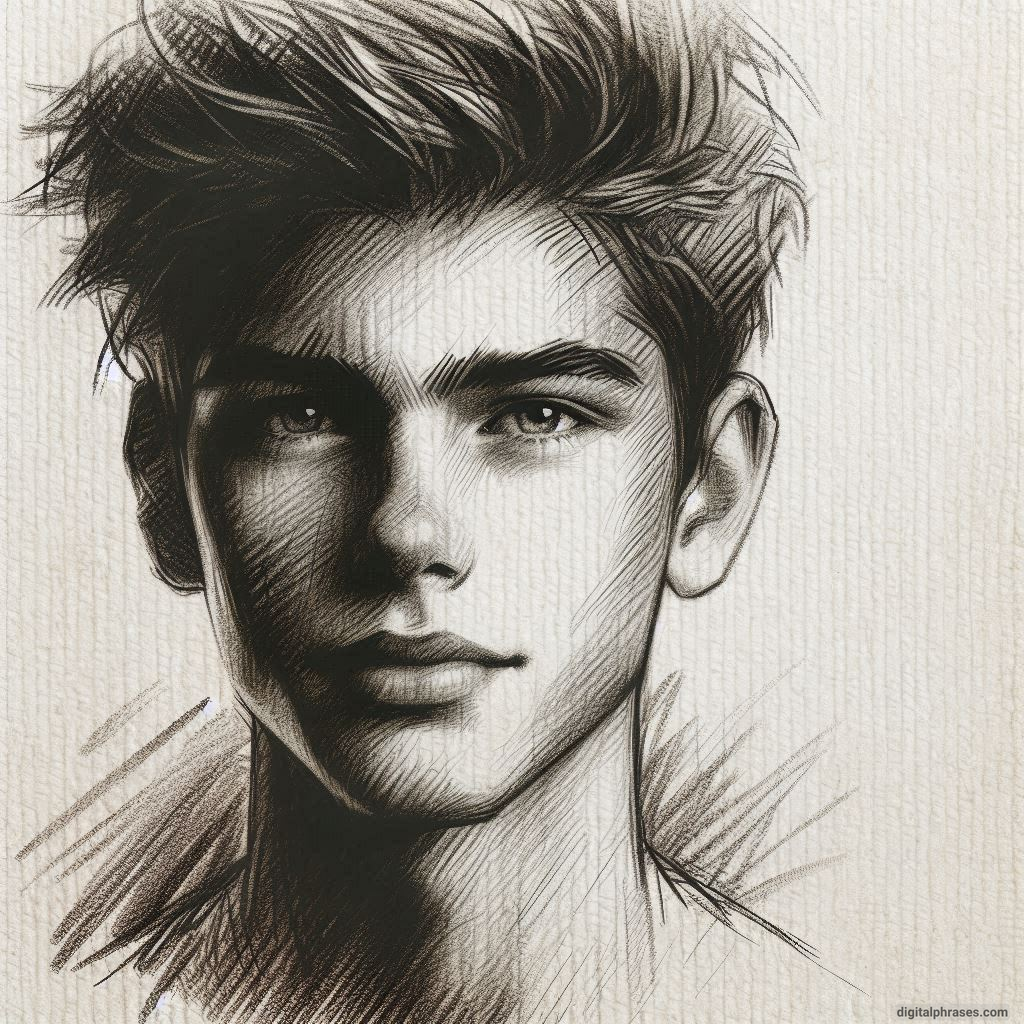
42

43
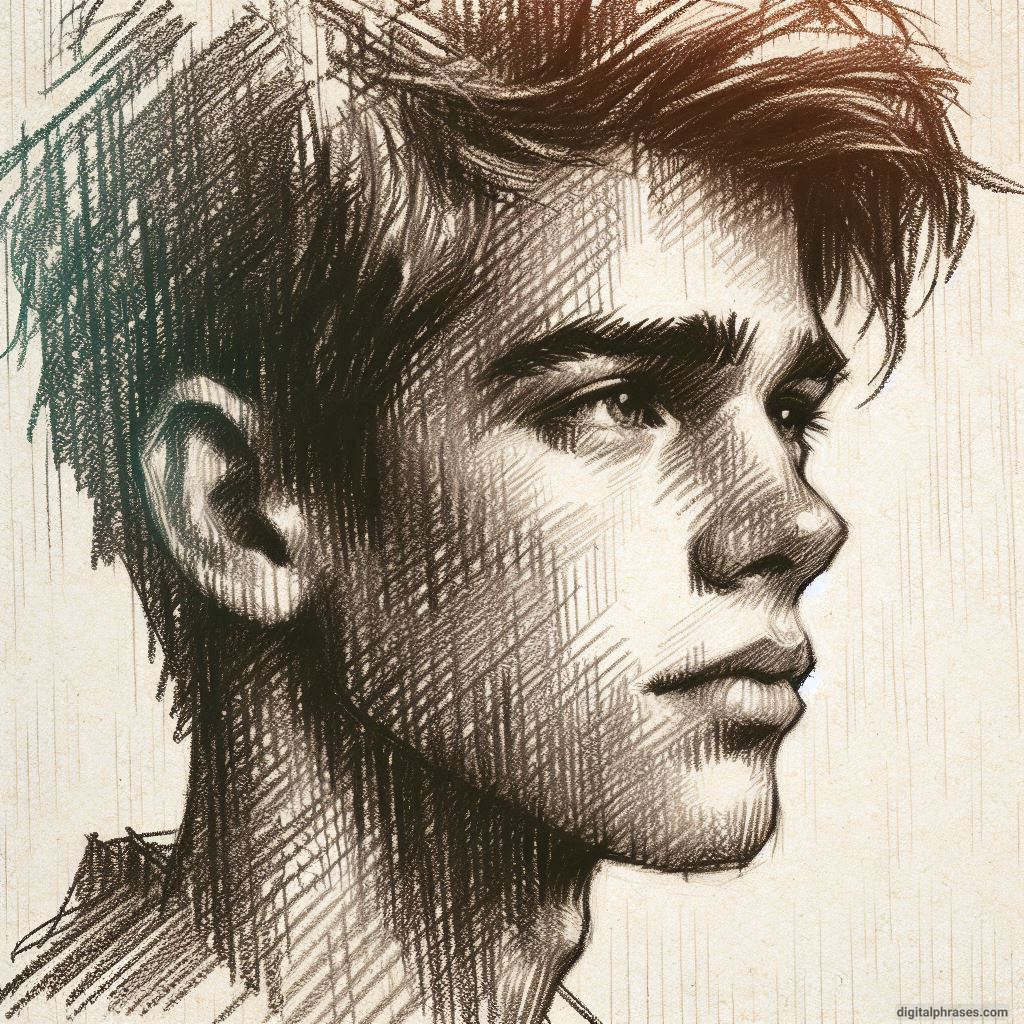
44
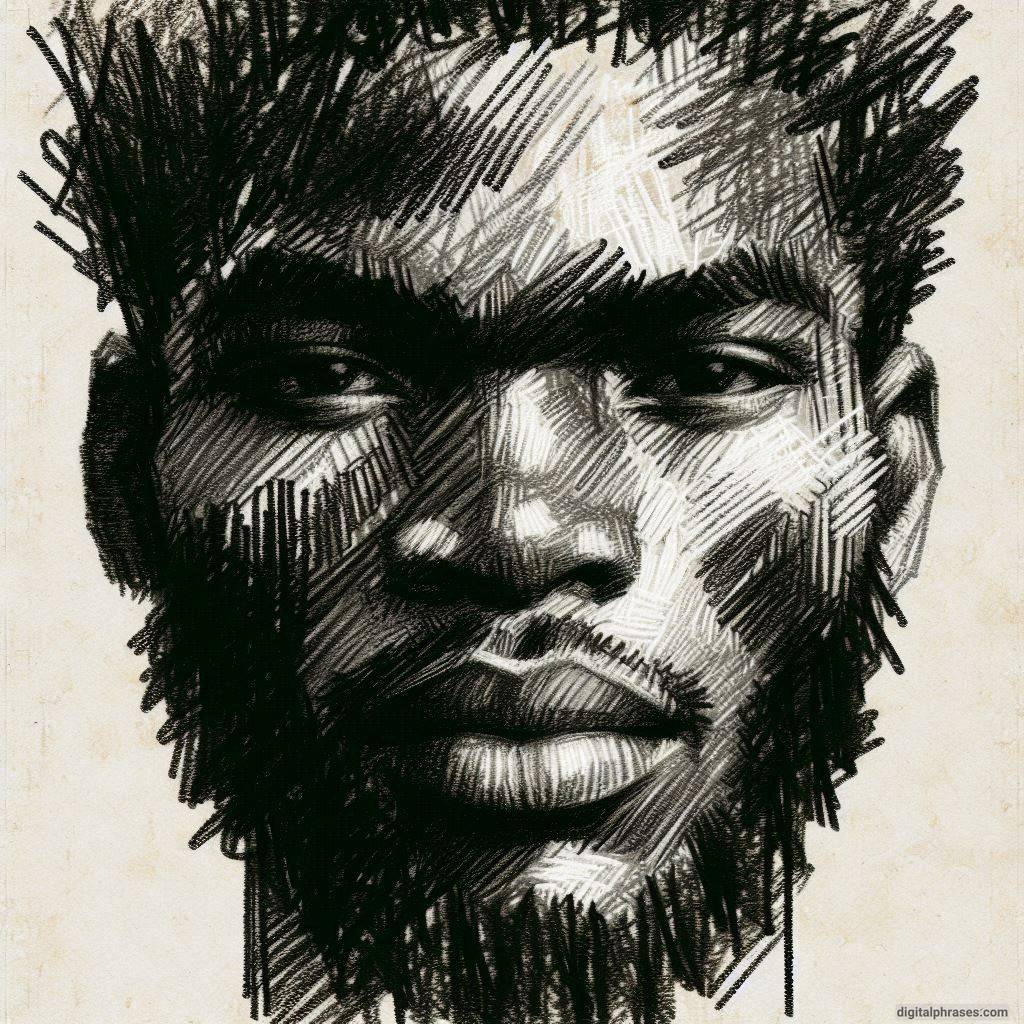
45

46
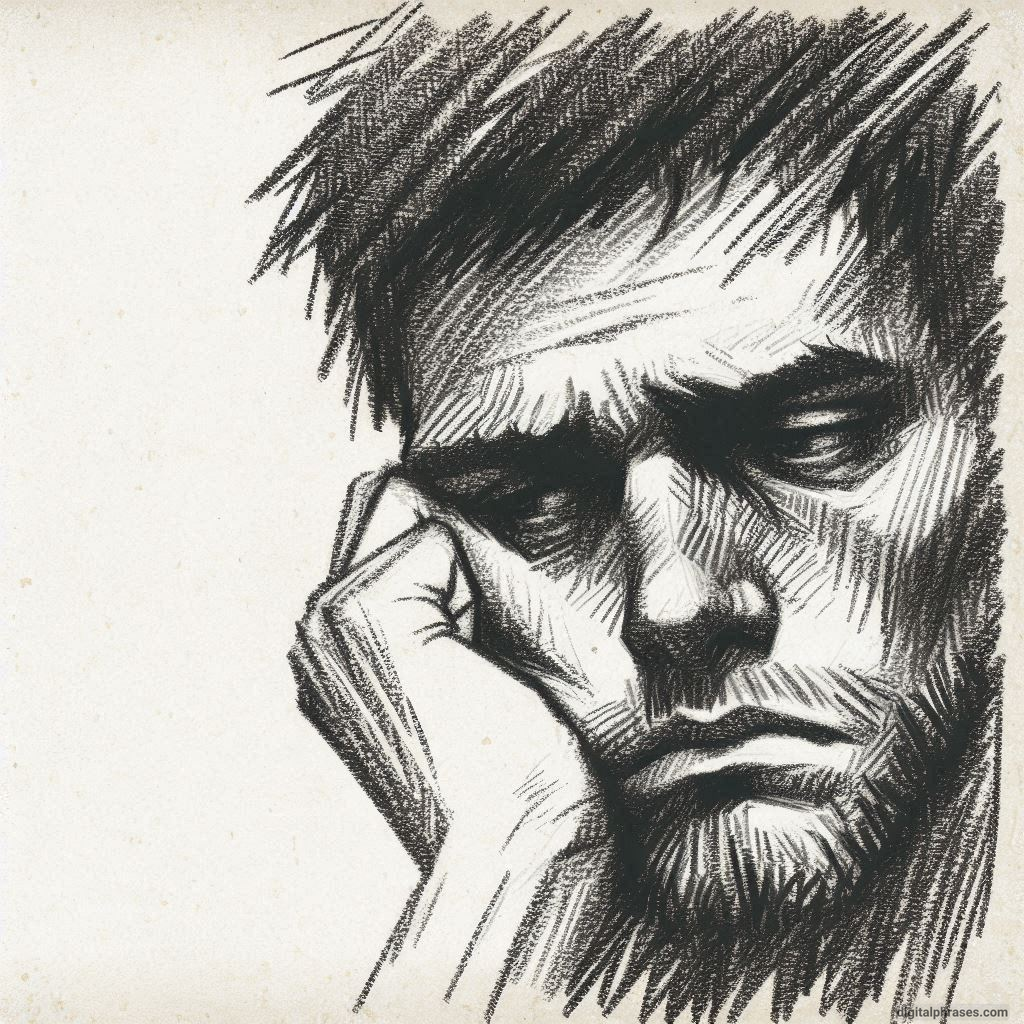
47
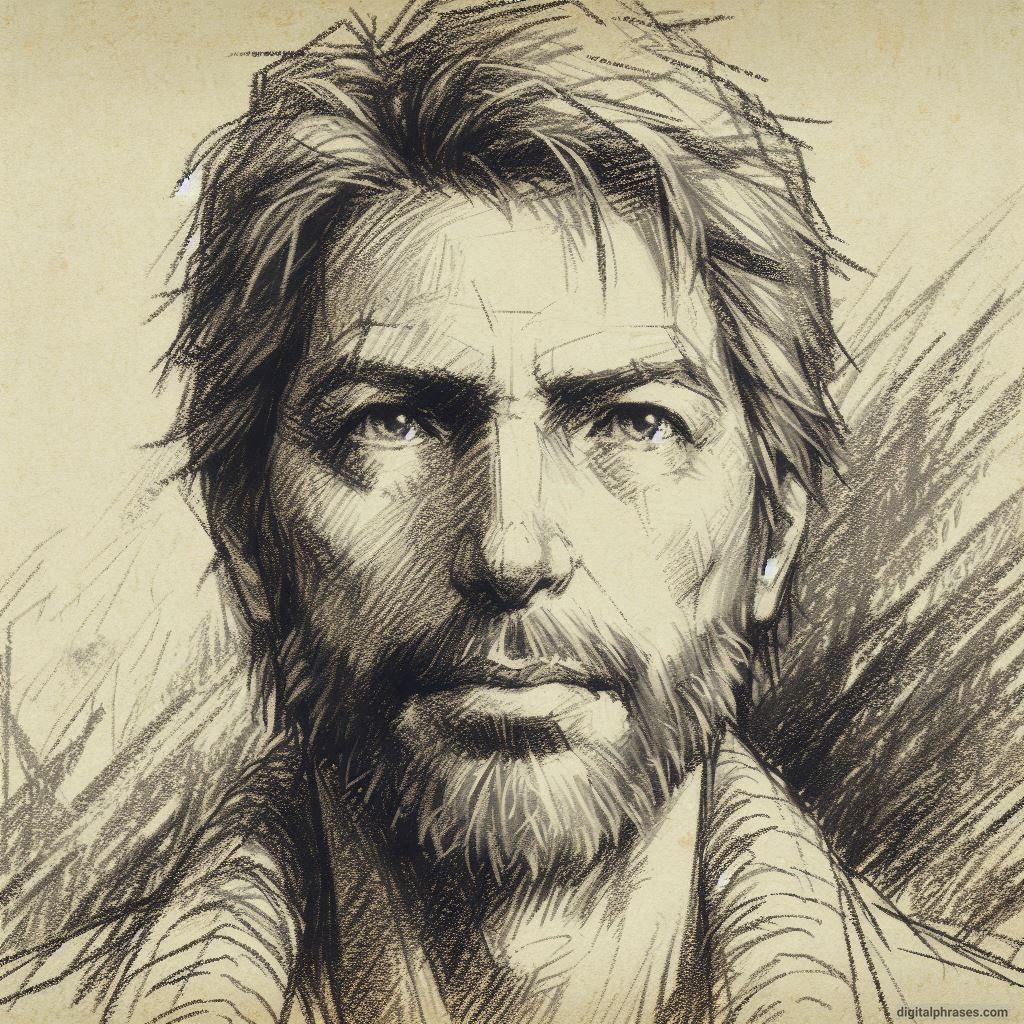
48
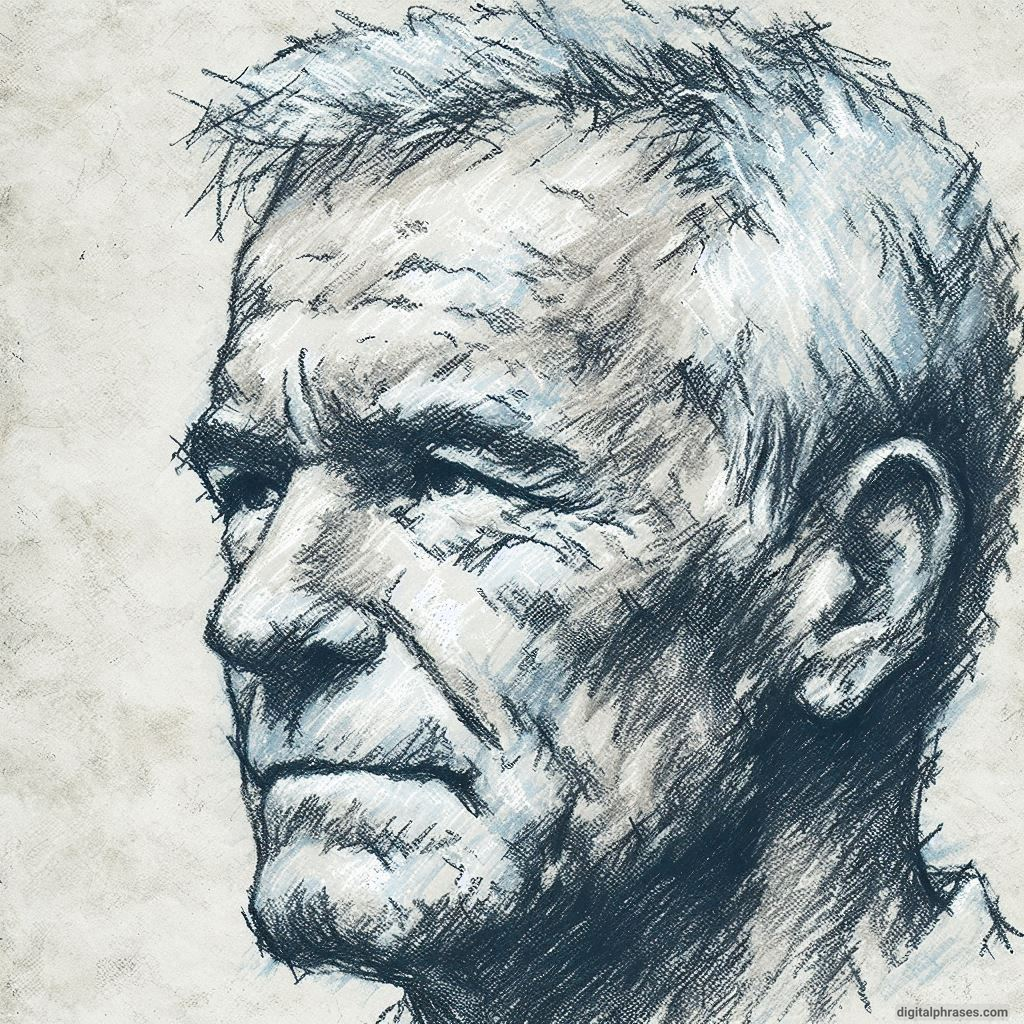
49
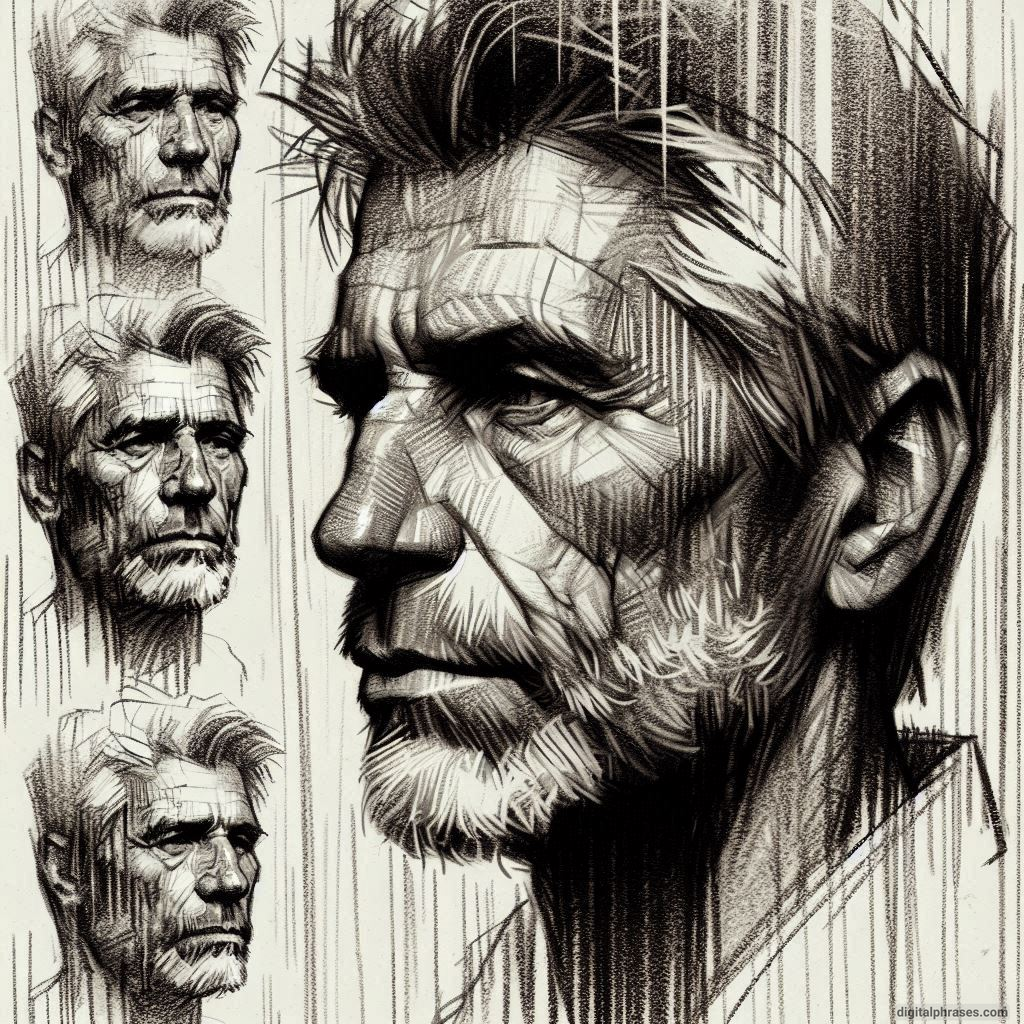
50

Woman Faces
51
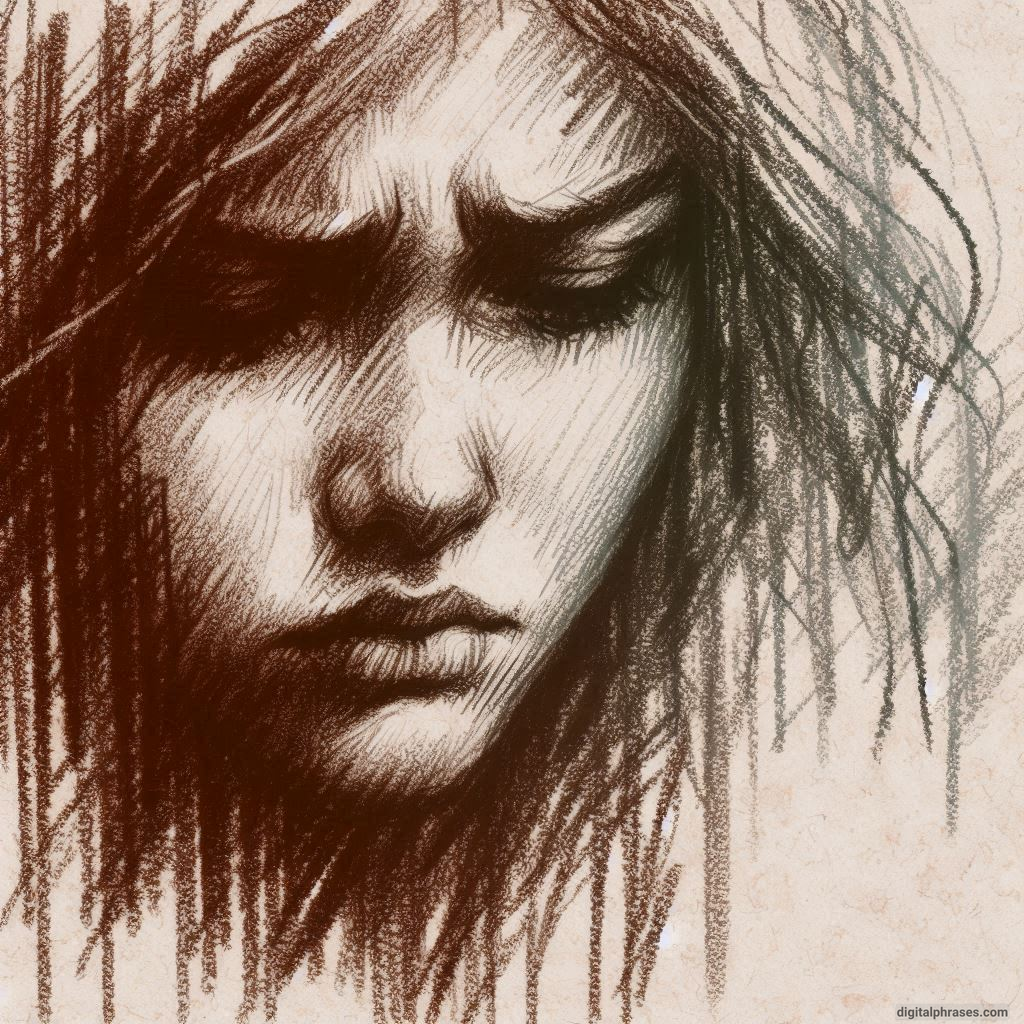
52
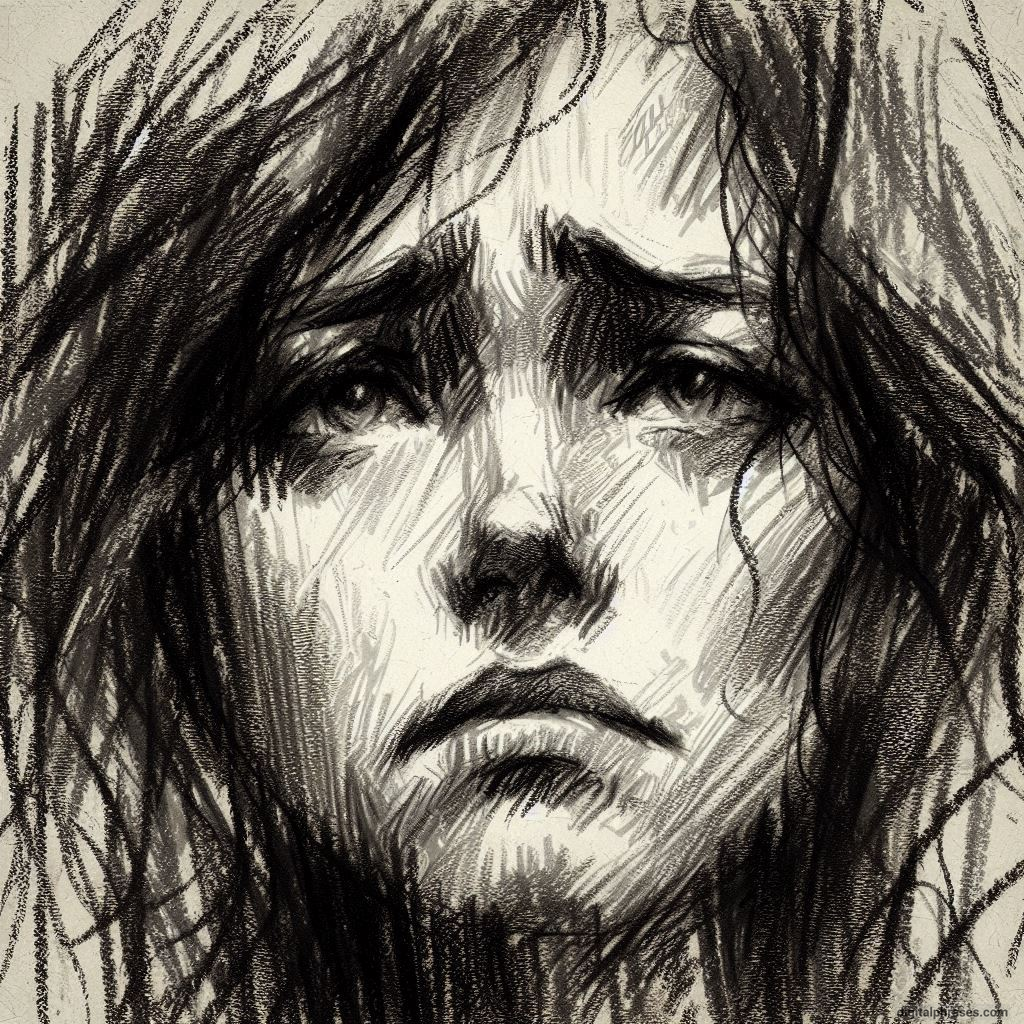
53
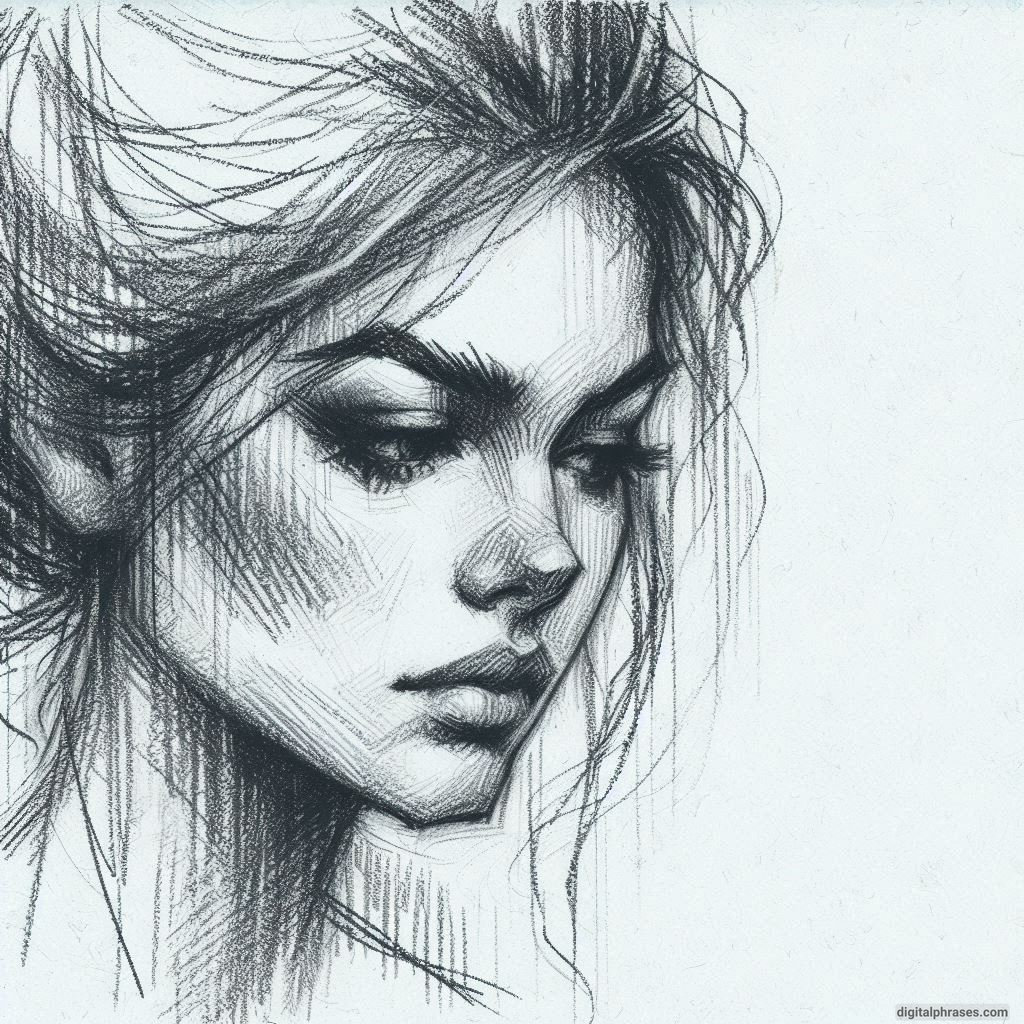
54
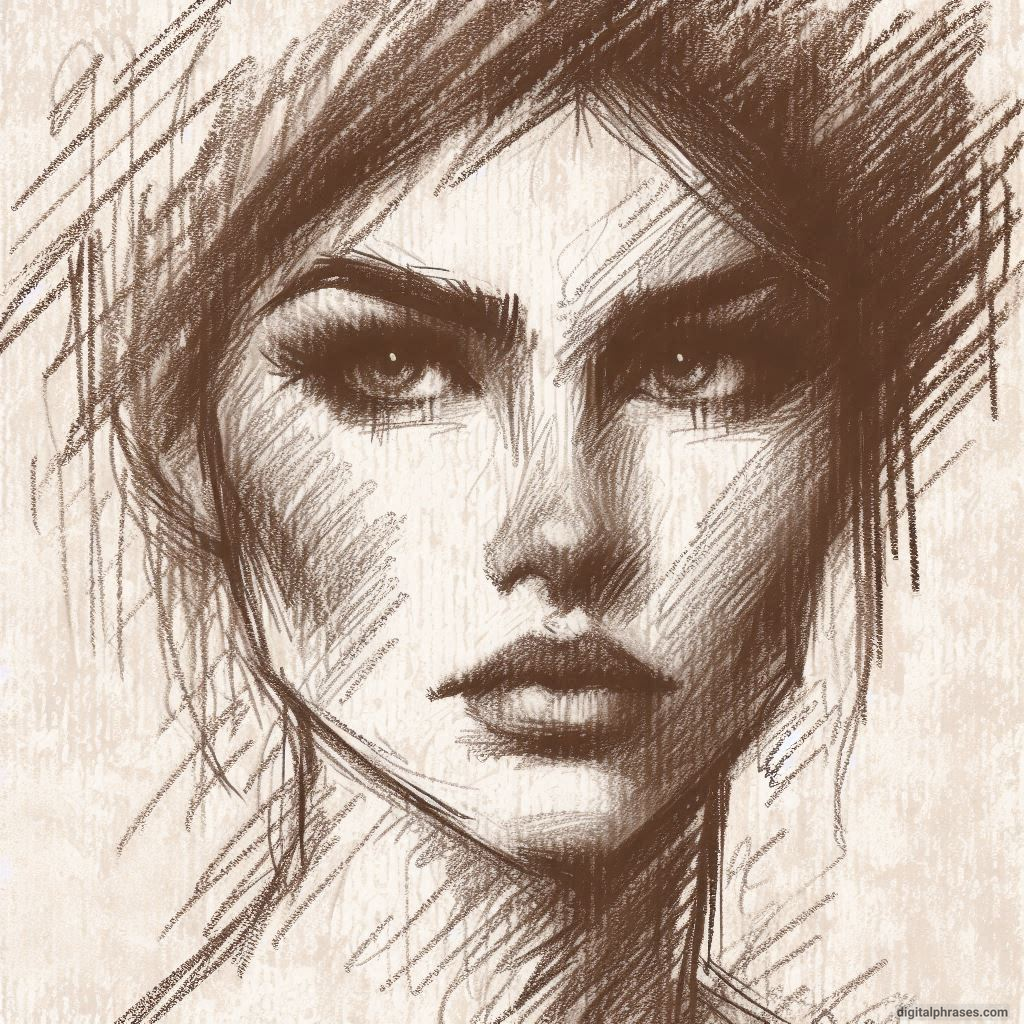
55
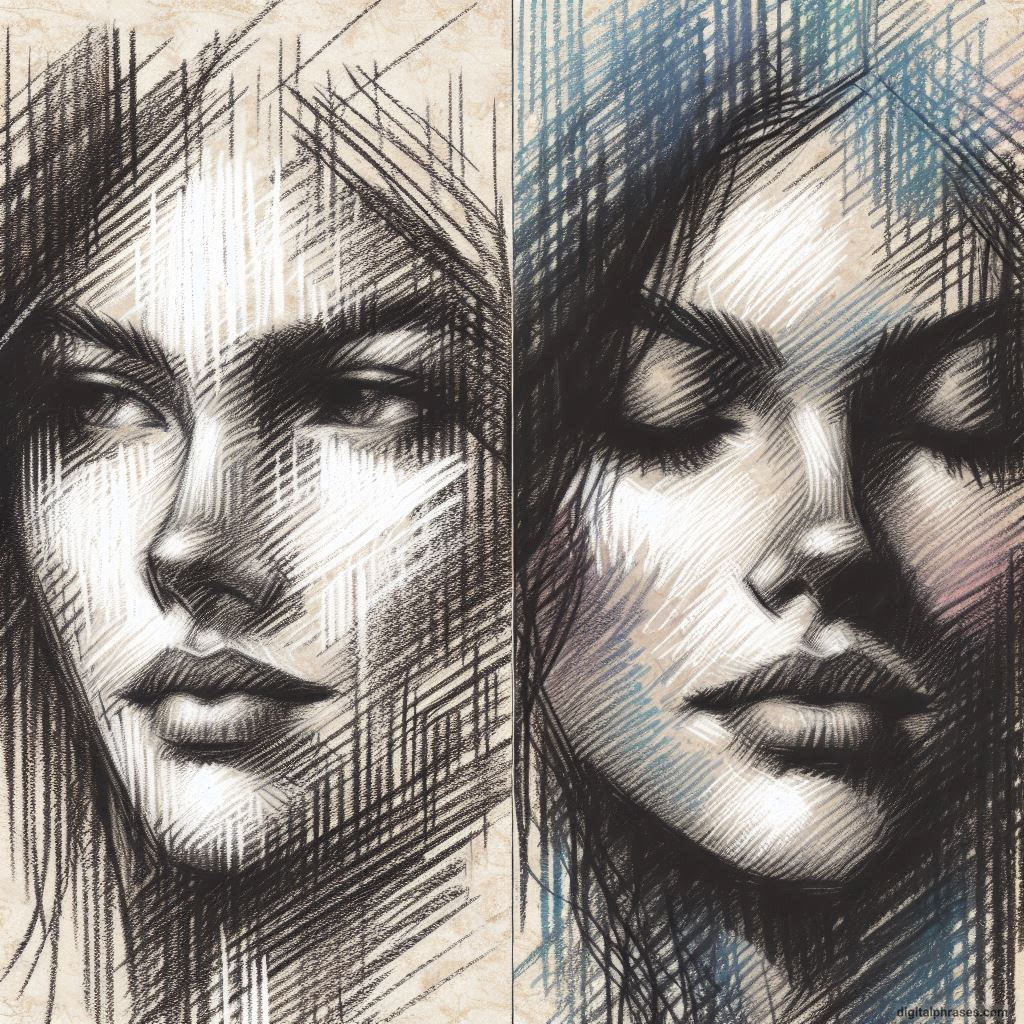
56
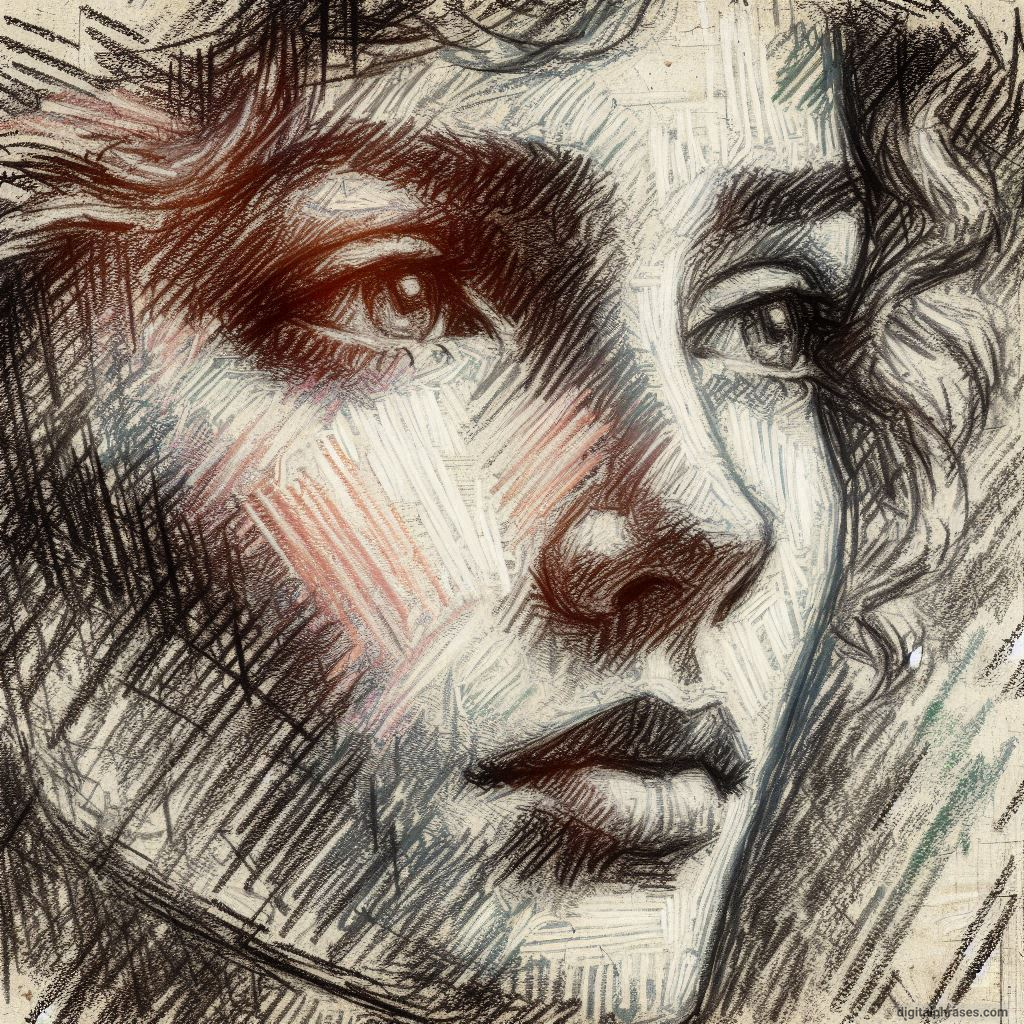
57
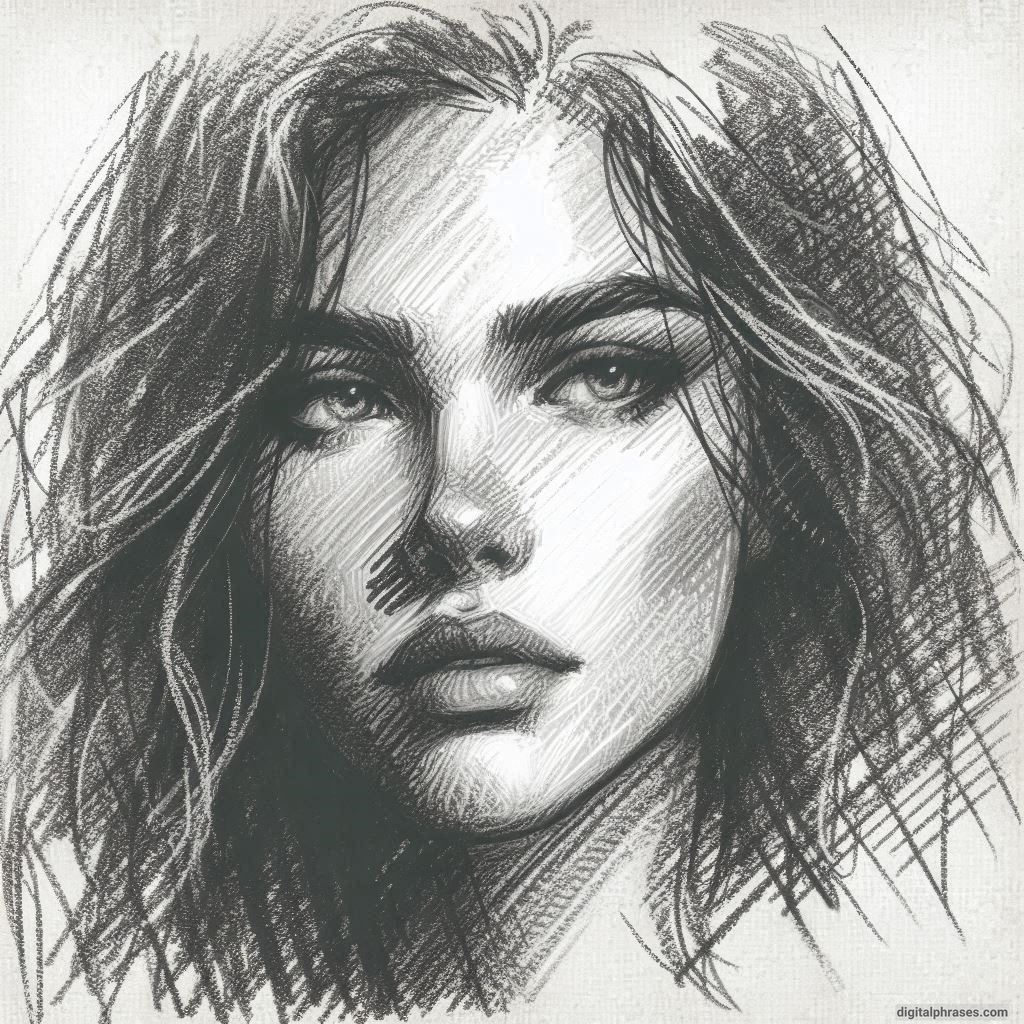
58
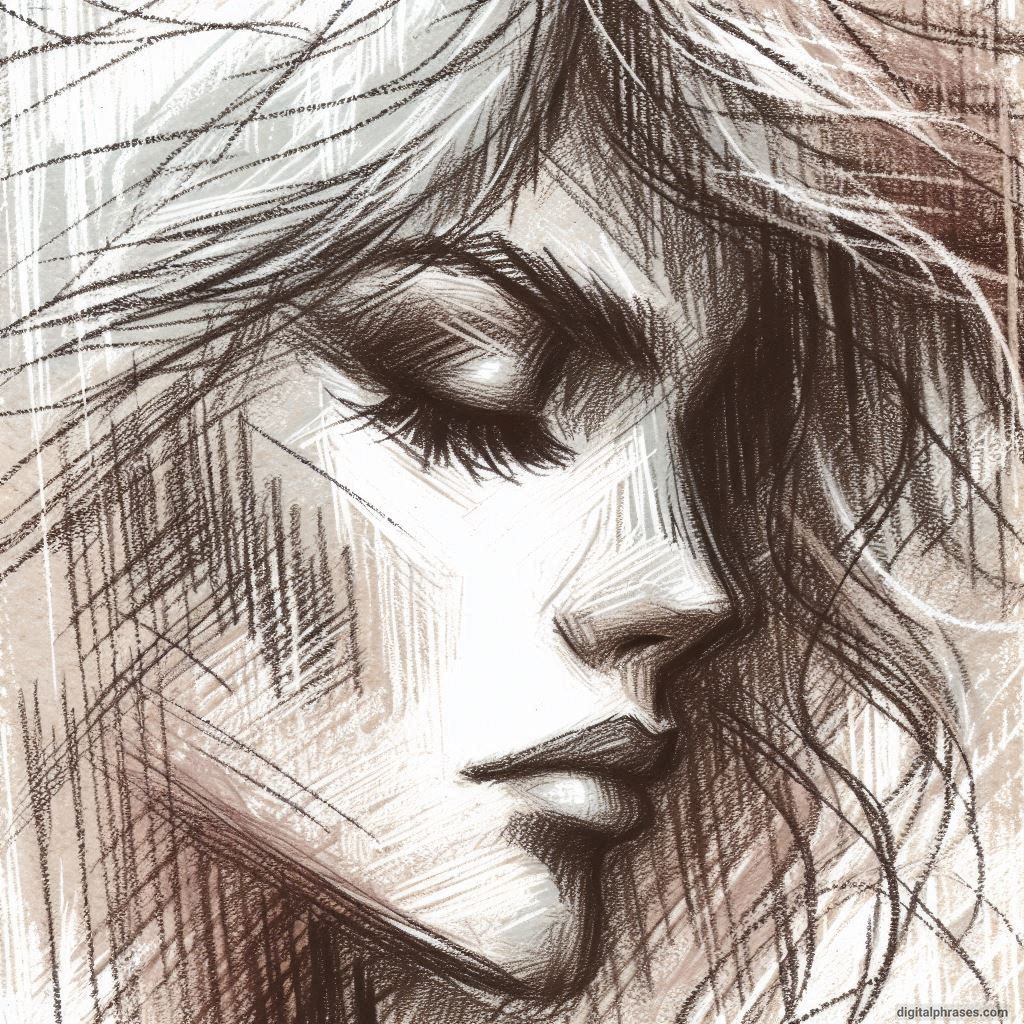
59
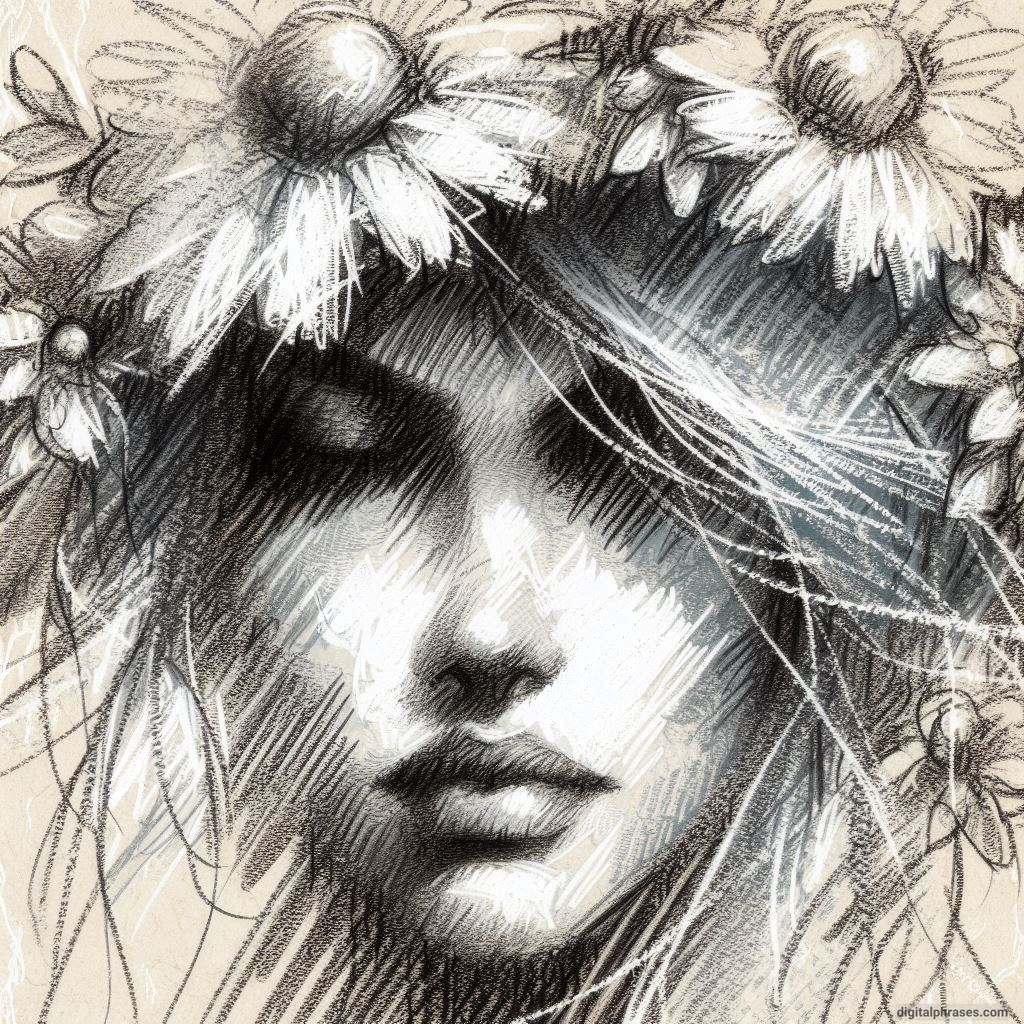
60
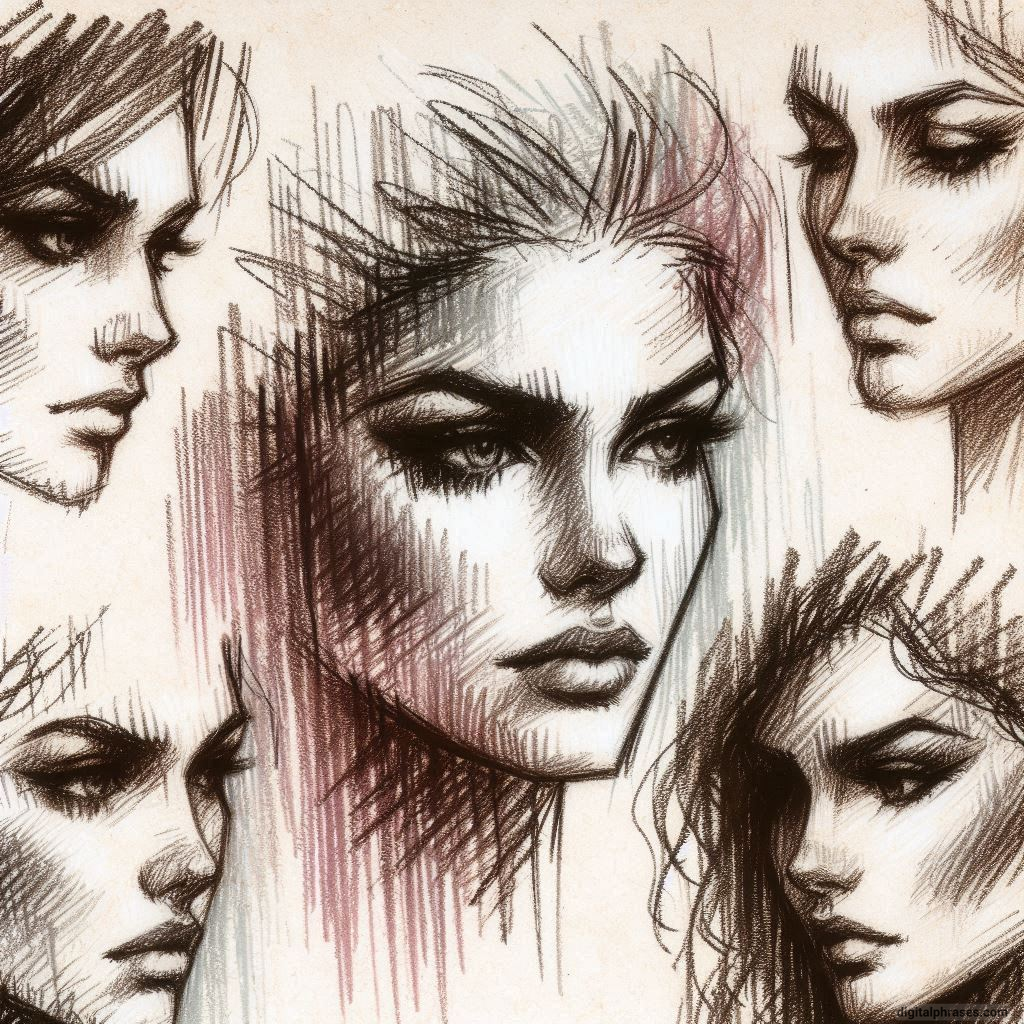
61
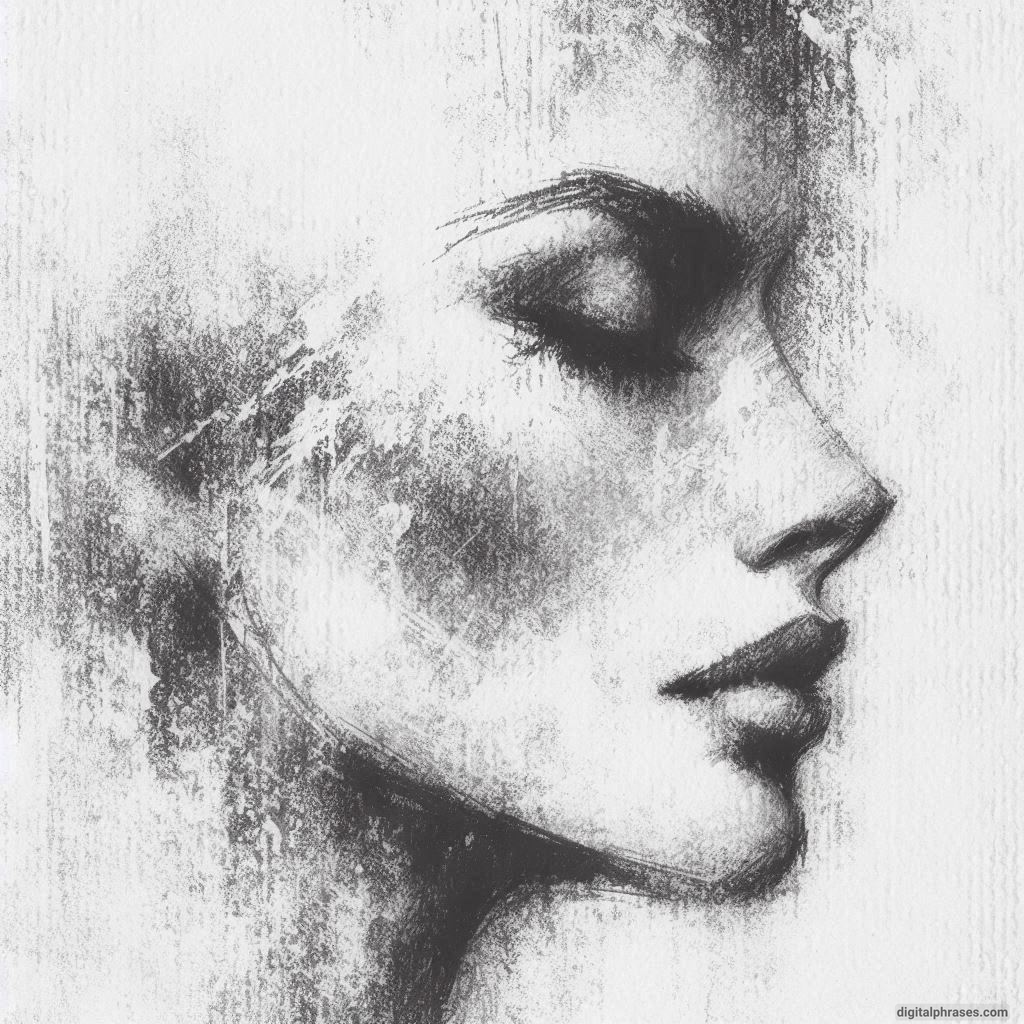
62
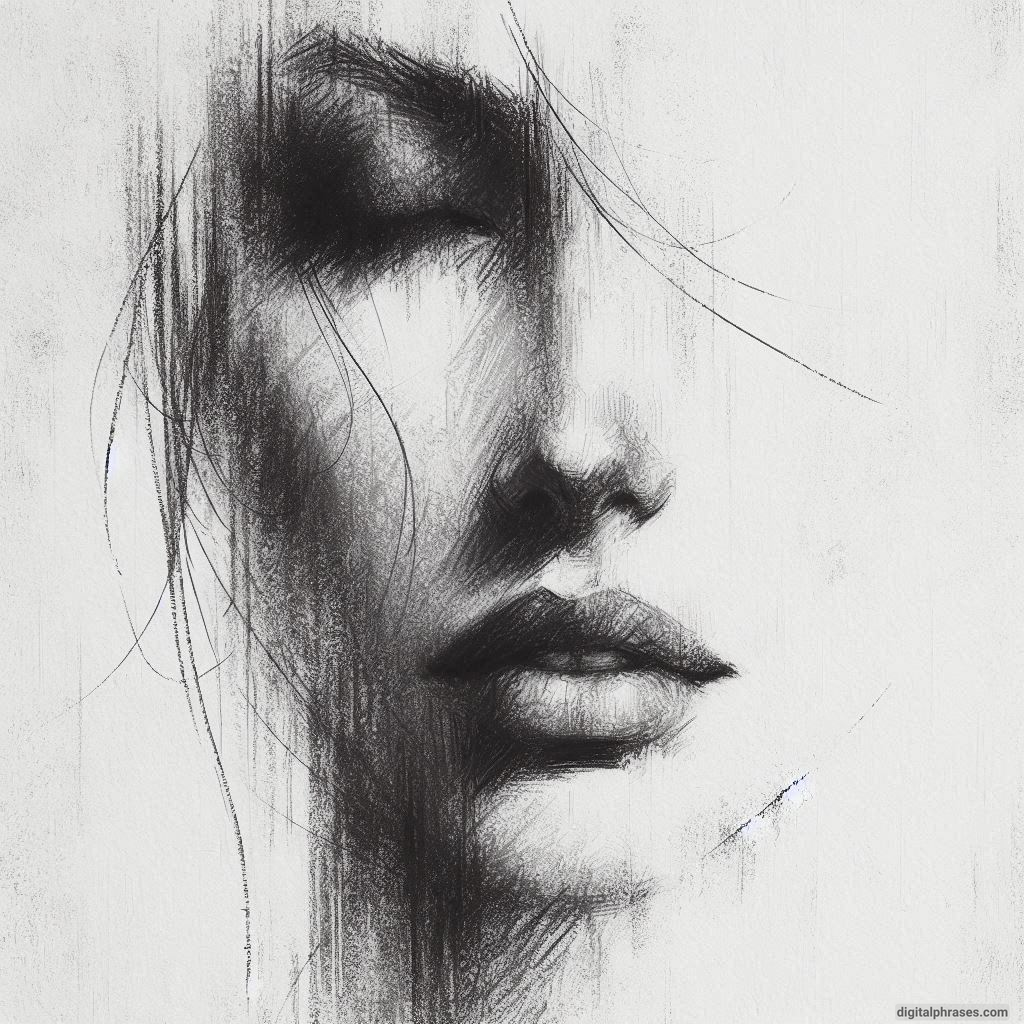
63
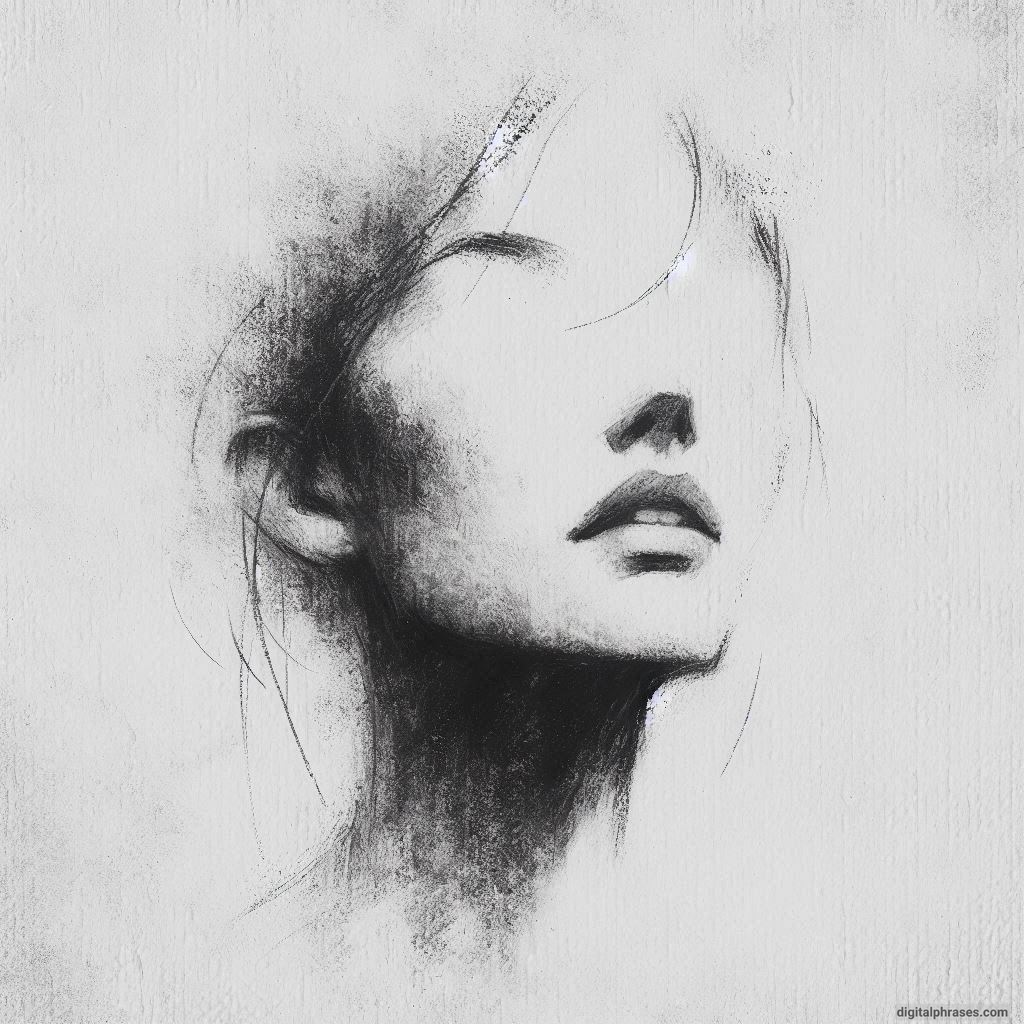
64
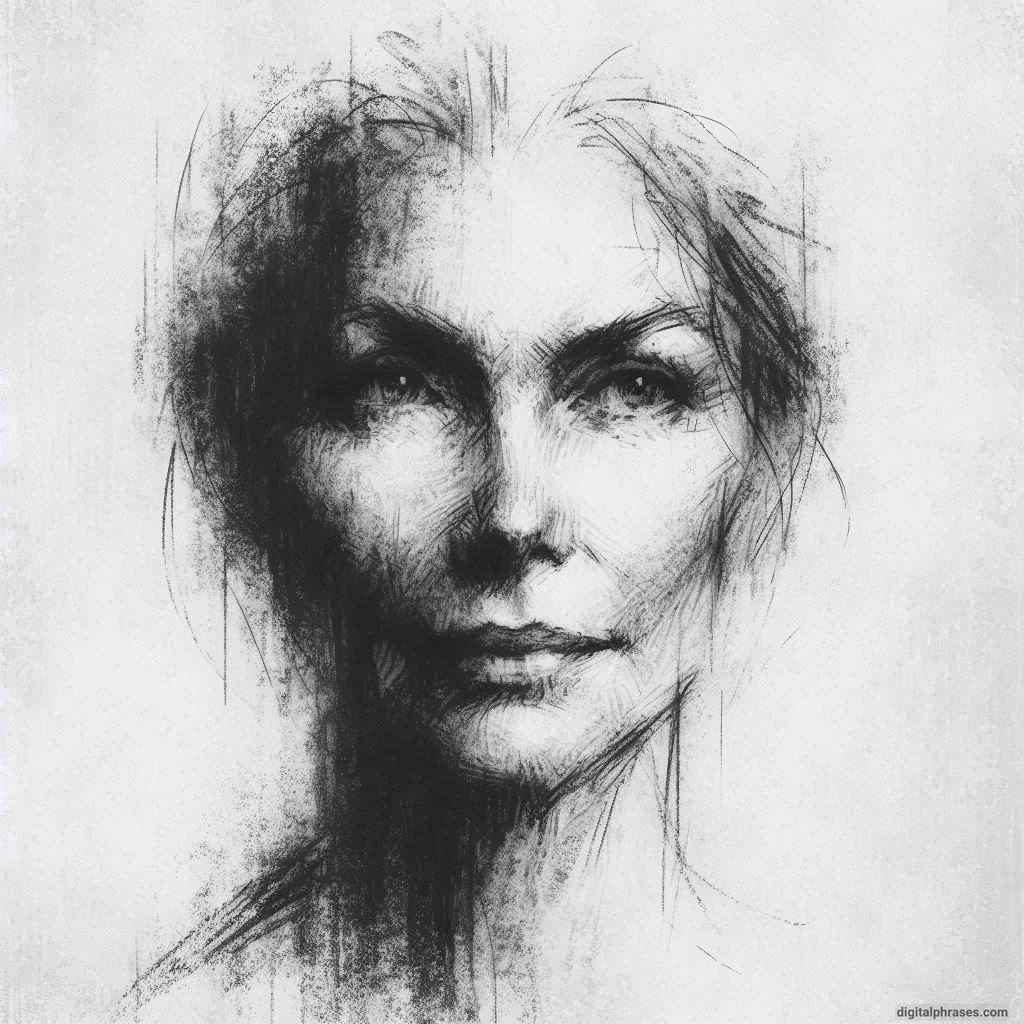
65
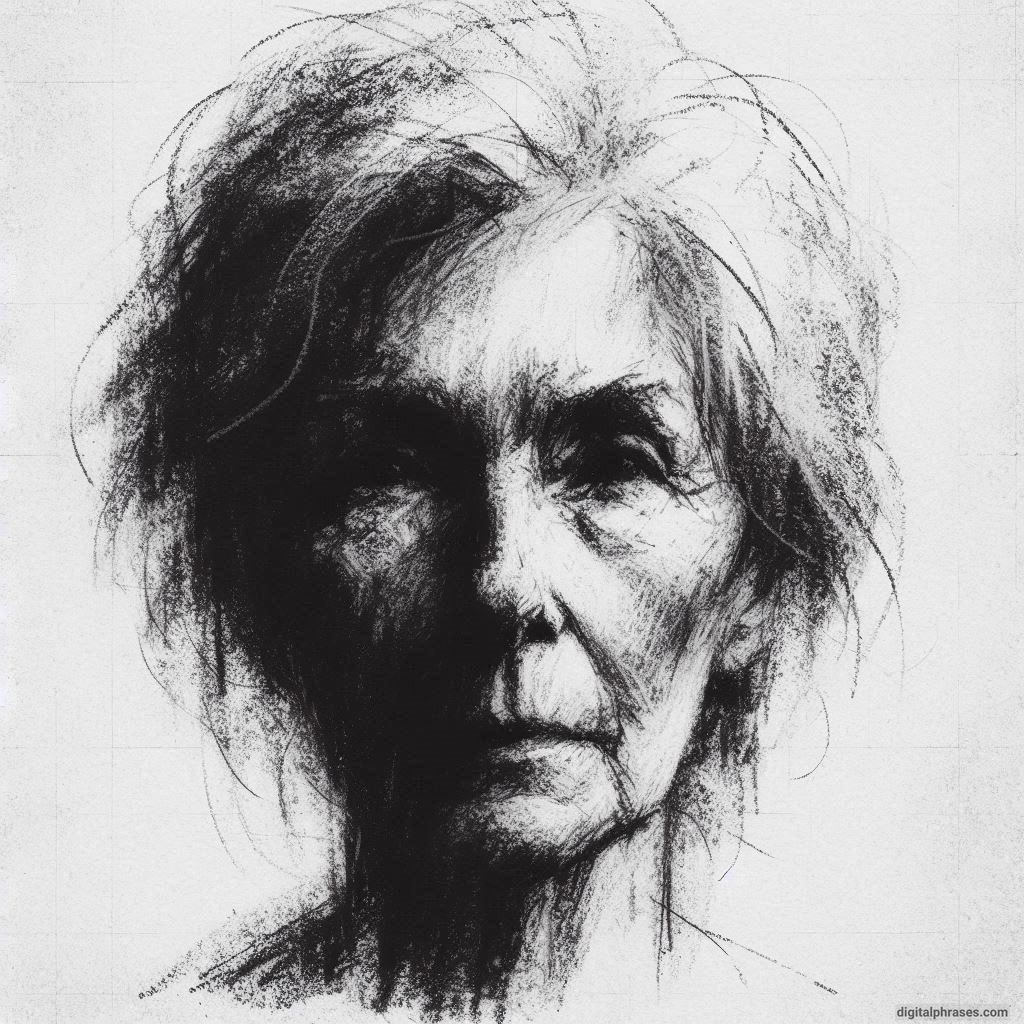
66
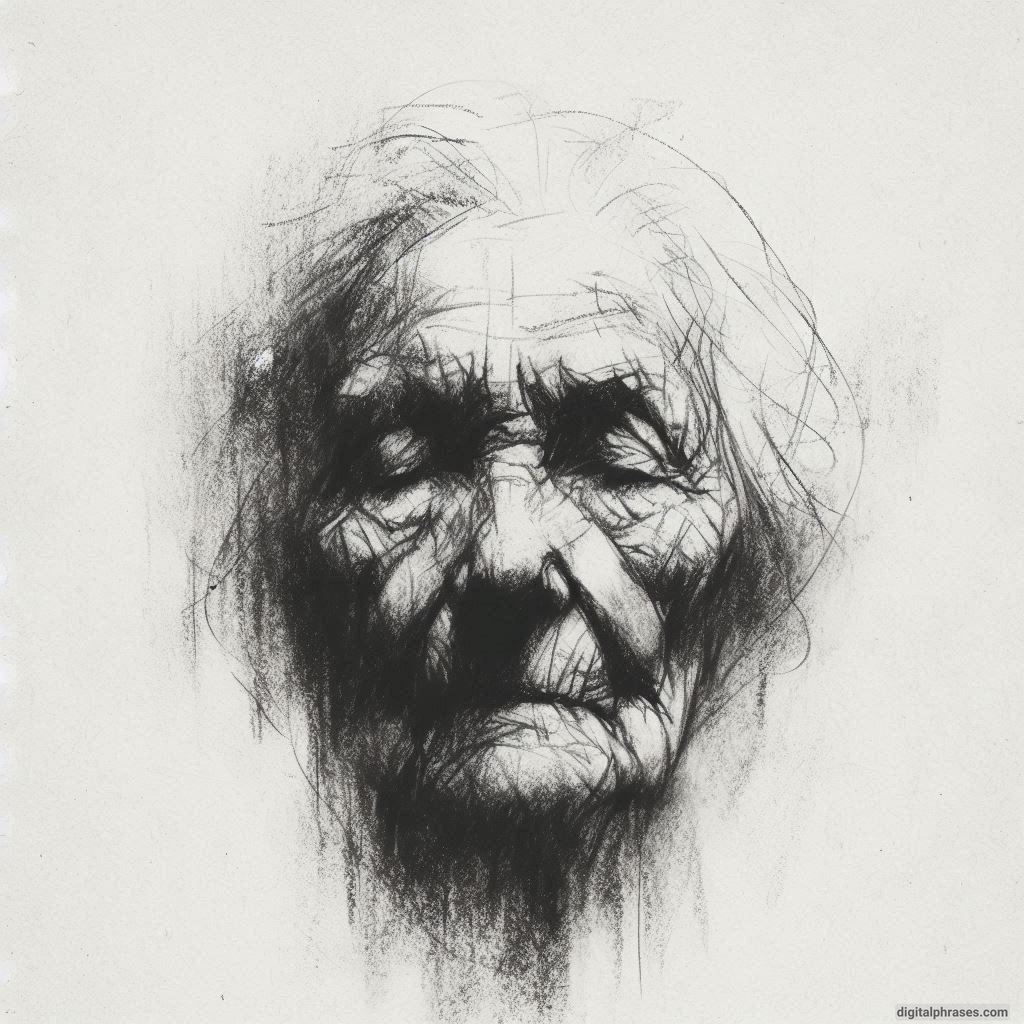
67
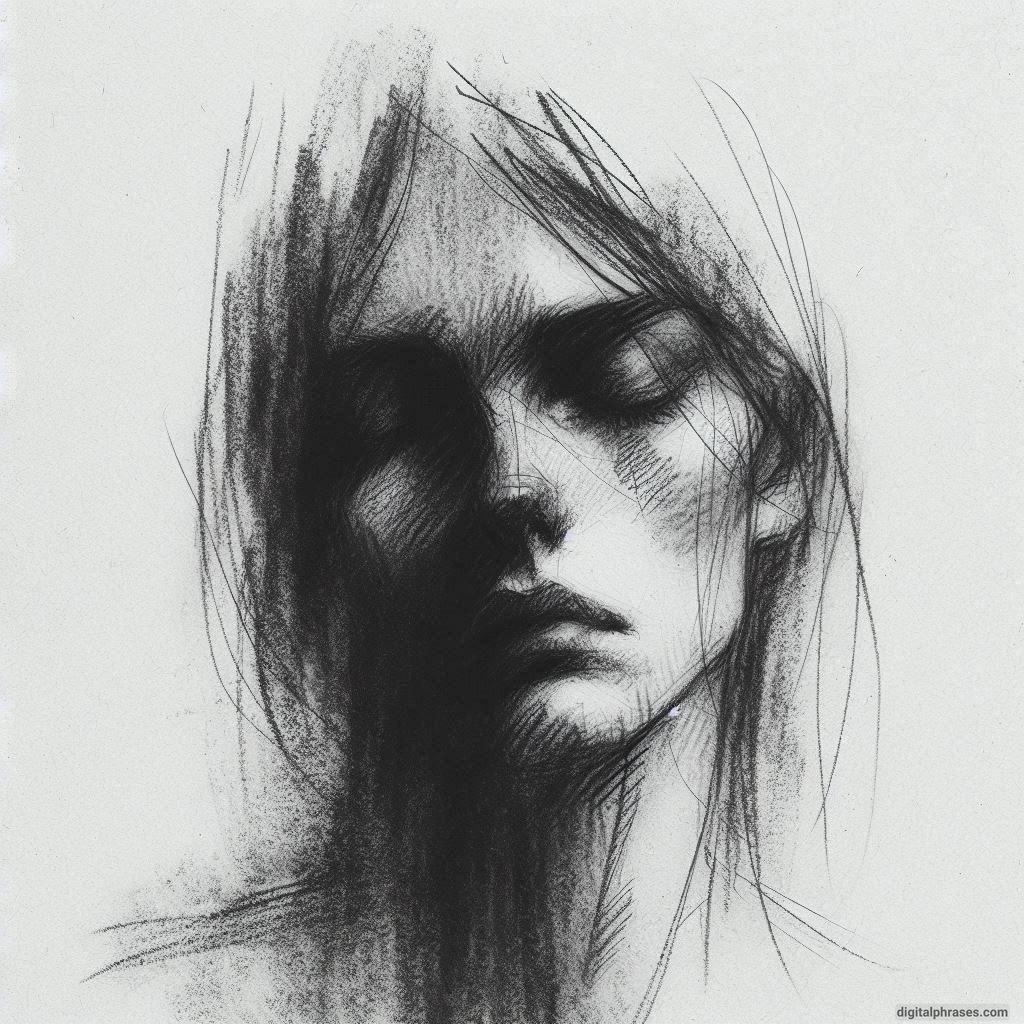
68

69
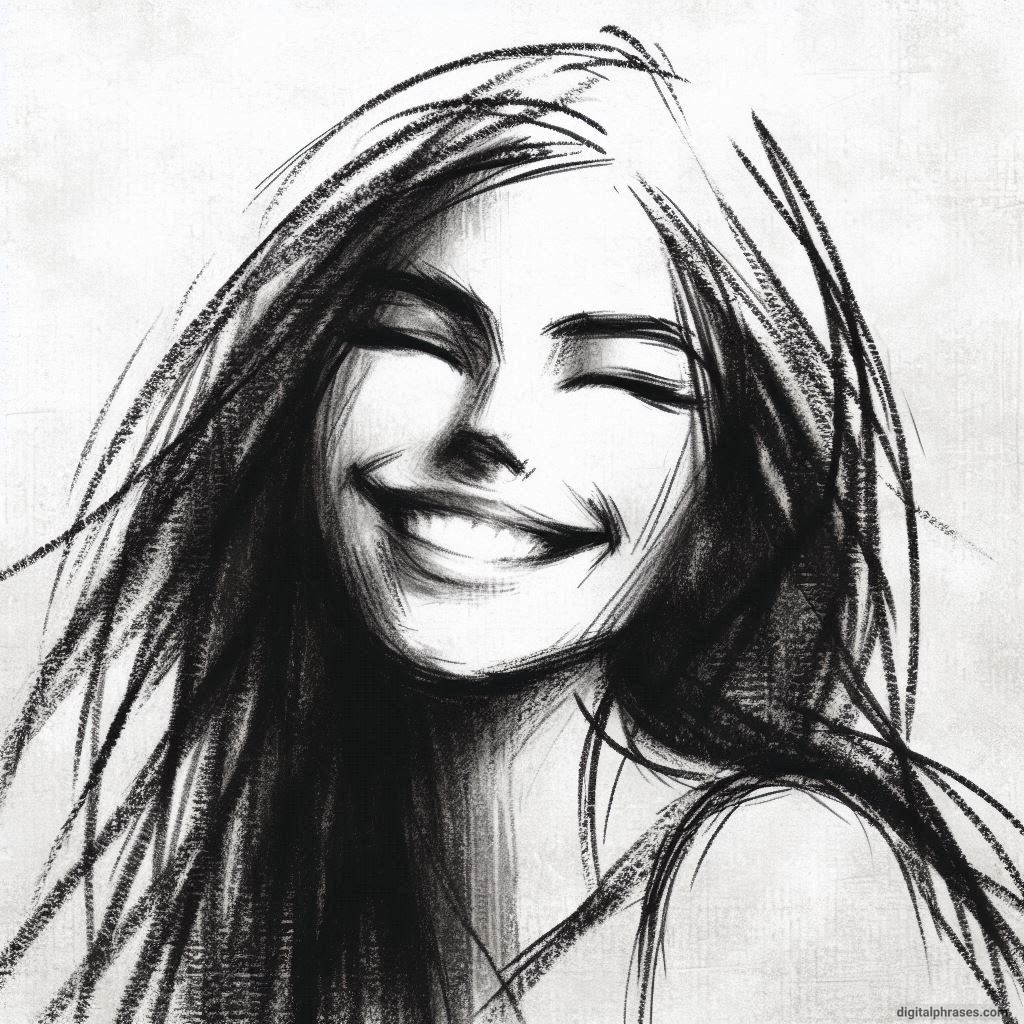
70
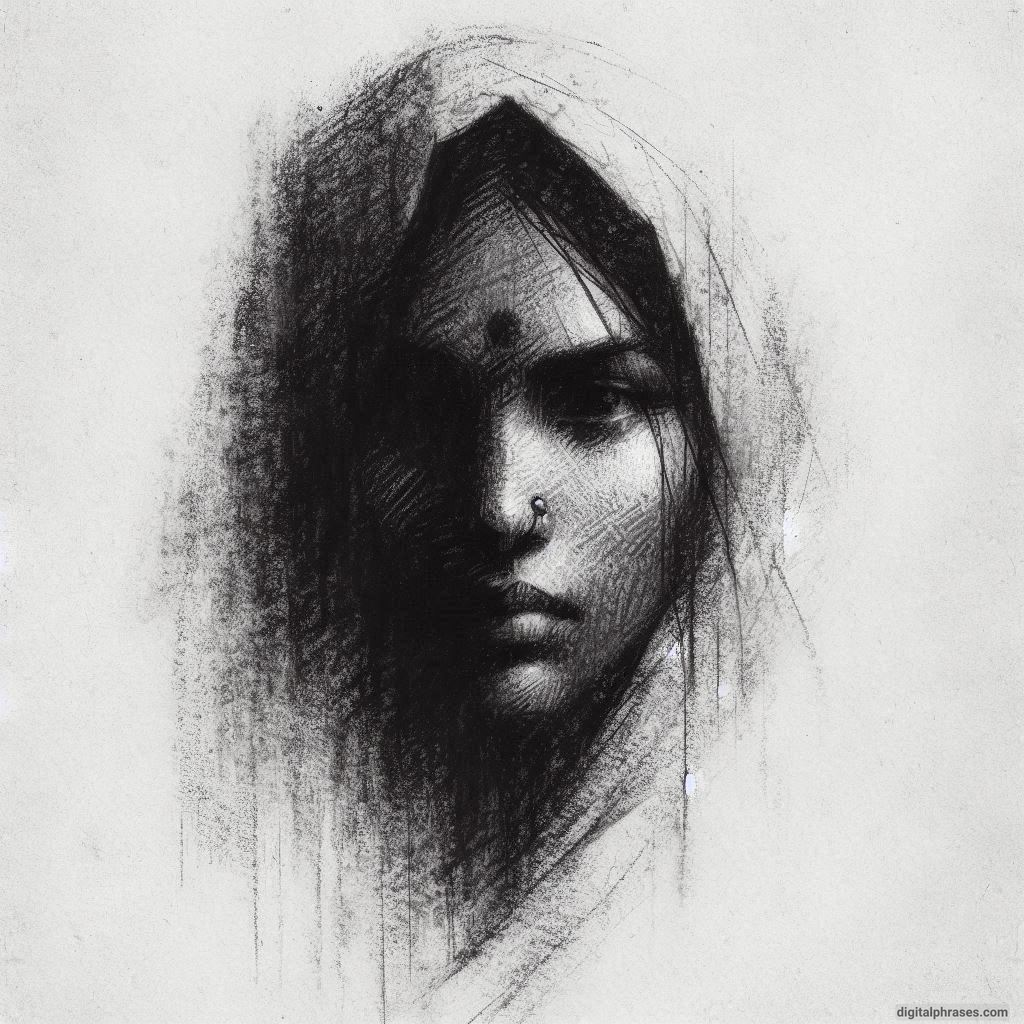
71
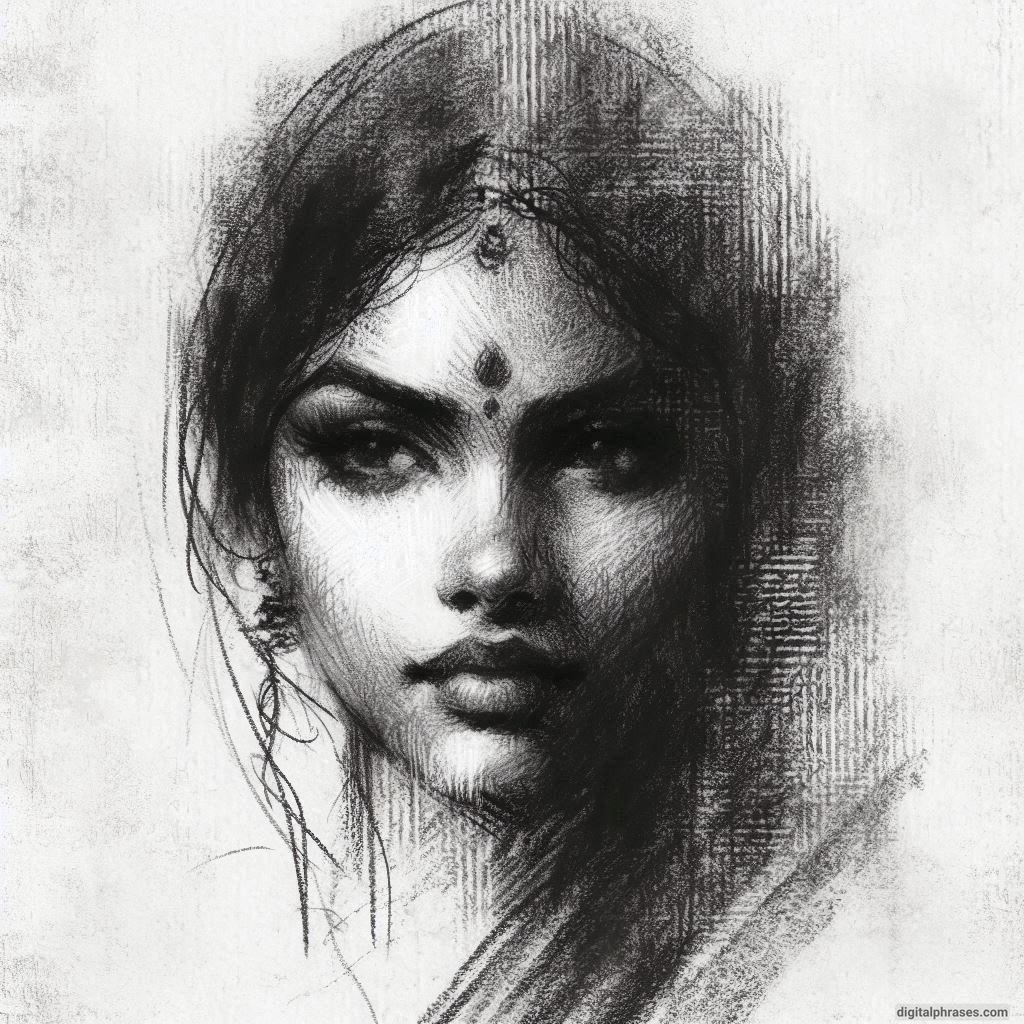
72
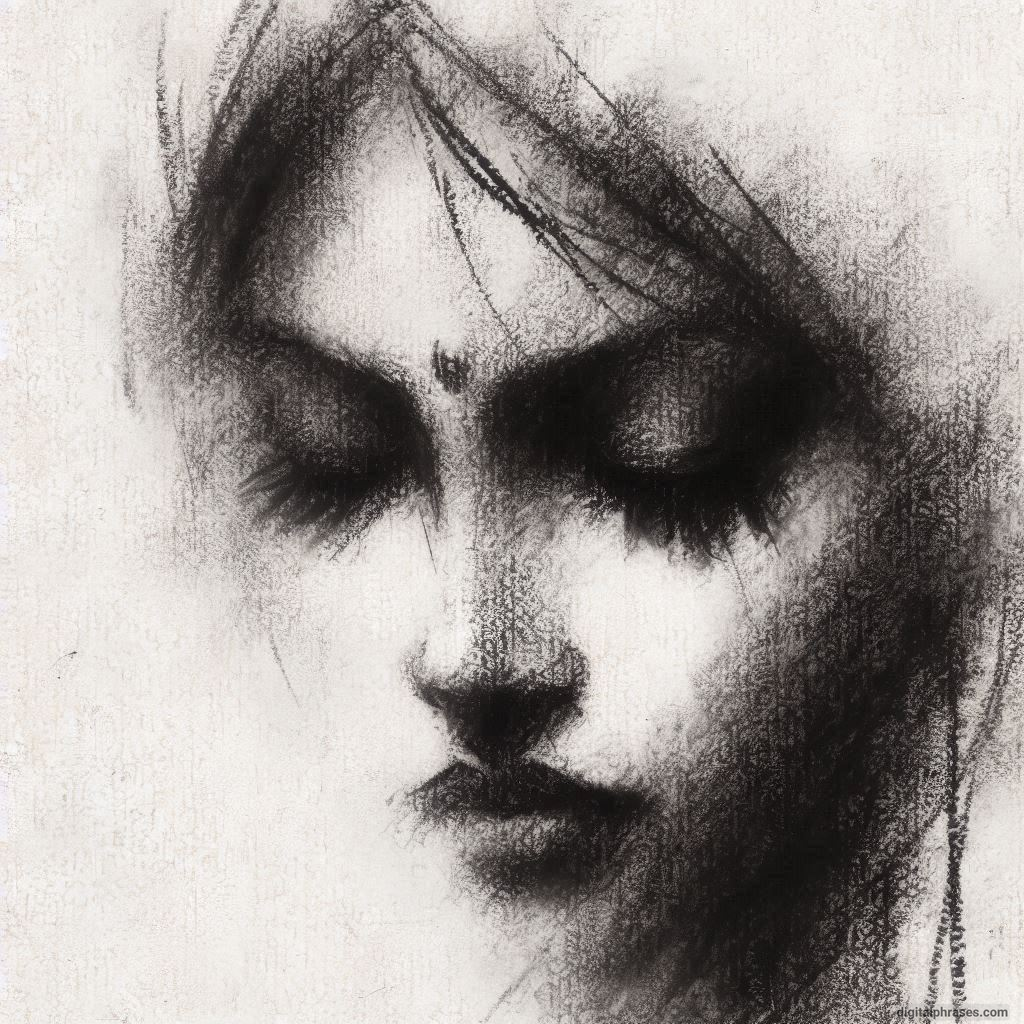
73
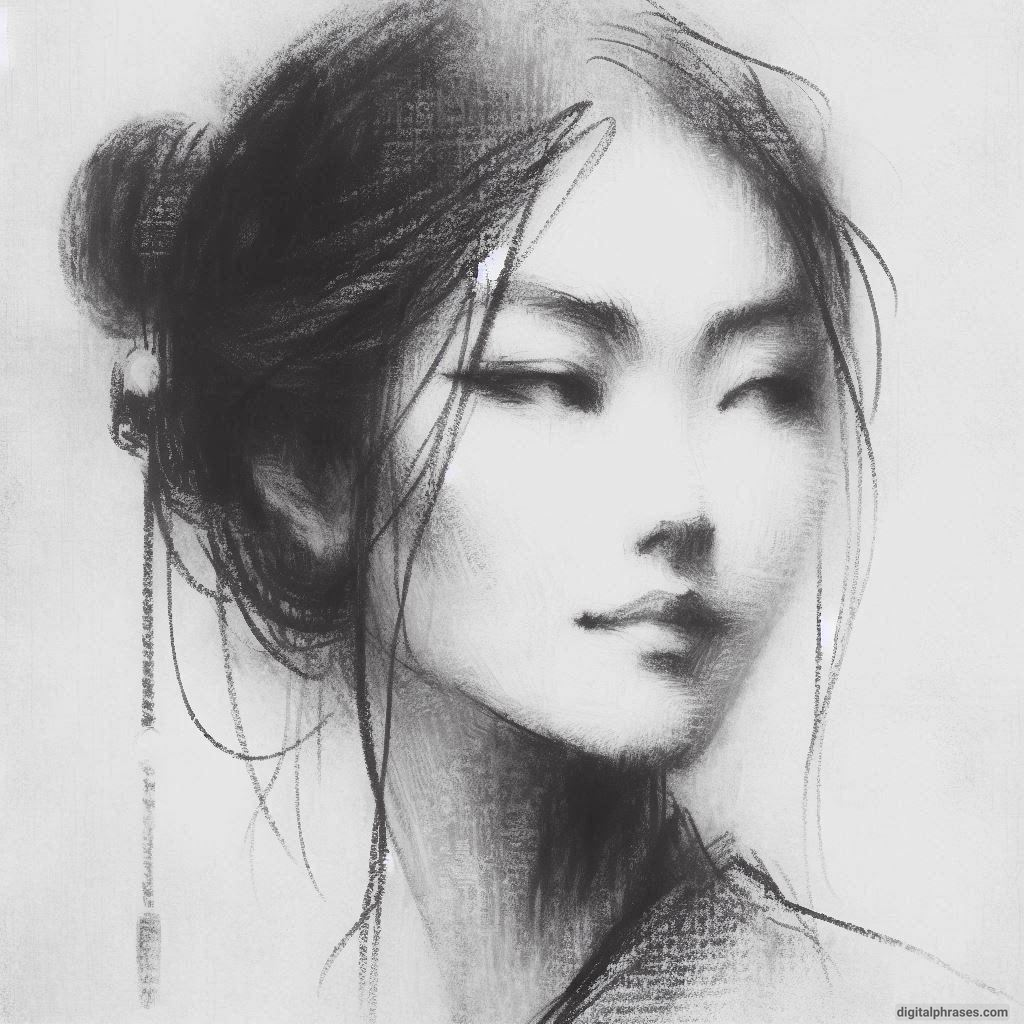
74
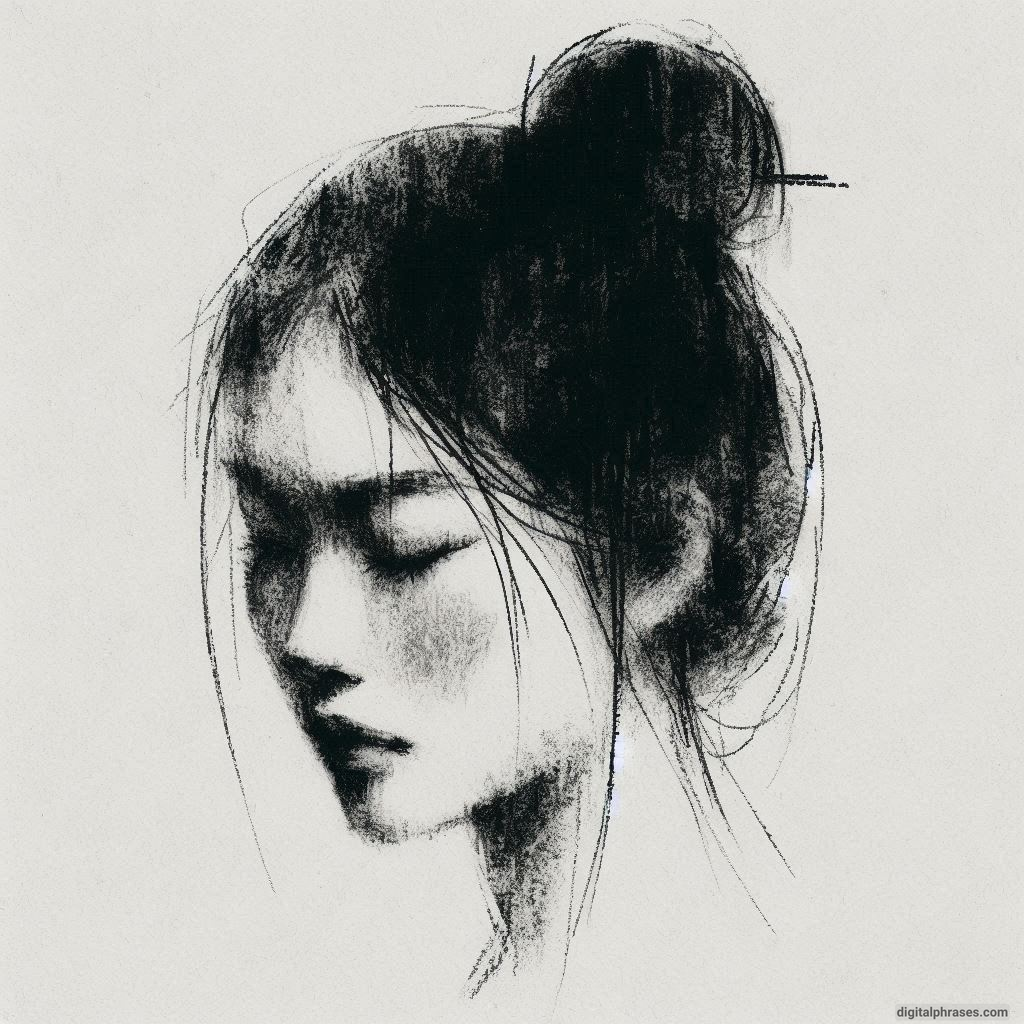
75
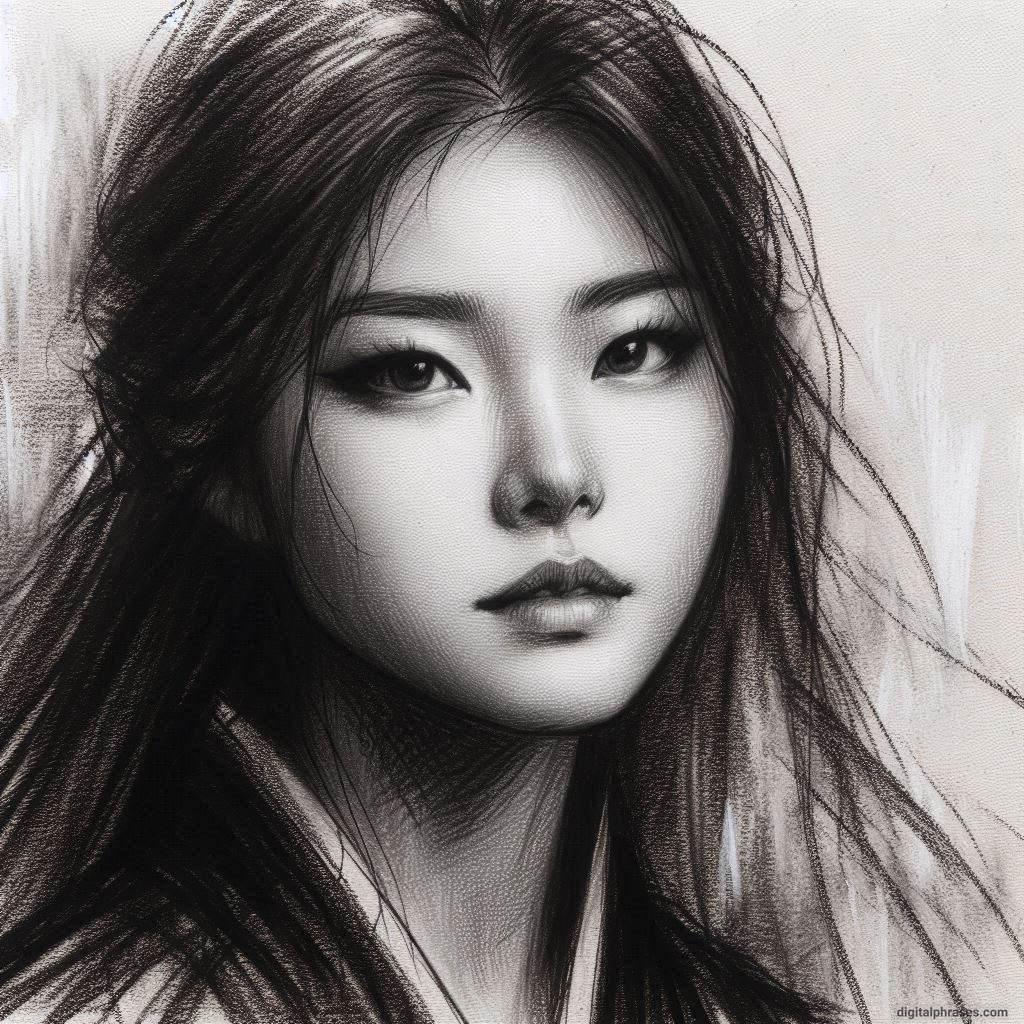
76
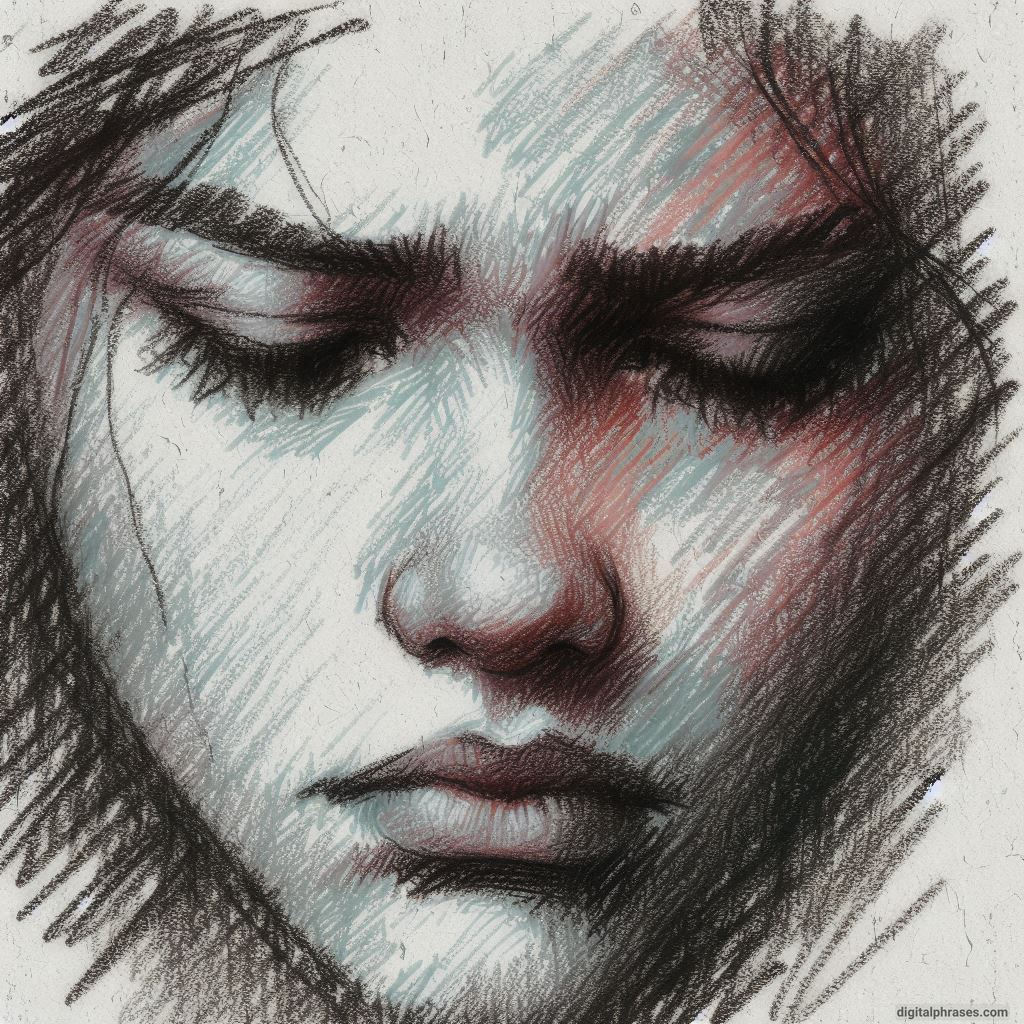
77
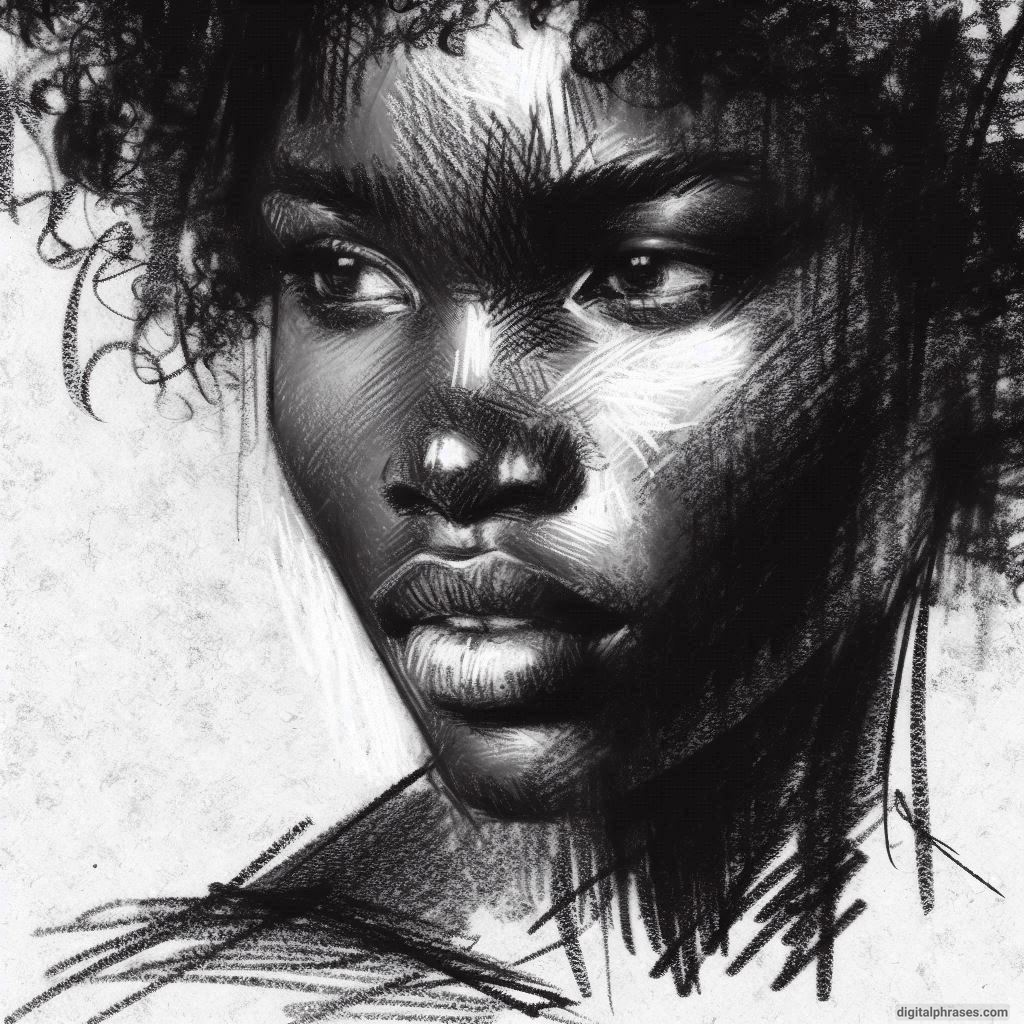
78

79
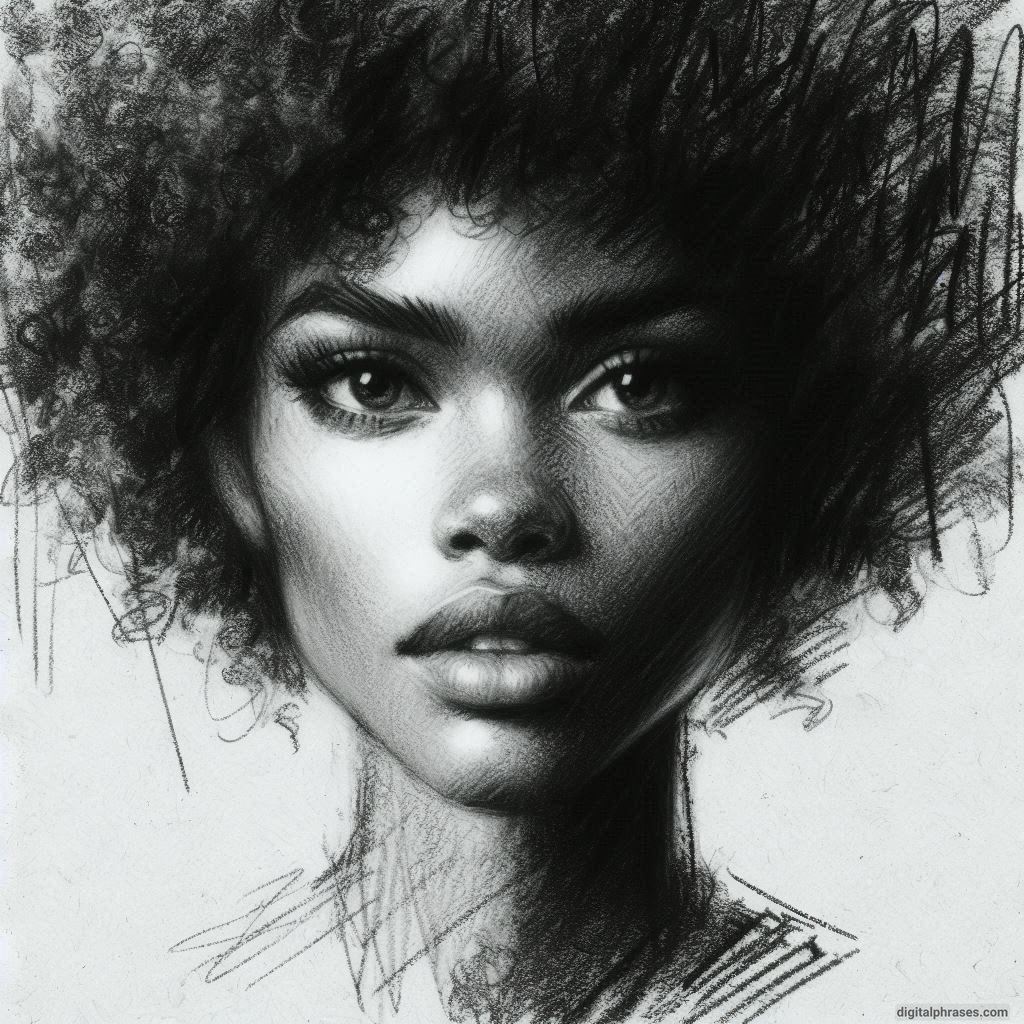
80
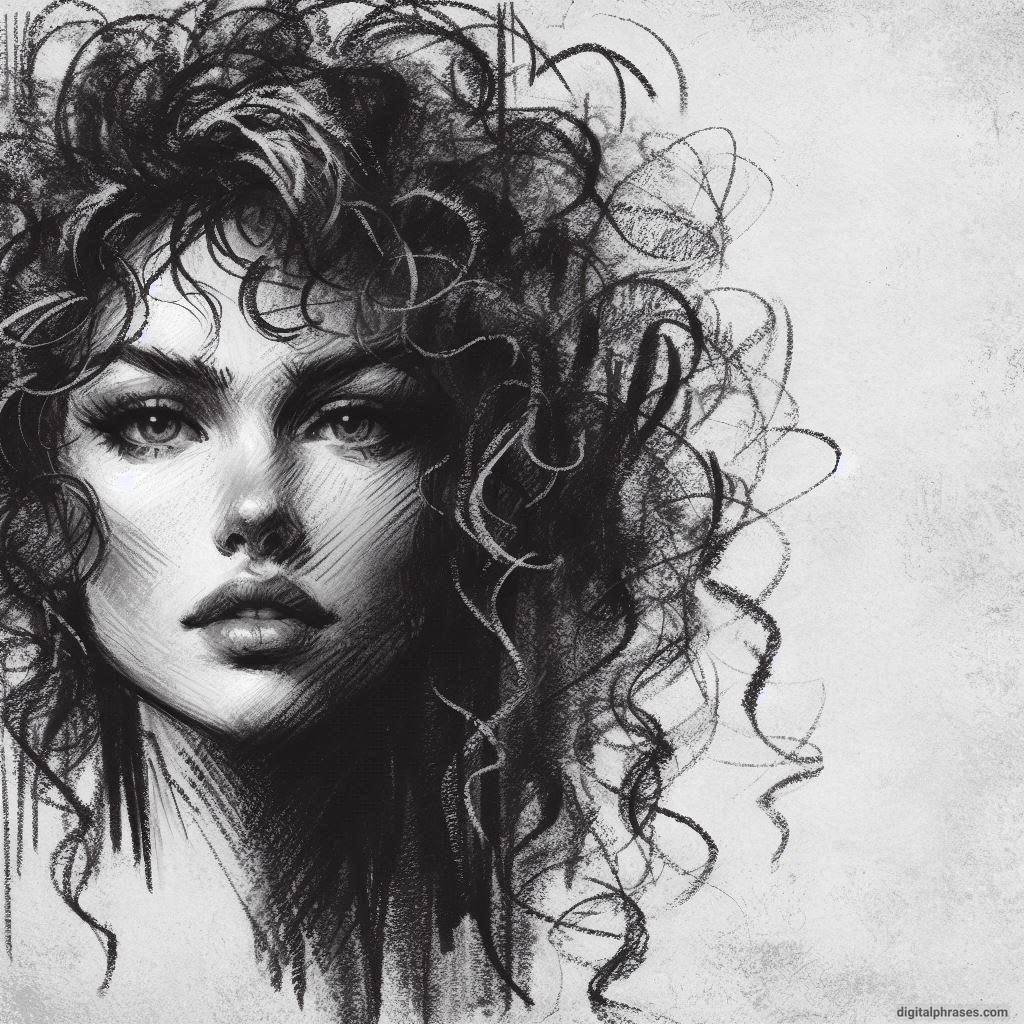
81
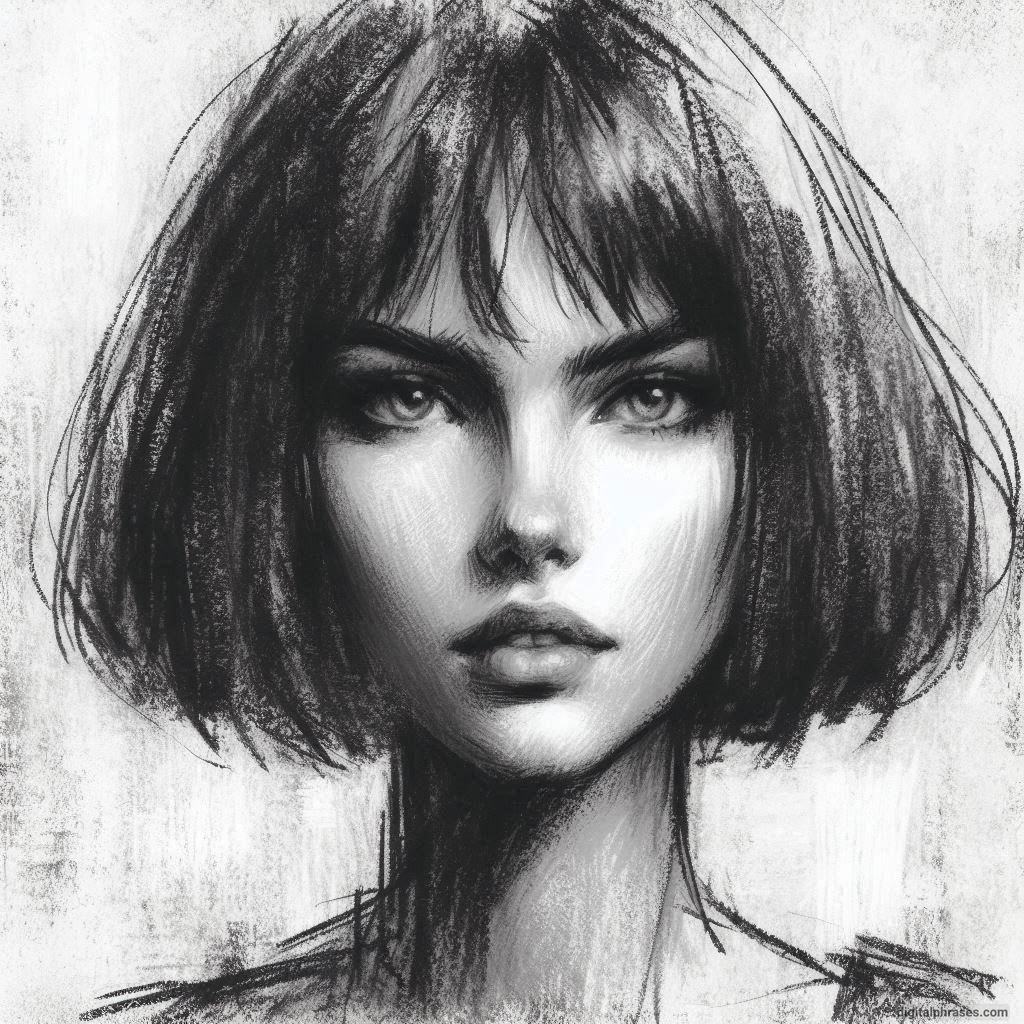
82
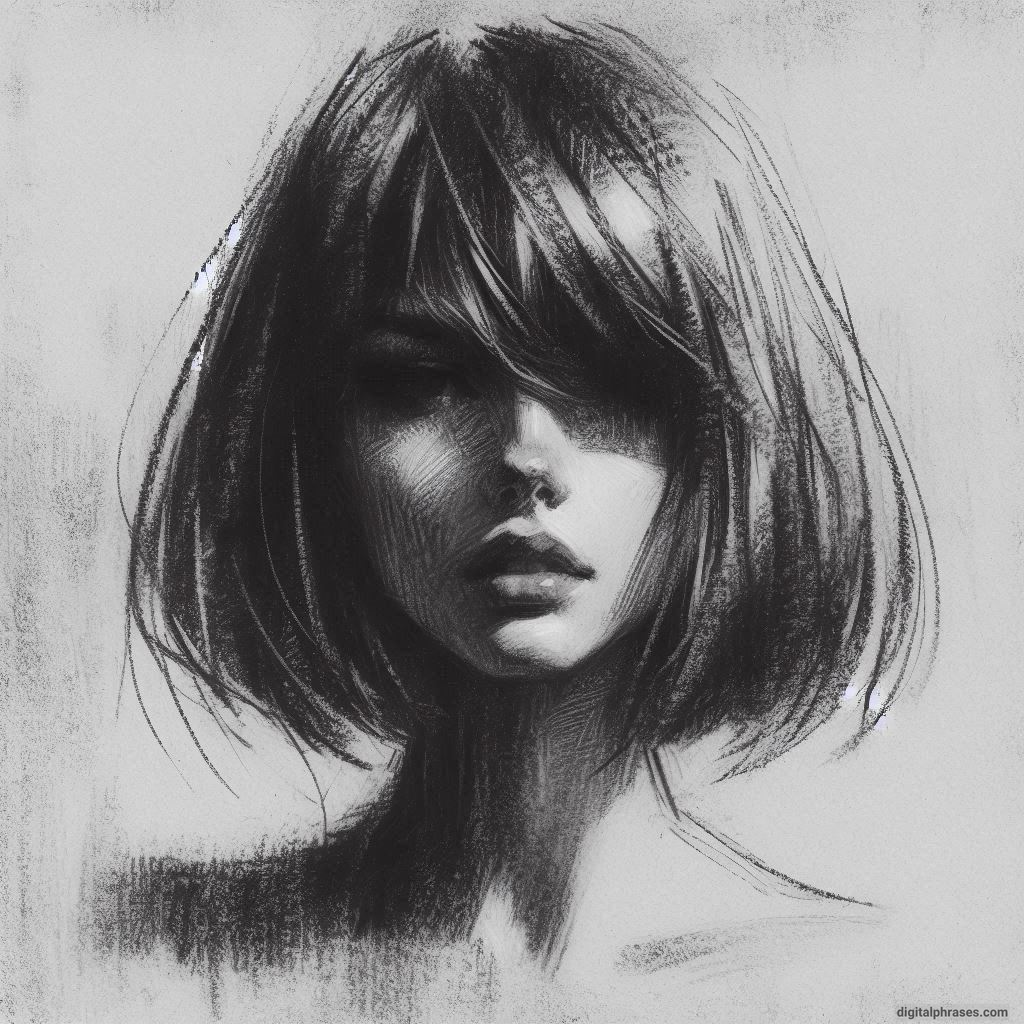
83
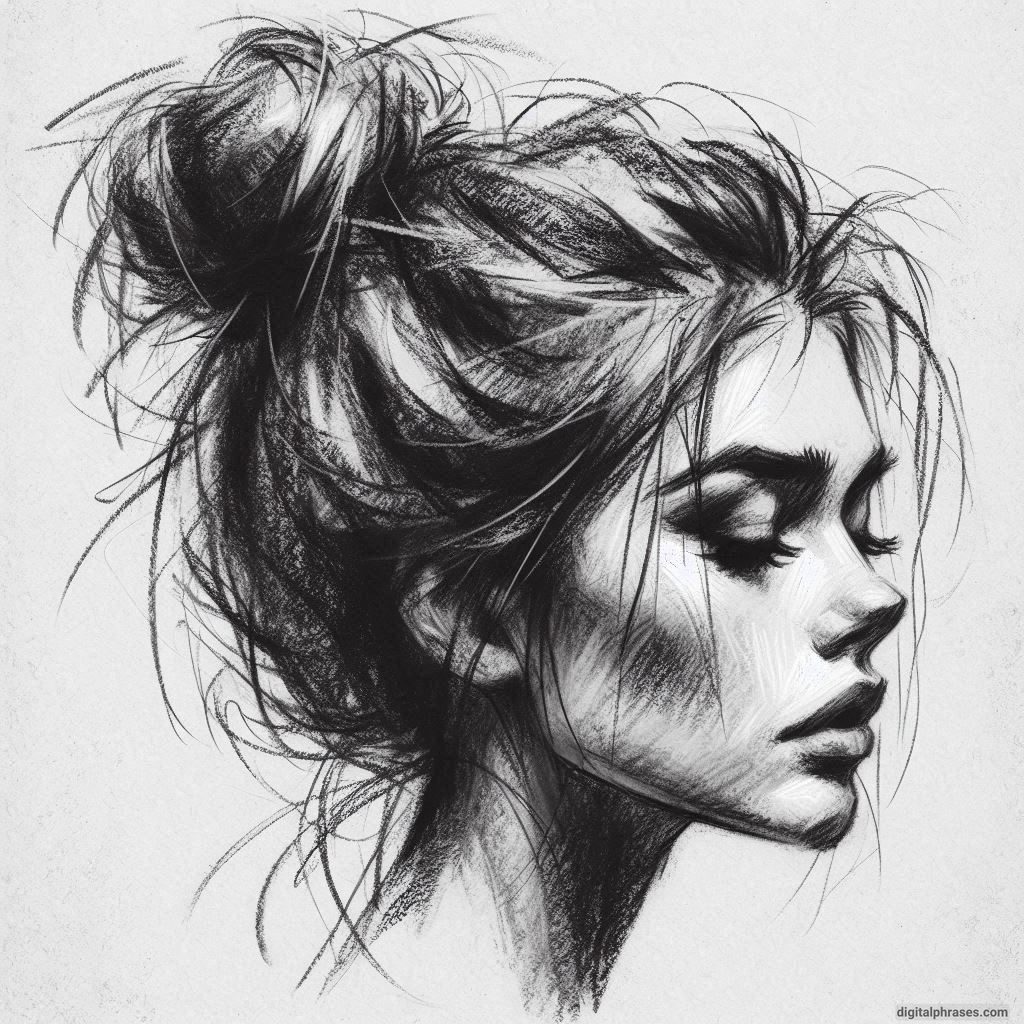
84
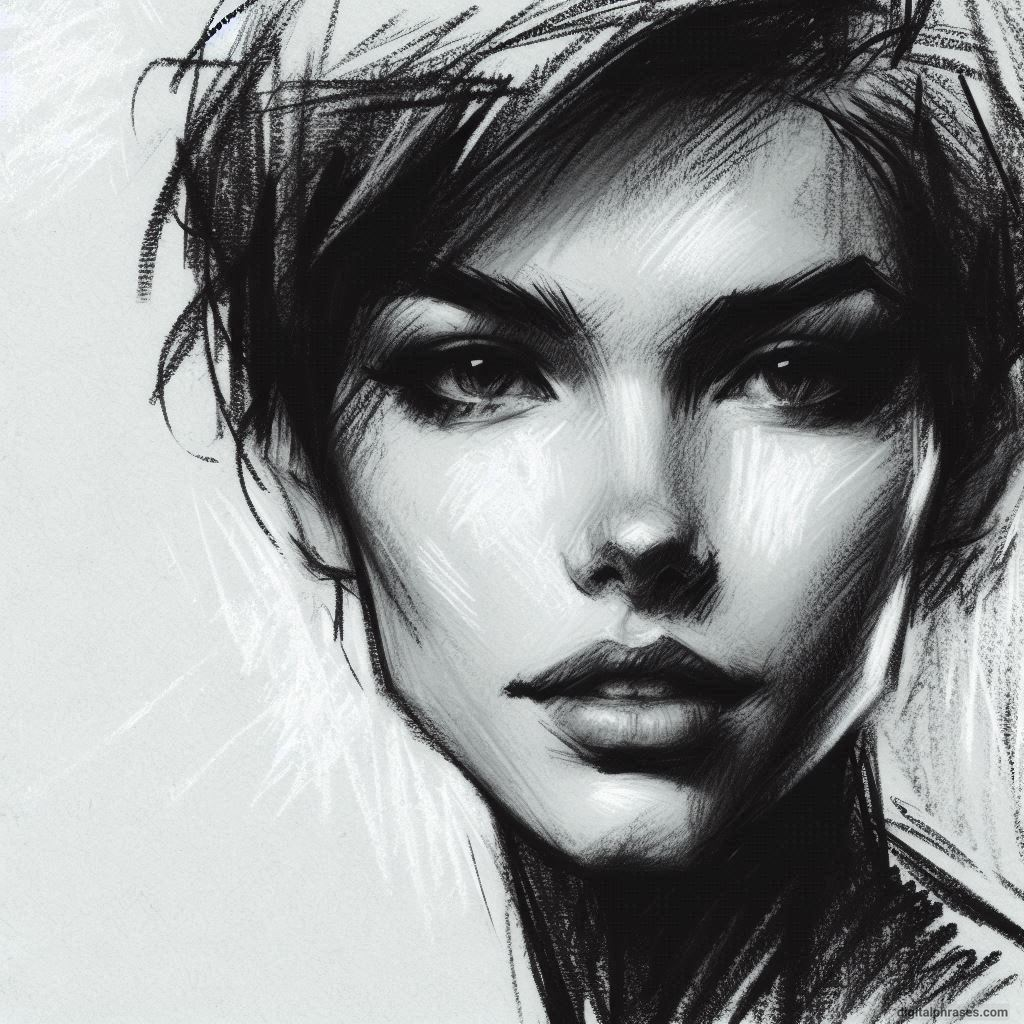
85
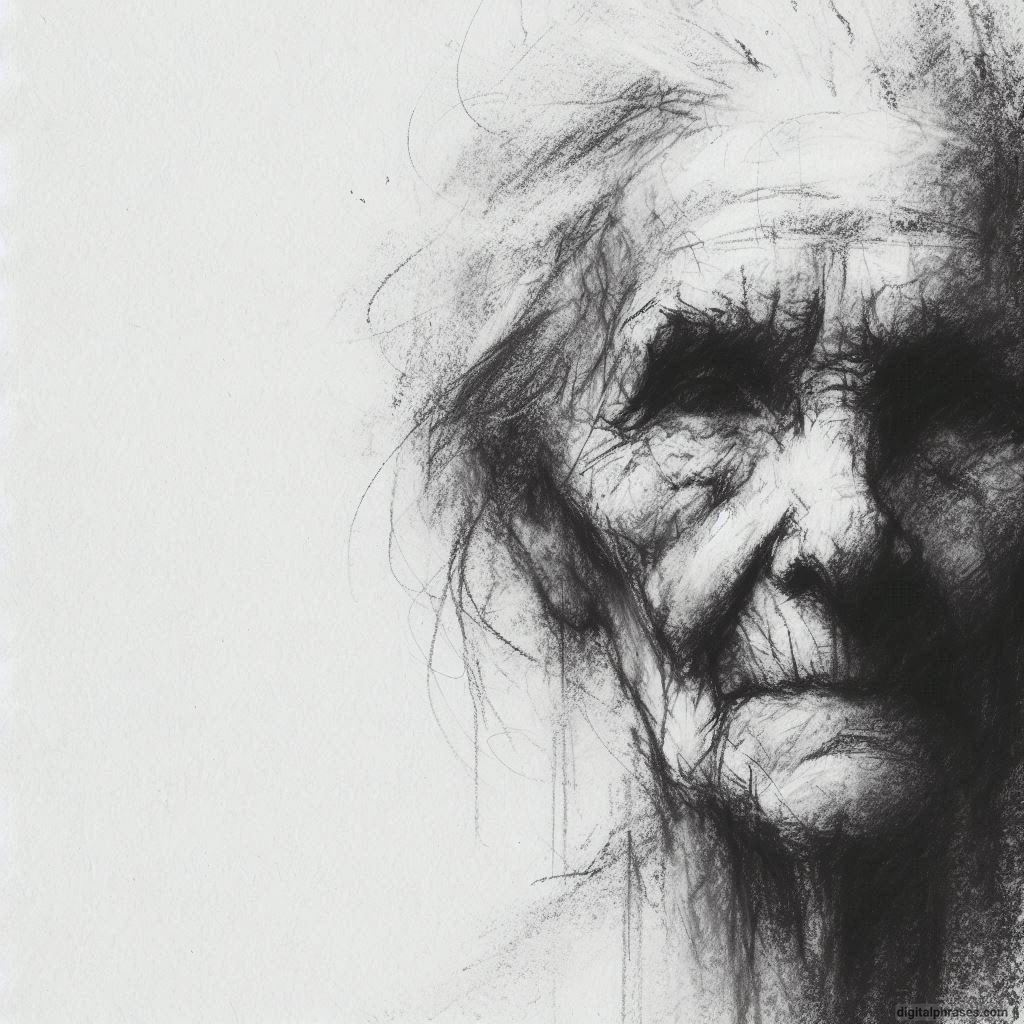
86
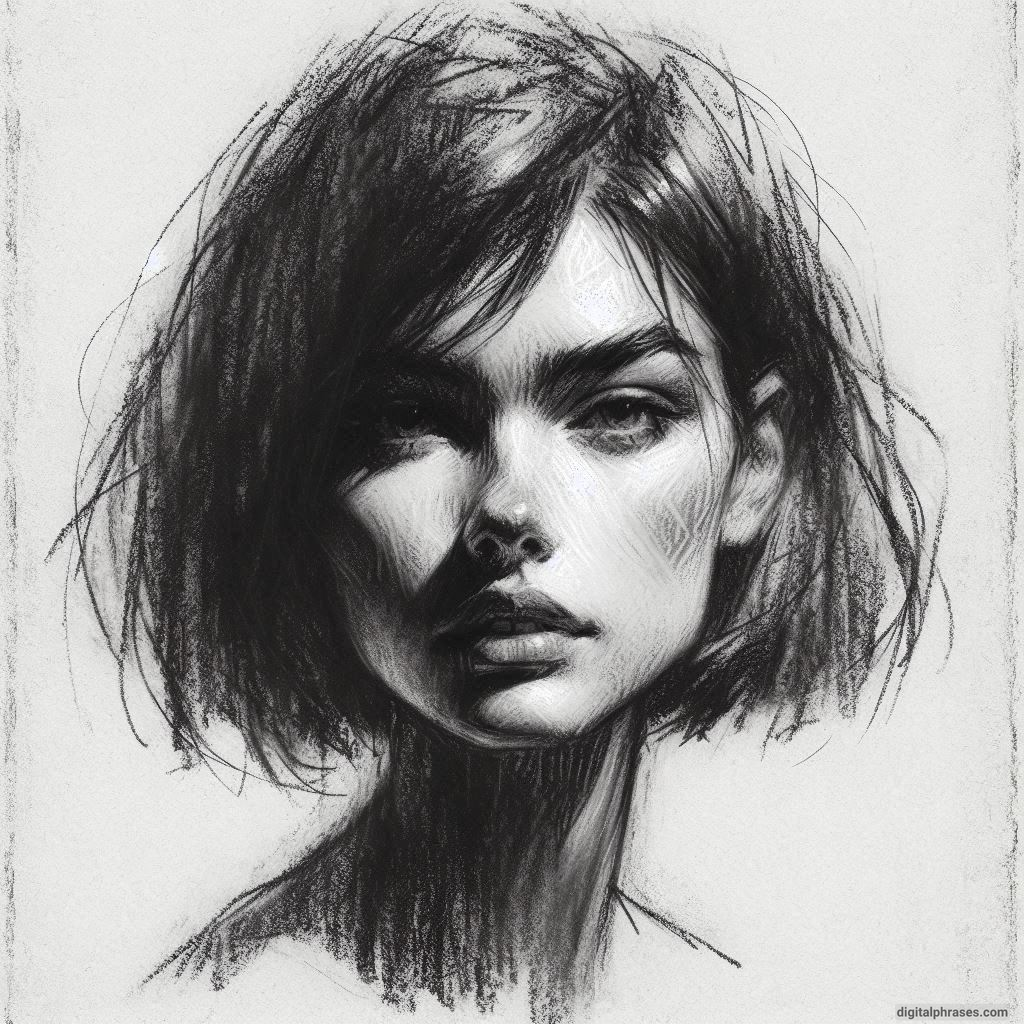
87
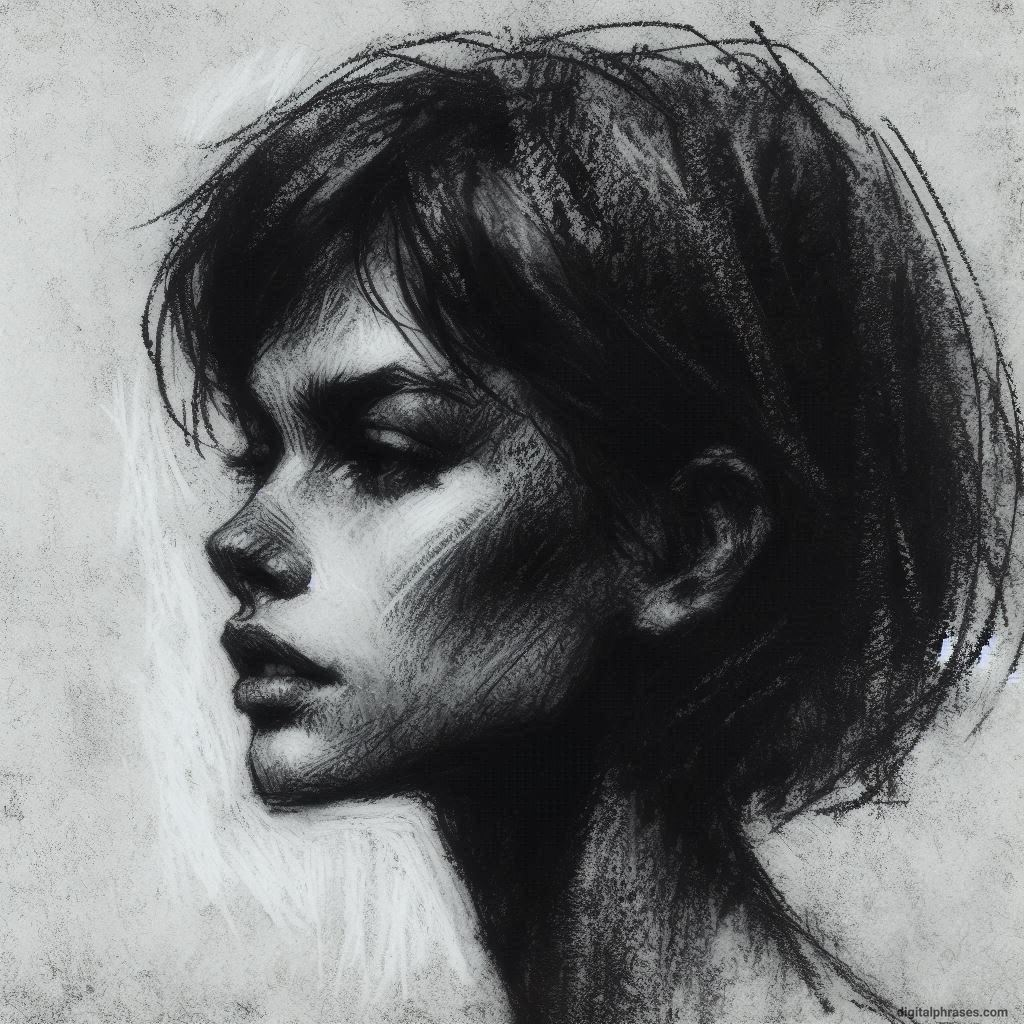
88
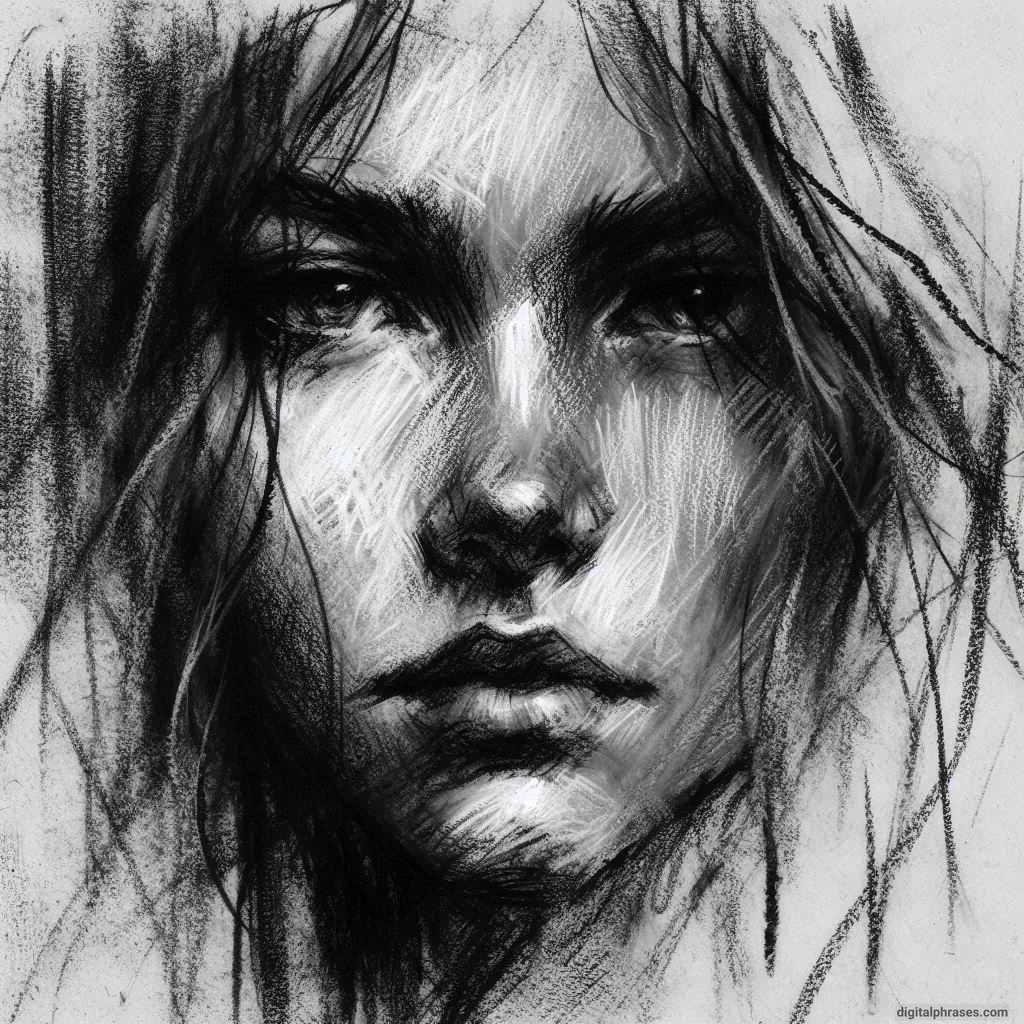
89
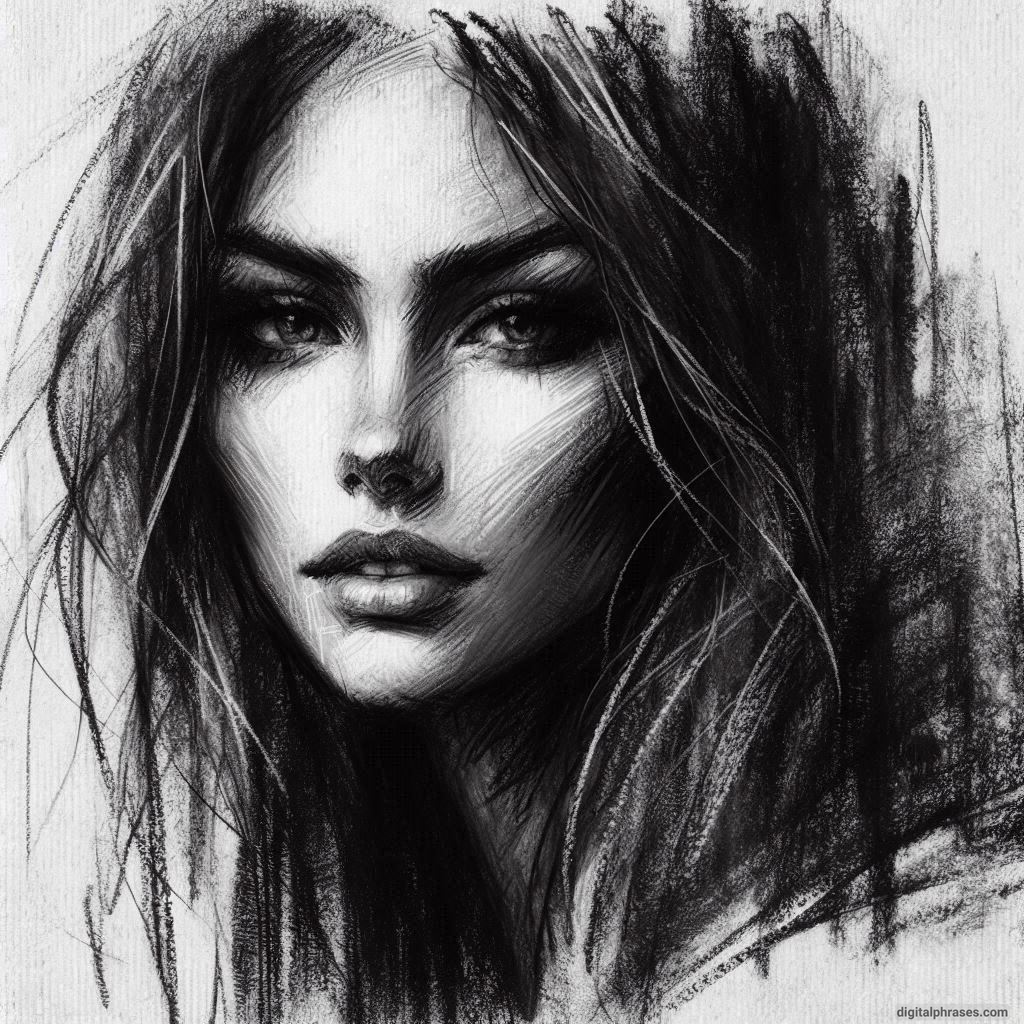
90

91
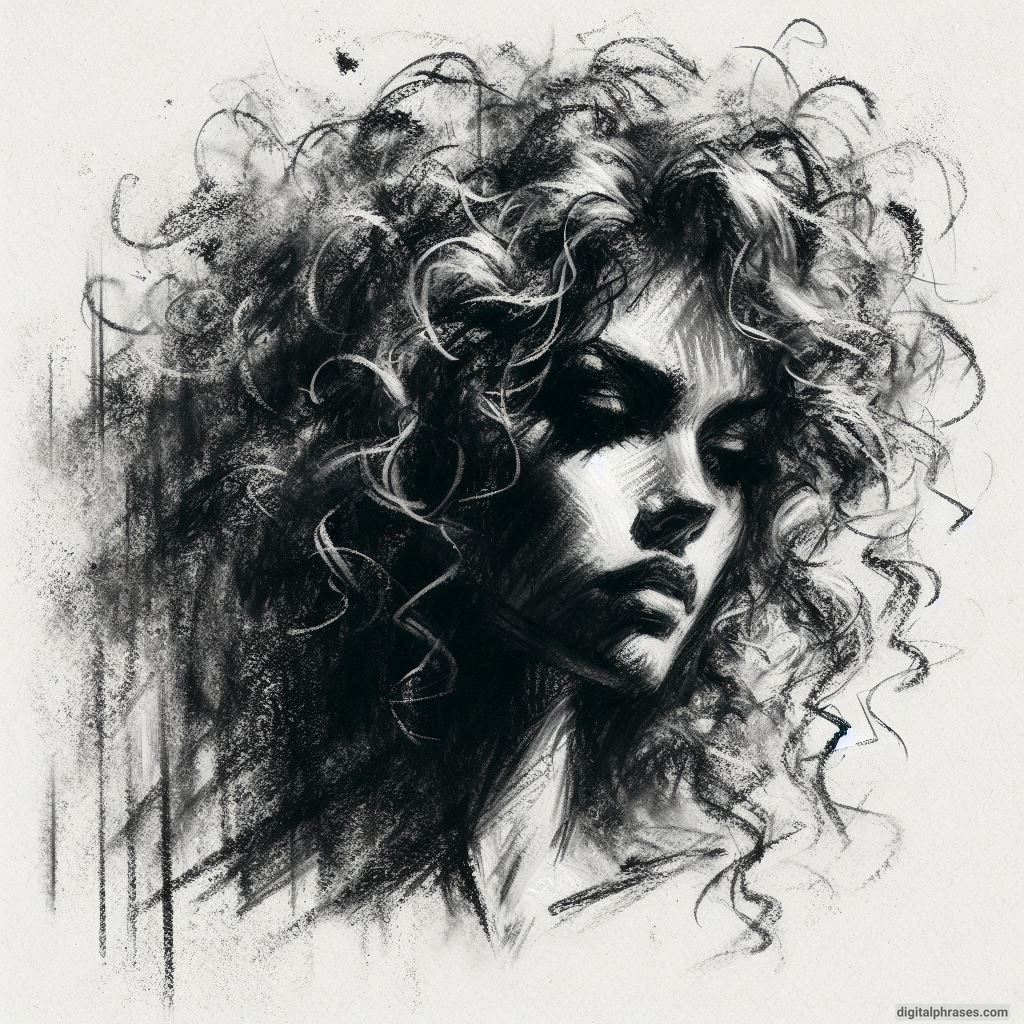
92

93
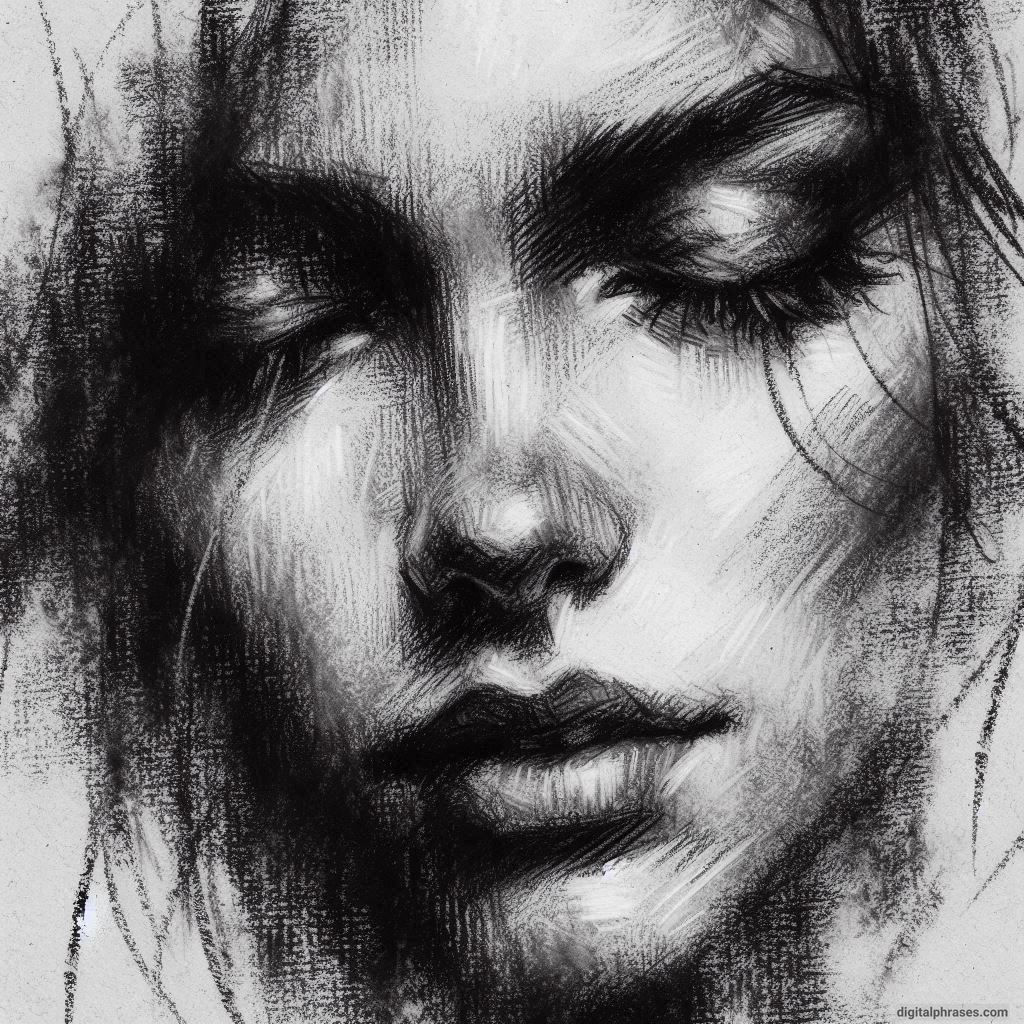
94
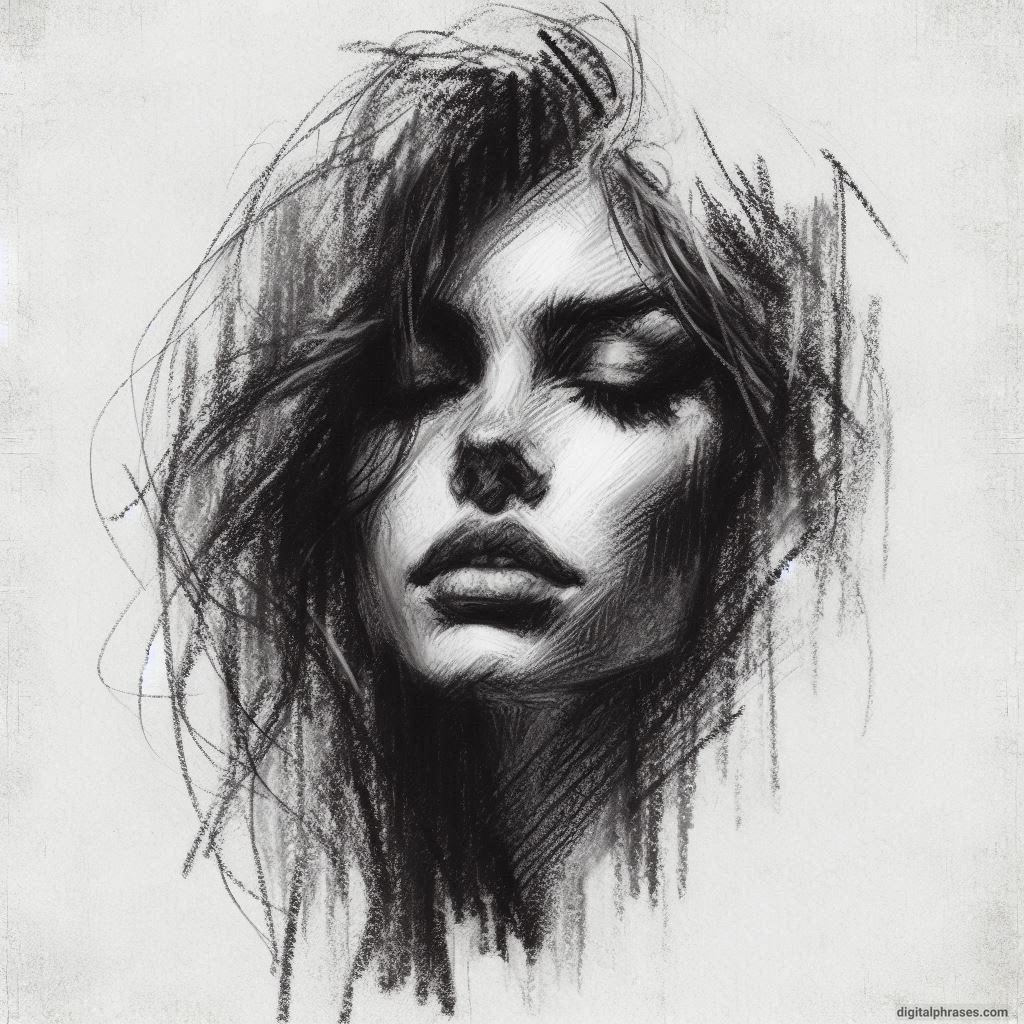
95
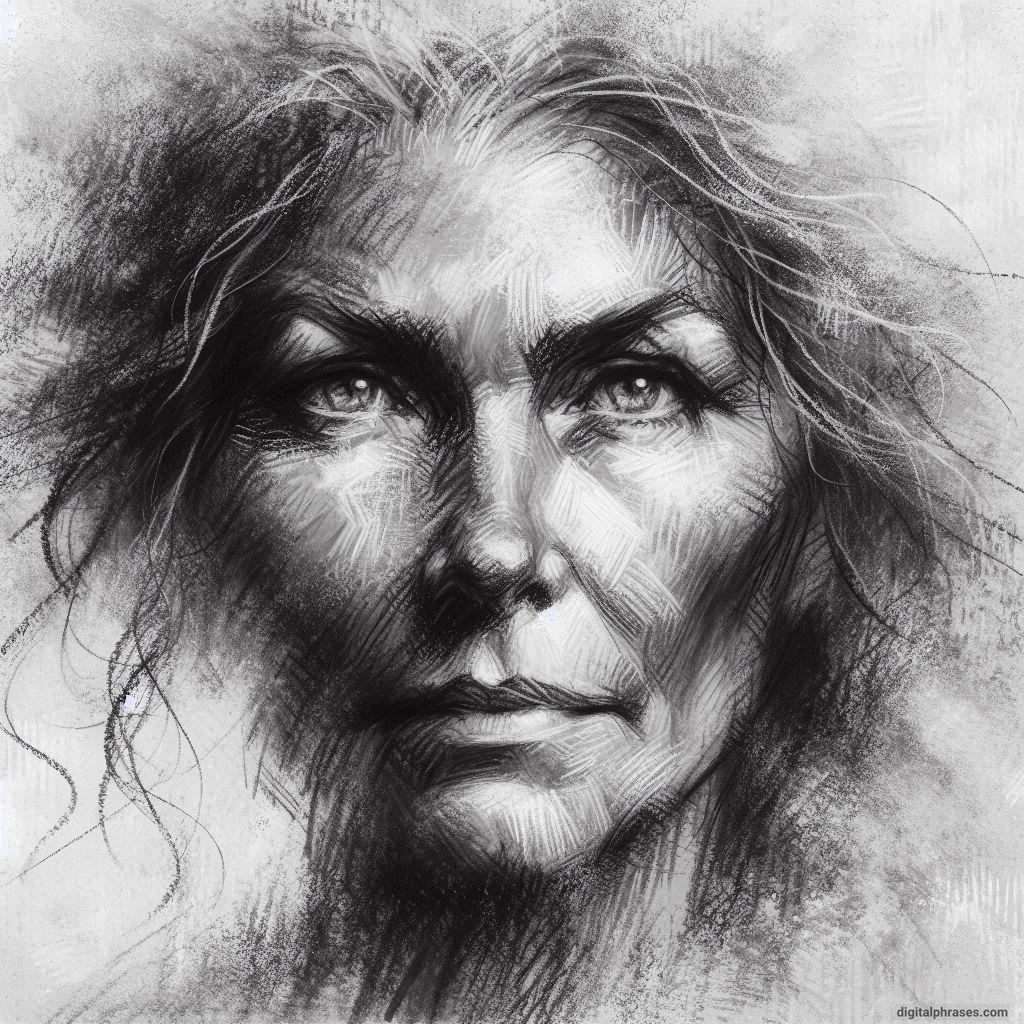
96

97
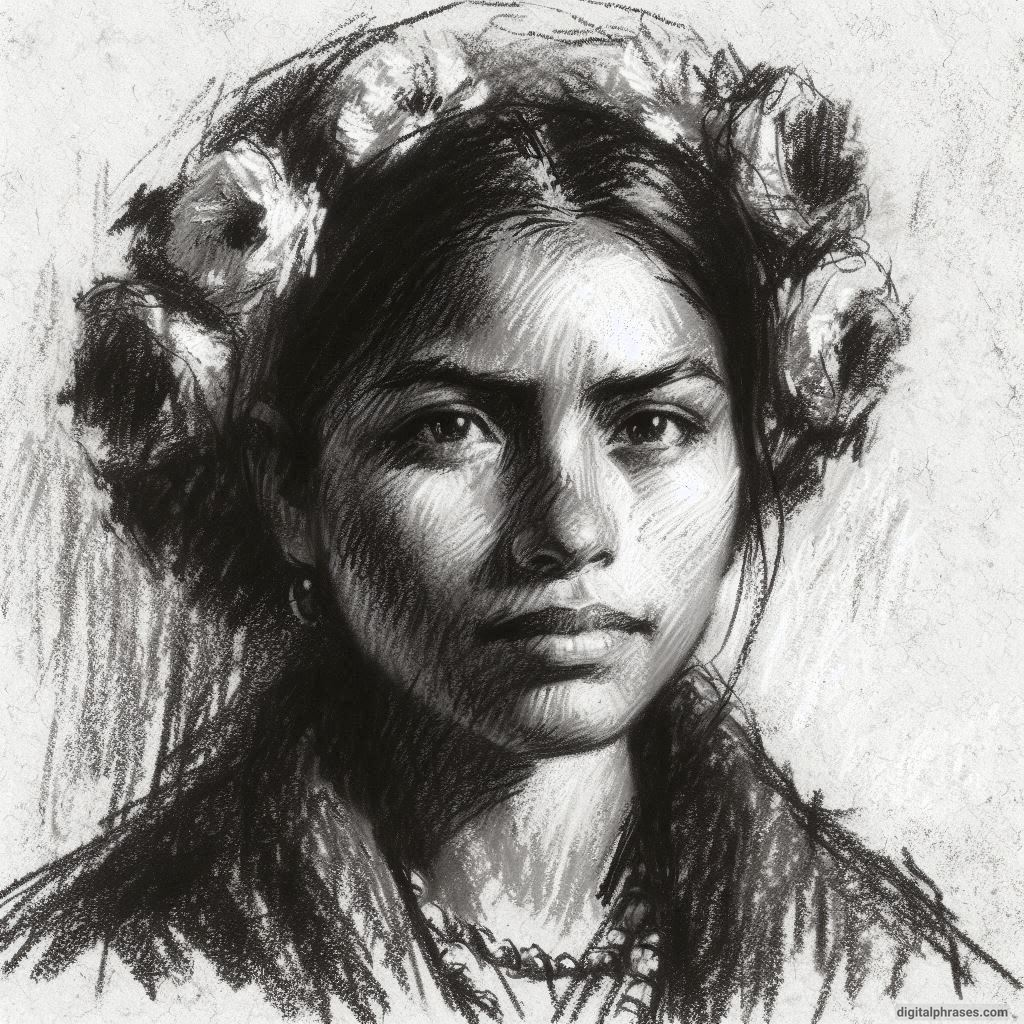
98
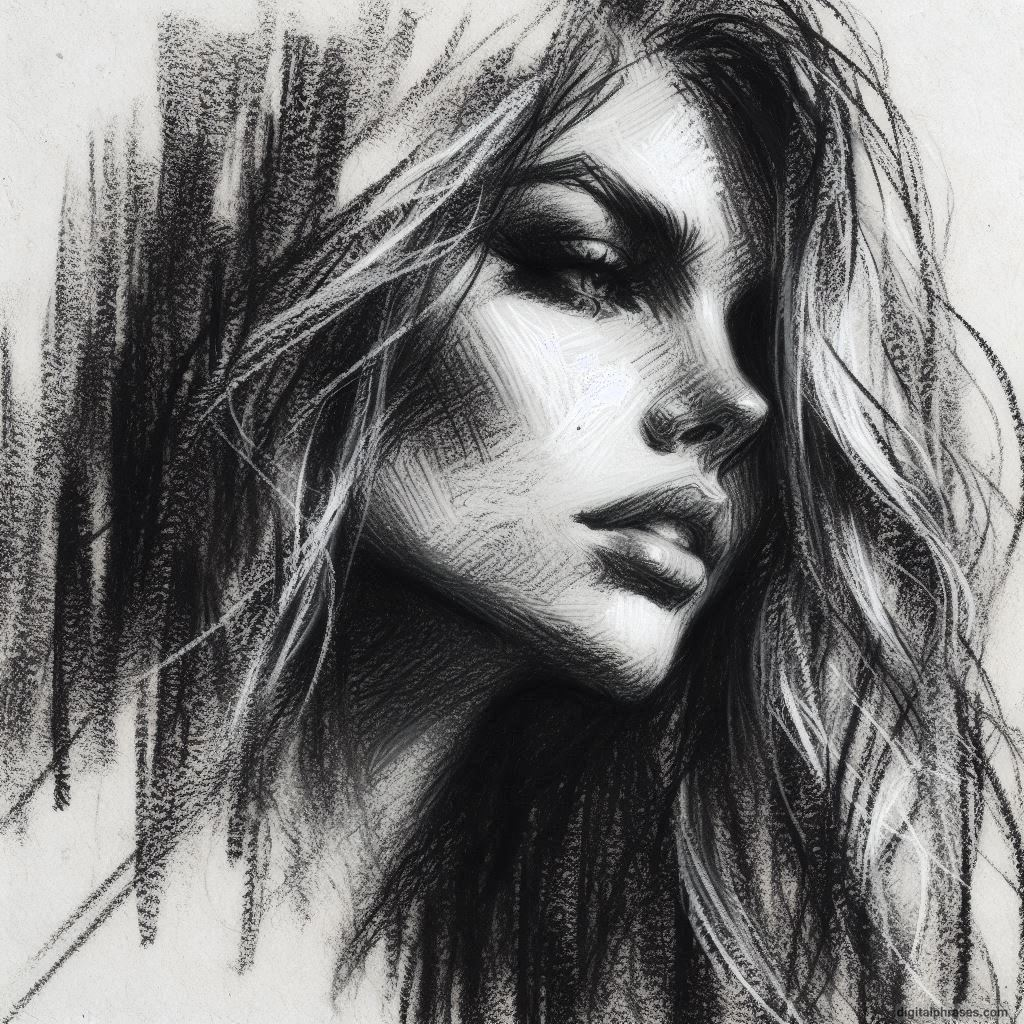
99
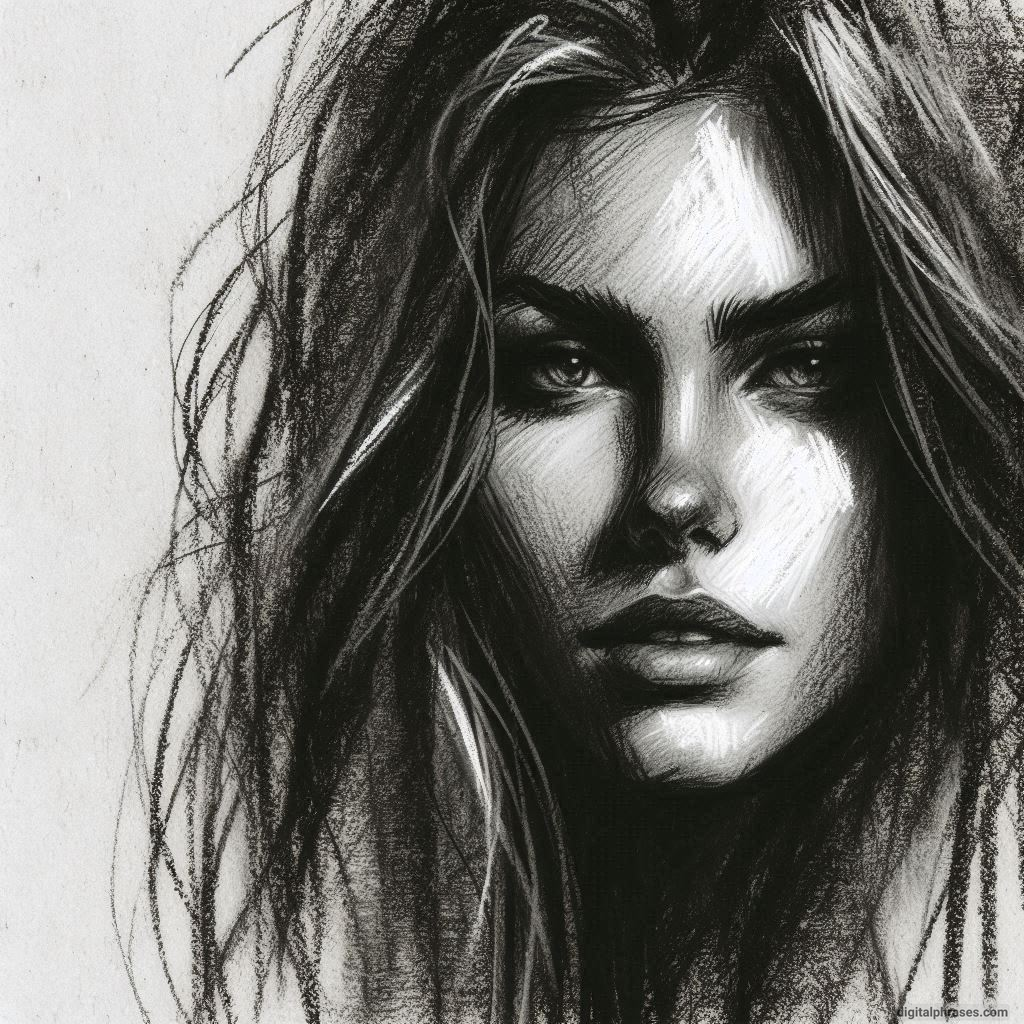
100
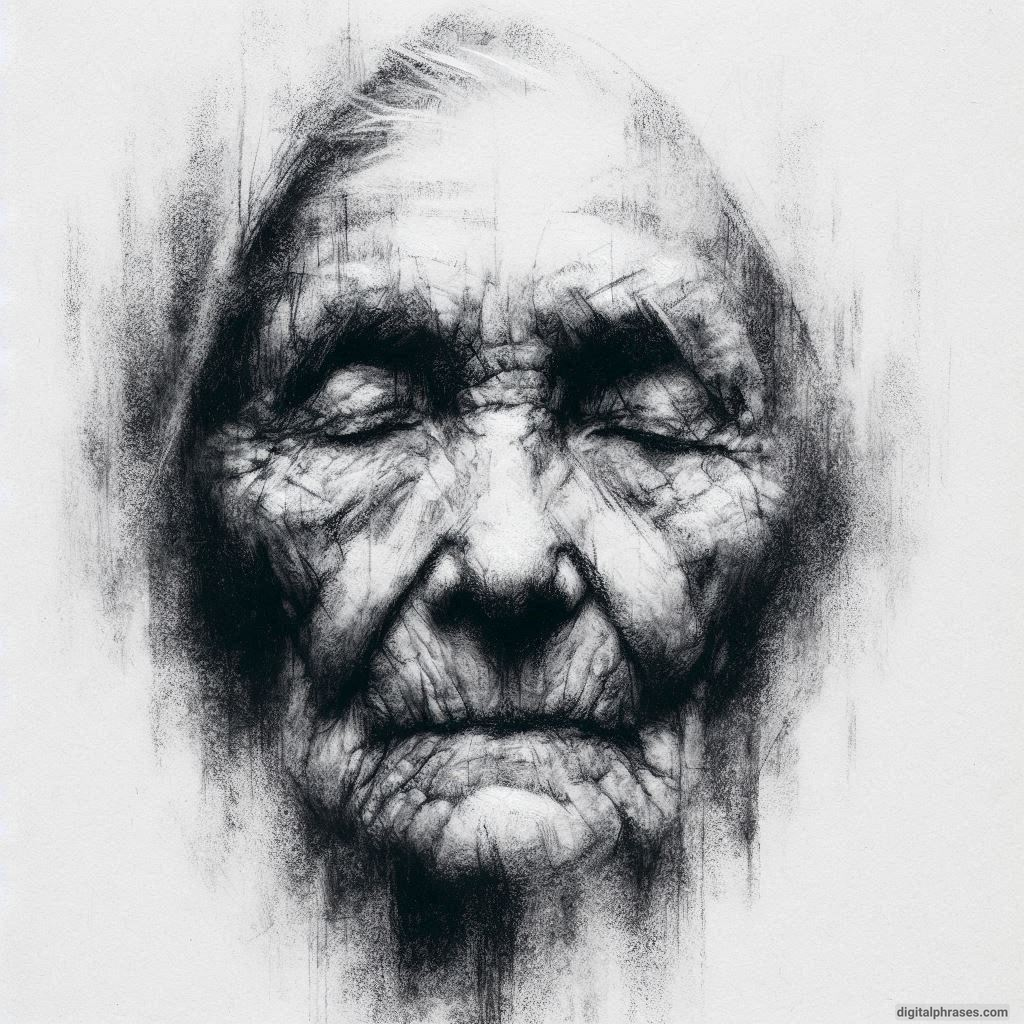
Things To Keep In Mind While Drawing a Person’s Face
1. Understanding Facial Proportions
Understanding facial proportions is fundamental when drawing a face. The human face has a general set of proportions that serve as a useful guideline, though individual faces may deviate from these averages.
Basic Proportions
- Symmetry: Most faces are roughly symmetrical, but perfect symmetry is rare. Small asymmetries give a face character and can be crucial in capturing a likeness.
- Head Shape: The head can be divided into halves and thirds. The top third includes the forehead, the middle third contains the eyes and nose, and the bottom third includes the mouth and chin.
- Eye Placement: The eyes are generally located halfway down the head. The space between the eyes is approximately the width of one eye.
- Nose and Ears: The bottom of the nose is usually at the halfway point between the eyes and the chin. The top of the ears aligns with the eyebrows, and the bottom aligns with the bottom of the nose.
- Mouth: The corners of the mouth typically line up with the pupils of the eyes.
Deviations and Realism
While these guidelines are useful, remember that individual variation is what makes portraiture interesting. Study the specific proportions of your subject’s face, and adjust your drawing to capture these nuances. Small deviations from the standard proportions are often the key to capturing a person’s likeness.
2. Capturing Expression and Emotion
Facial expressions are integral to conveying emotion and personality in a portrait. Understanding how to capture these can bring your drawings to life.
Observing Expressions
- Subtle Changes: Slight changes in muscle tension around the eyes or mouth can significantly alter an expression. Observe these carefully to capture the desired emotion.
- Dynamic Range: Practice drawing a range of expressions, from joy to anger to sadness, to understand how the muscles of the face work in different scenarios.
Techniques
- Focus on the Eyes: The eyes are often the focal point of a portrait. They can convey a wealth of emotions through subtle variations in shape and positioning.
- Mouth and Eyebrows: The shape and position of the mouth and eyebrows significantly impact the overall expression. Pay attention to their curves and angles relative to one another.
3. Mastering Light and Shadow
Light and shadow play a crucial role in defining the forms of the face. They create depth, emphasize features, and enhance the three-dimensional quality of a drawing.
Understanding Light Sources
- Direct Light: Direct light creates strong highlights and shadows, emphasizing the structure of the face.
- Diffuse Light: Softens shadows and highlights, often resulting in a more flattering and less dramatic appearance.
Shading Techniques
- Value Scale: Master a range of values from light to dark. This skill will help in creating realistic shadows and highlights.
- Gradation: Practice smooth transitions between light and shadow to depict the curvature of the face accurately.
- Reflective Light: Consider the light that bounces off nearby surfaces onto the face. This subtle illumination adds realism and dimension.
4. Studying Anatomy and Structure
A thorough understanding of the underlying anatomy of the head and face is crucial for realistic portraiture. This includes the skull, muscles, and skin.
Key Anatomical Features
- Skull Structure: Familiarize yourself with the basic shape and features of the skull. This knowledge will help you understand how the skin drapes over the bones.
- Muscles: Learn about the major facial muscles and how they contribute to expressions and facial contours.
- Planes of the Face: Study how the face can be divided into planes, which helps in understanding how light interacts with the surface.
Applying Anatomy
- Gesture Drawing: Practice quick sketches to capture the essence of a pose or expression, focusing on the underlying structure rather than surface details.
- Detailed Study: Spend time studying and drawing the skull and muscles in detail to deepen your understanding of their impact on the surface appearance.
5. Developing a Personal Style
While technical skills are essential, developing a personal style can make your work distinctive and memorable. Your style is a reflection of your unique perspective and approach to art.
Experimentation
- Mediums and Tools: Experiment with different mediums, such as pencil, charcoal, ink, or digital tools, to discover what suits your style best.
- Techniques: Try various techniques, from realistic shading to more abstract approaches, to see what resonates with you.
Finding Inspiration
- Study Other Artists: Analyze the work of artists you admire. Understand their techniques and how they capture the essence of their subjects.
- Life Drawing: Practice drawing from life as often as possible. This practice will hone your observation skills and help you develop a more intuitive sense of style.
Consistency and Evolution
- Consistency: Strive for consistency in your work, but remain open to change and growth.
- Feedback and Reflection: Seek feedback from peers and mentors, and regularly reflect on your progress and areas for improvement.
Remember, the key to mastering portrait drawing lies in observation, practice, and a willingness to learn and adapt. Each face you draw offers a new opportunity to refine your skills and explore your artistic voice.
Embrace the challenge, and enjoy the journey of capturing the unique essence of each individual you portray.

